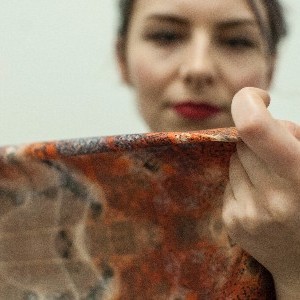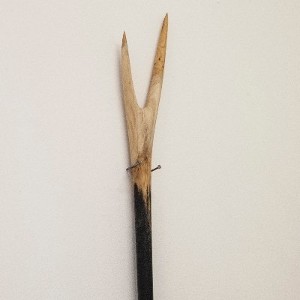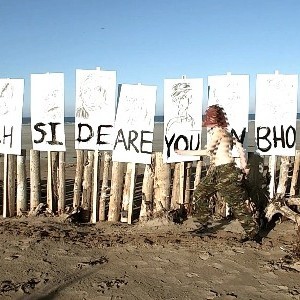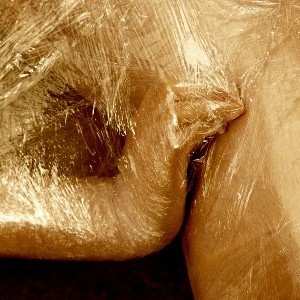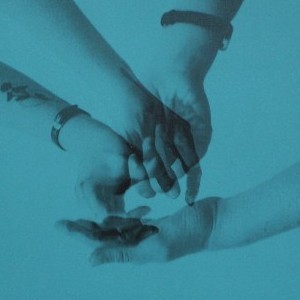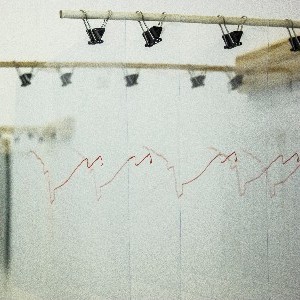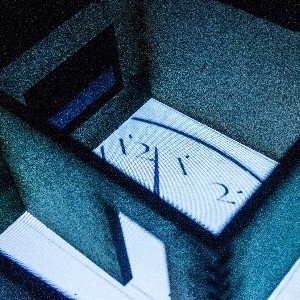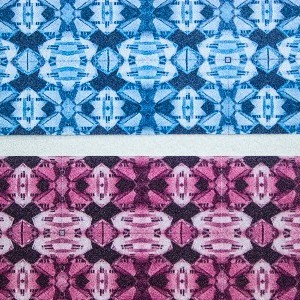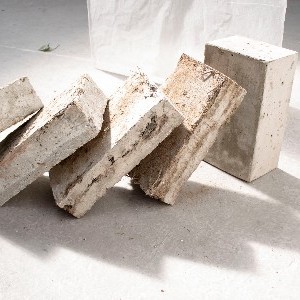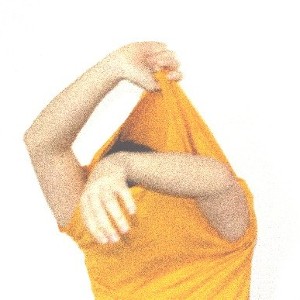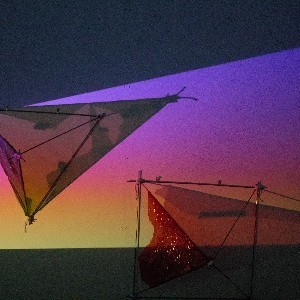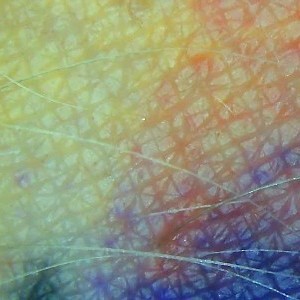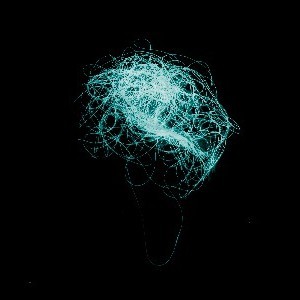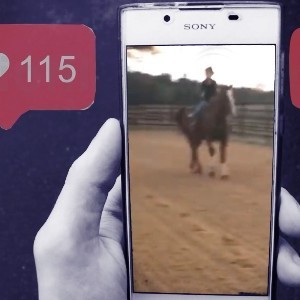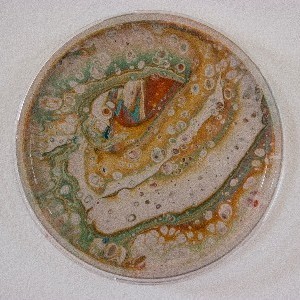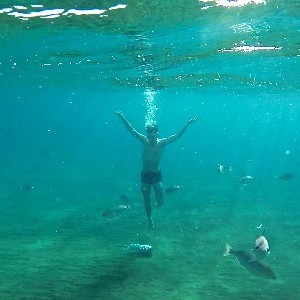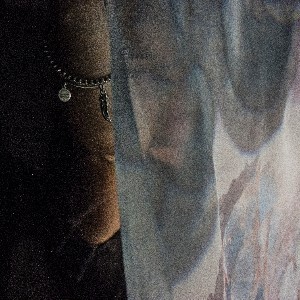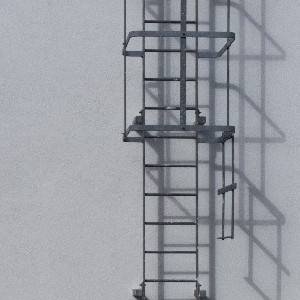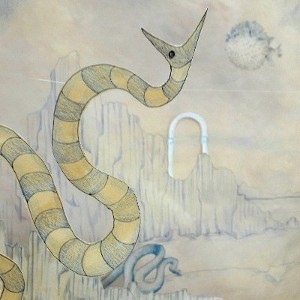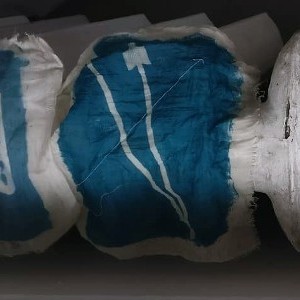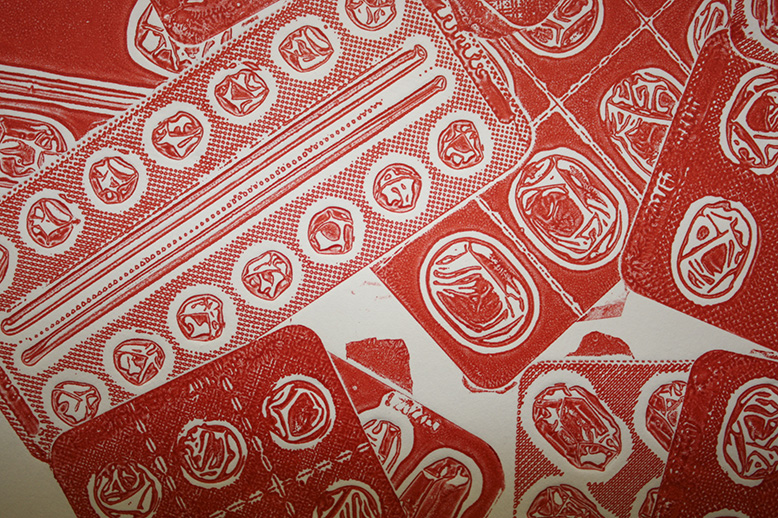Dismantle - Graduate Showcase
The final year students of the BA (Hons) in Fine Art & BA (Hons) in Contemporary Applied Art will showcase their final year projects at 6:00pm Friday, 7th June 2019, the exhibition continues until Friday, 14th June 2019.
The Crawford College of Art & Design, Sharman Crawford Street Campus, will be transformed into a gallery space for this student-led exhibition. We look forward to seeing you there.
Exhibition Open:
11am to 6pm, from Saturday 8th June to Friday 14th June
(late opening Thursday 13th June until 8:00pm)
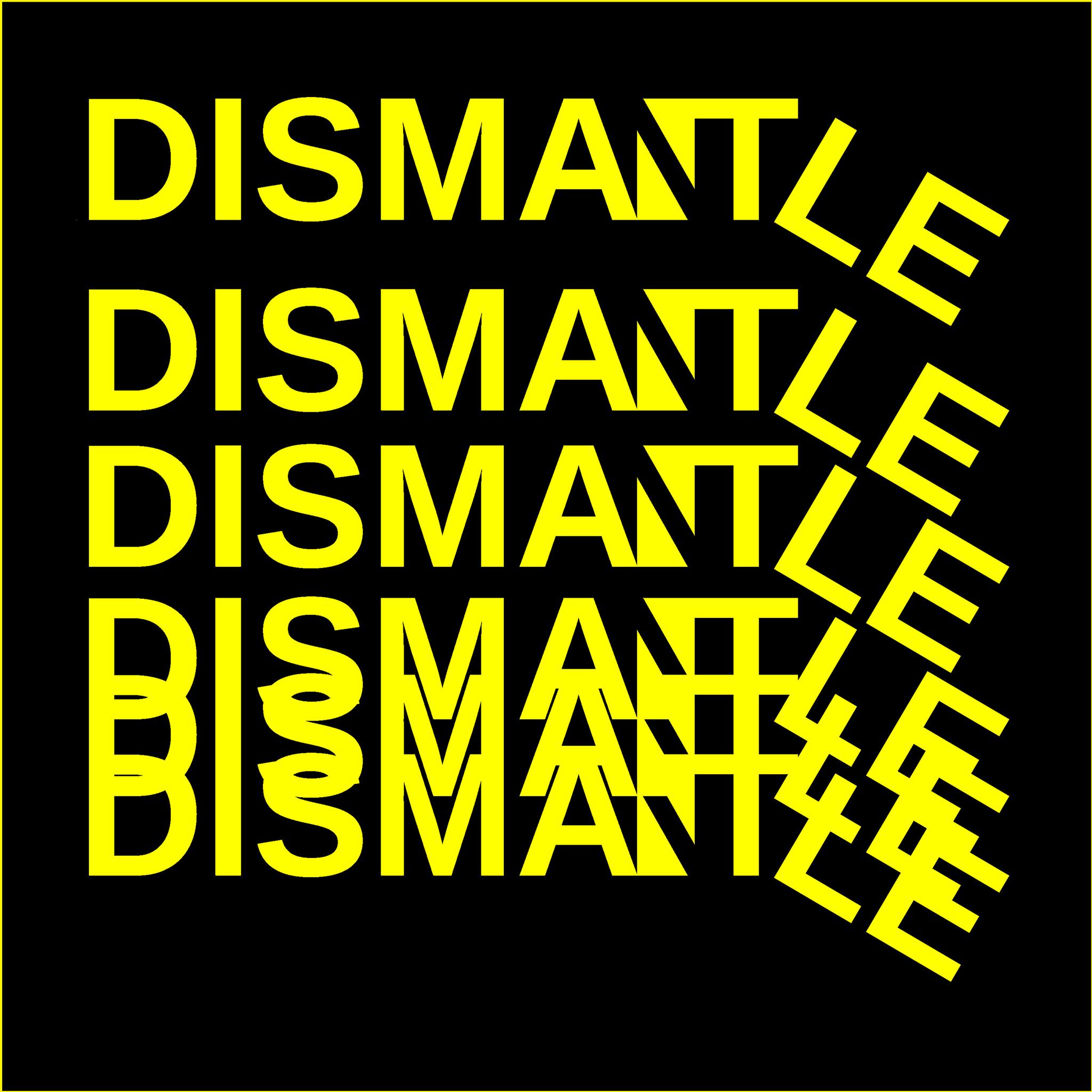
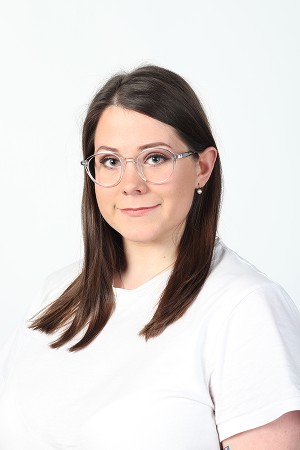
Through glass and multimedia I question personal feelings of guilt and privilege. My volunteering experiences in Cambodia & India heavily influences this body of work. I believe that in a world where we are bombarded with media and news that we have become desensitised to global issues. When I read of devastating news from the smartphone in my hand I feel a disconnect from the reality. Through my work I am on a journey to reconnect with the local, national and global community.
Instagram: charlie_mcb_visualart
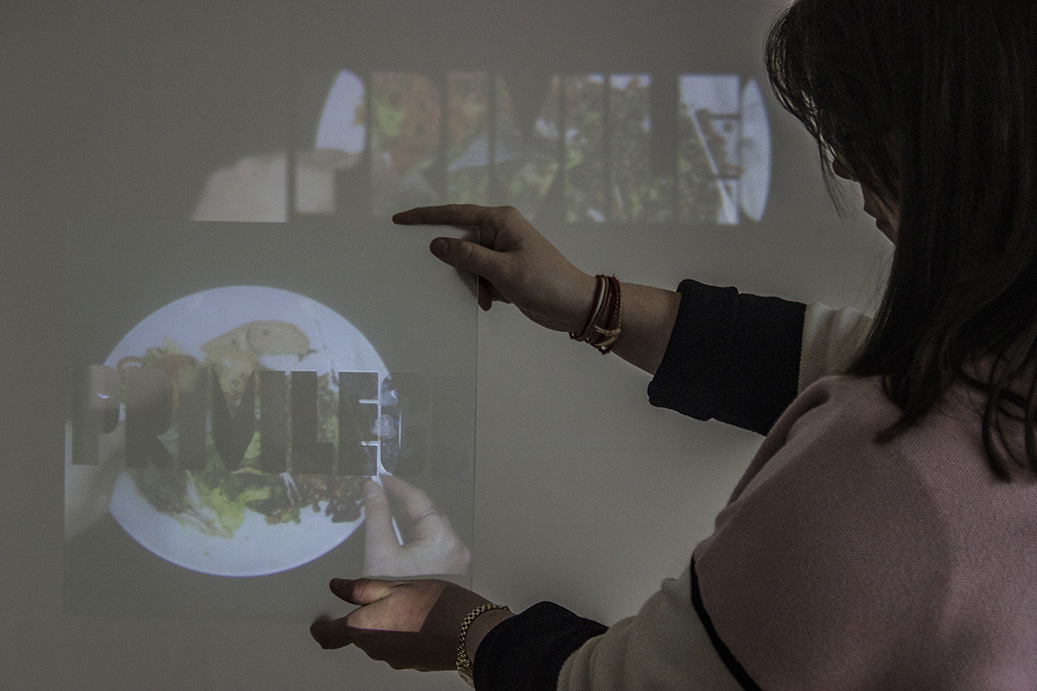
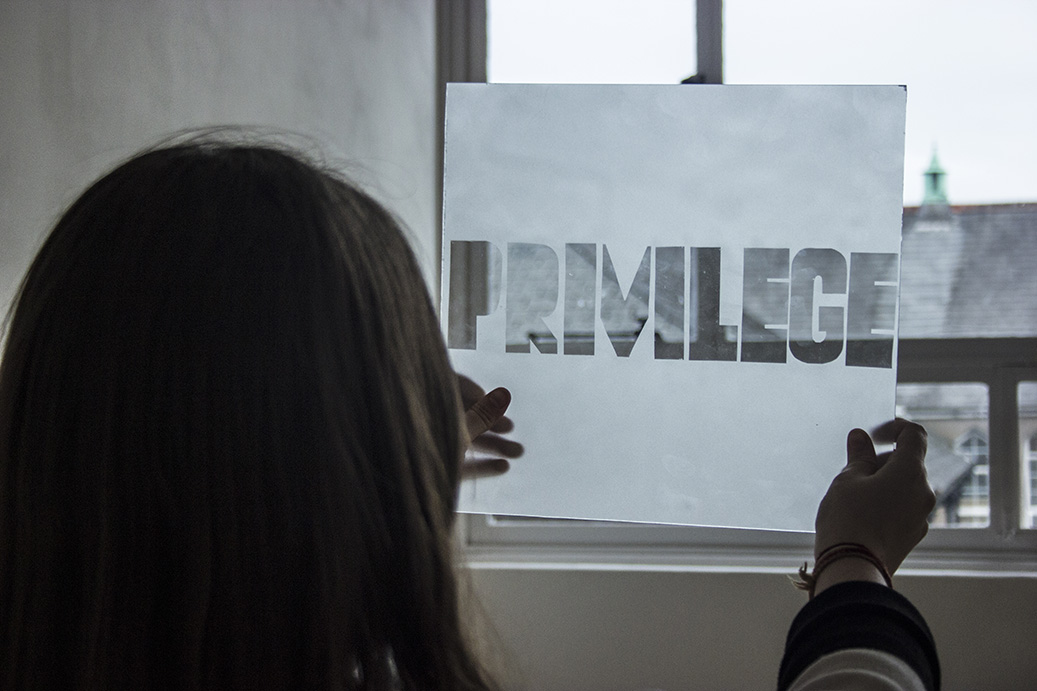
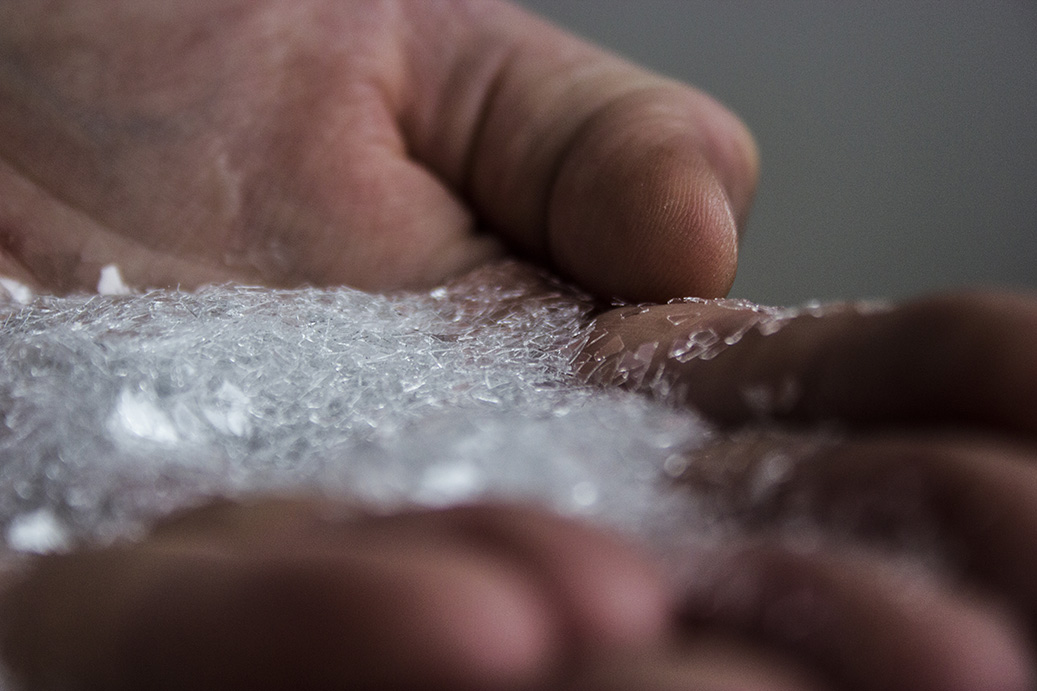
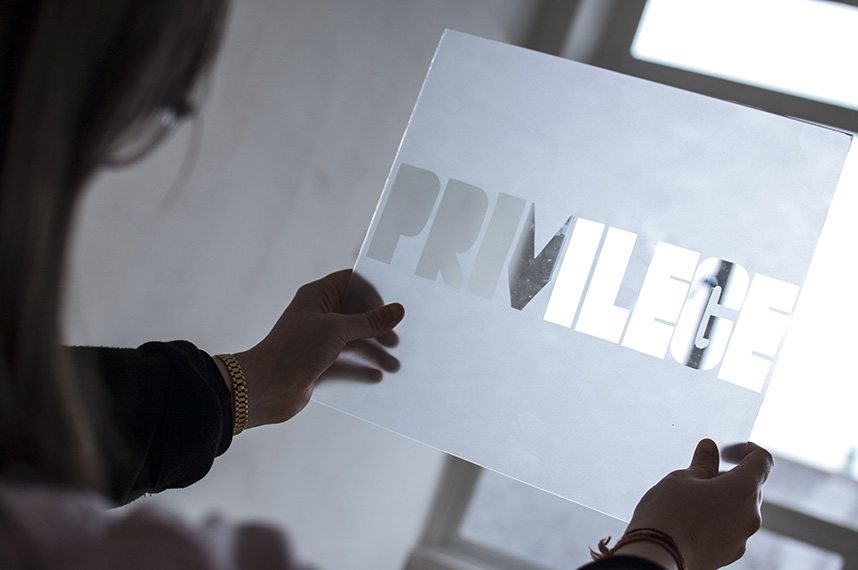
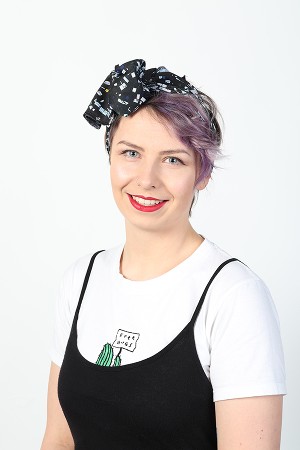
Drawing attention to world humanitarian issues takes prominence within the work. By utilising innovative pigments, such as thermo-chromatic and conductive paint the work resides in the present.
The work is in a state of continuous change; a state of unrest. This change is dependent on environmental factors, body temperatures and areas of contact. This continuous change is symbolic of the current instability of the world.
The interaction of the human body with the work is essential as it encourages a deeper connection with the work. I seek to highlight the fact that fundamentally we are all human beings.
Instagram: dianekeatingdesign
Email: dianekeatingdesign@gmail.com
Wordpress: www.dianekeatingdesign@wordpress.com
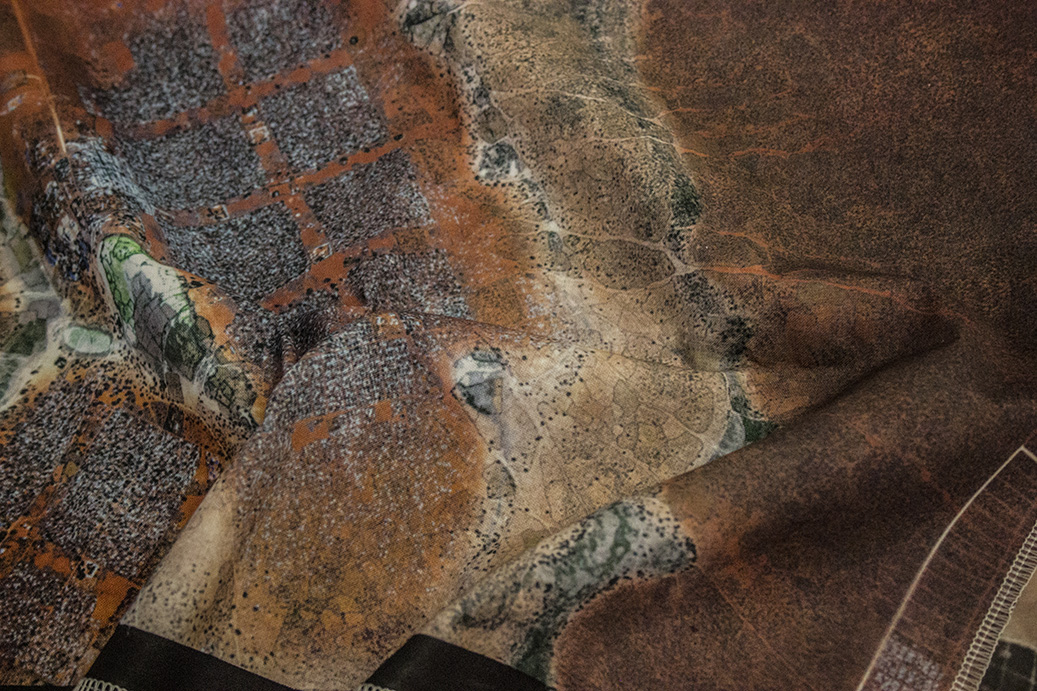
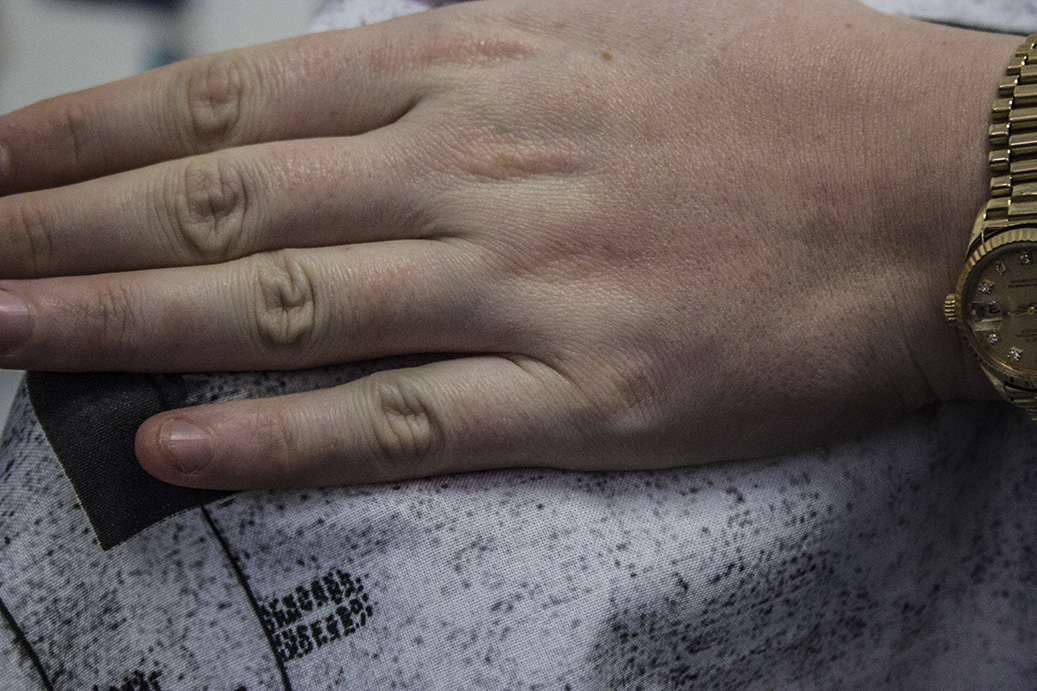
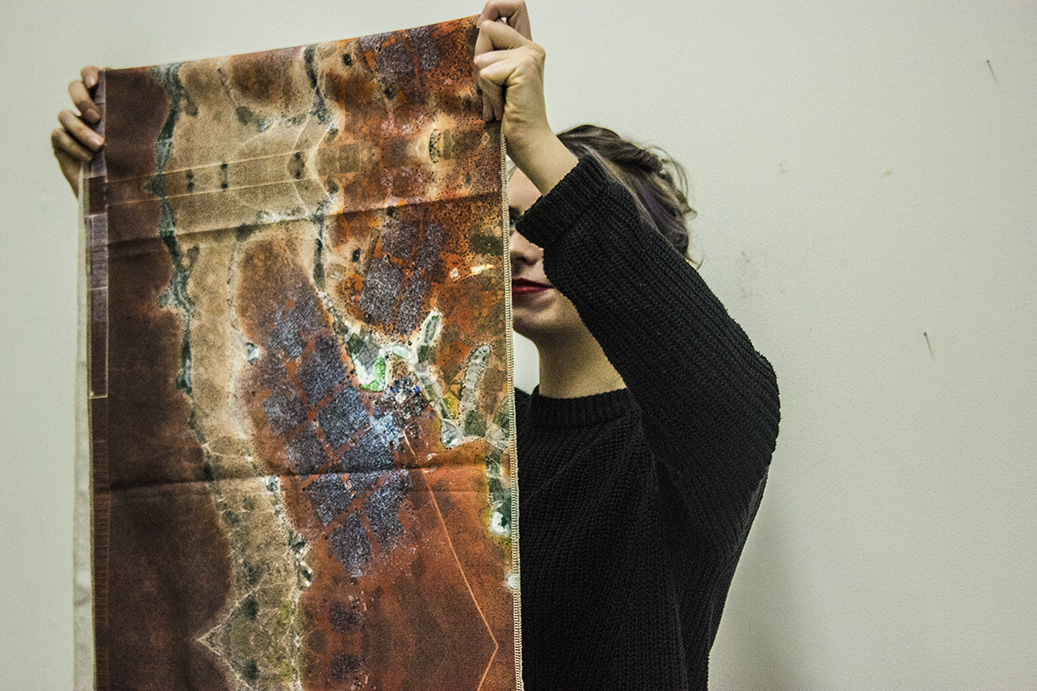
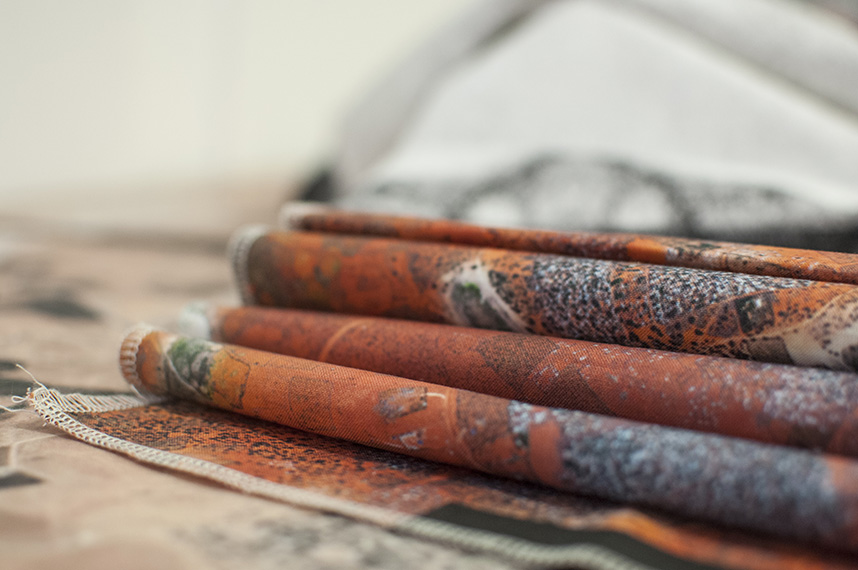
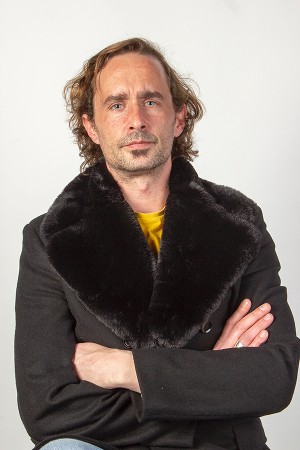
This body of work is a research into Mortality and Time, aspects of the human condition common to everyone’s life. These pieces are a mediation between a personal and the universal experience of these certainties.
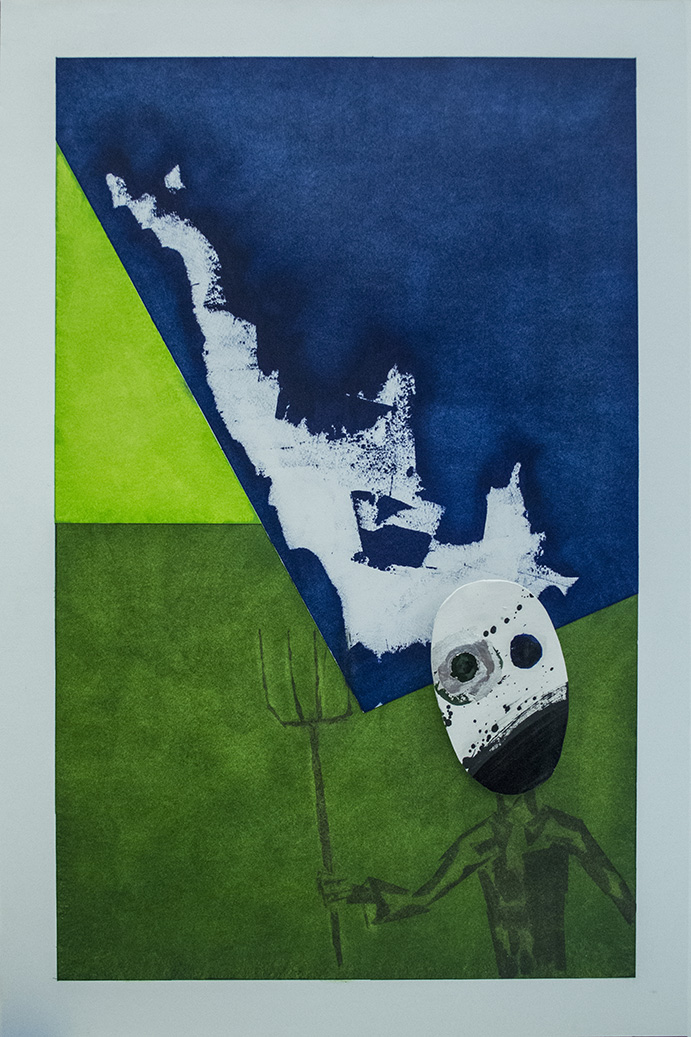
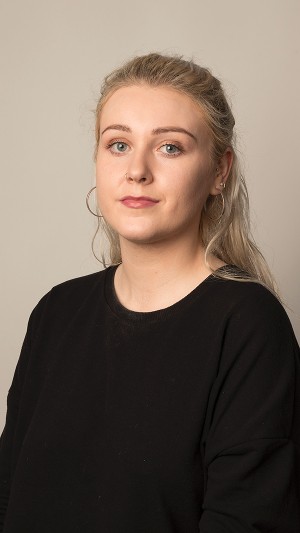
Christianity has depicted women in a manner that served to enforce a Madonna/whore dichotomy, often through portraying them as wild beasts. Extensive associations between women and wildness exist in religious writings and the fairy tales they influenced, portraying females as lesser and closer to nature than man, with frequent reference to the idea of animal brides. Such writings warned men of the inherent wild, alienness of women and often suggested that females could not be trusted with the keys to their own freedom because of their feral nature. These representations were often utilised as a method of control, particularly during times of economic or social instability. This control was necessary to enforce women’s roles and dictate their behaviour, while drawing on the population’s superstition and fear of the “other” to villainize and persecute those who did not fit the norm.
A common association between women and beasts exists in horse symbolism (typically relating to status, control or sexuality) where women were depicted as unruly creatures in need of being bridled and tamed. Mastering a horse was a mark of a gentleman and controlling its power reflected one’s ability to rule people. This power and control sometimes bear sexual connotations, with women frequently being equated to horses, and men possessing mastery over both.
My work will explore this topic through playing with ‘bridal’ and ‘bridle’ associations (playing with symmetry, which is a common theme in religious writings). I will explore the concept through photography and use fabric as a sculptural material, changing its typical qualities through a process of hardening and manipulation (fabric acting as reference to bridal veiling, with fabric also representative of typical ‘female’ qualities – softness, gentleness etc.) Material-wise, I am interested in the physical qualities of the fabric. Before manipulation it is soft and ‘feminine’, but after it is hard and ridged and can be made to appear more like metal through painting and embellishment. The bestial pieces will take form through this process, with the physical qualities of the material being transformed – fabric that is now hard, metal that is actually soft/weak.
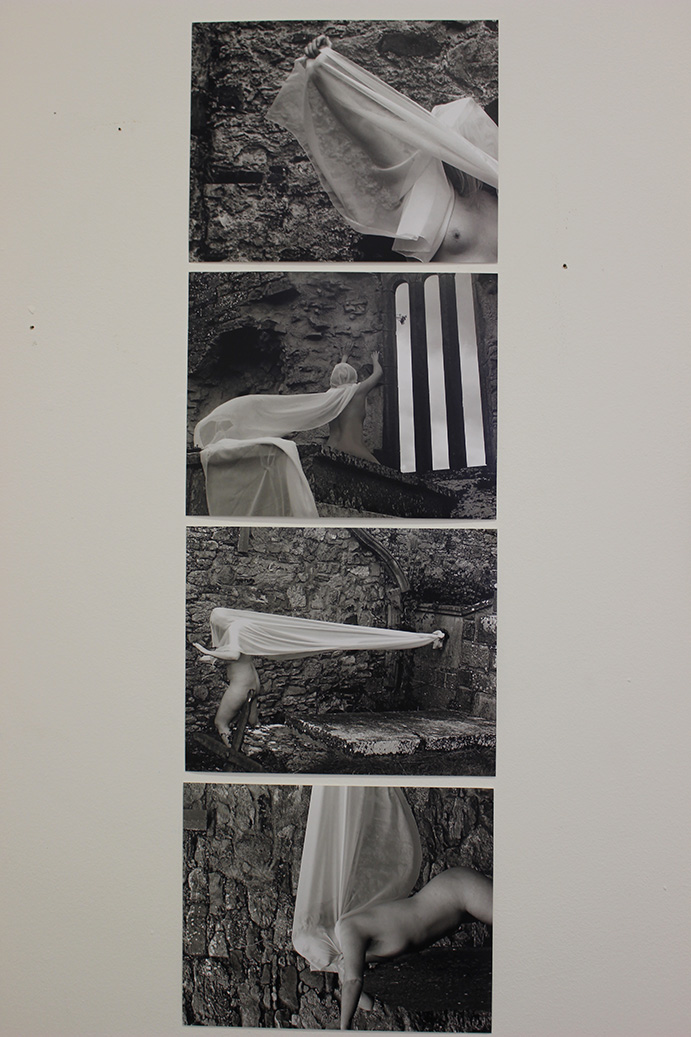
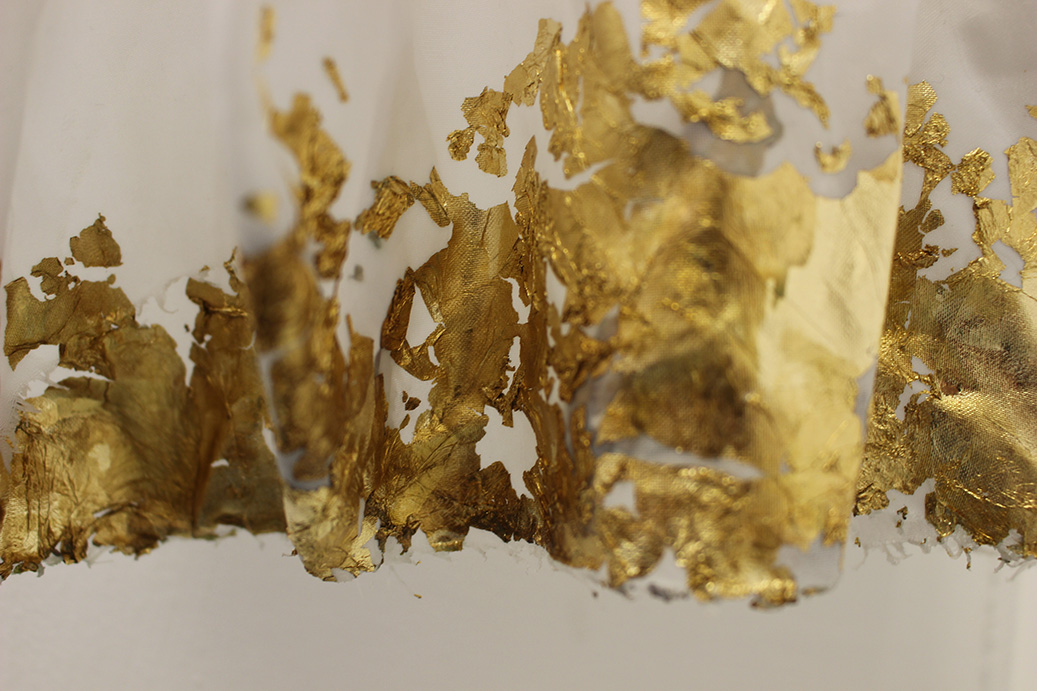
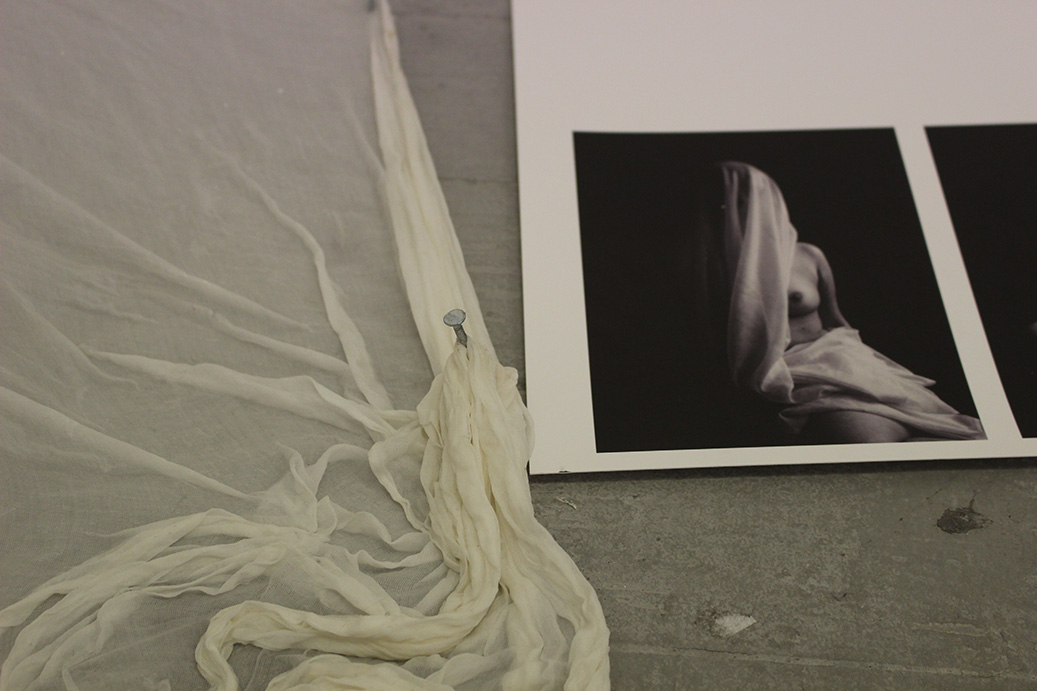
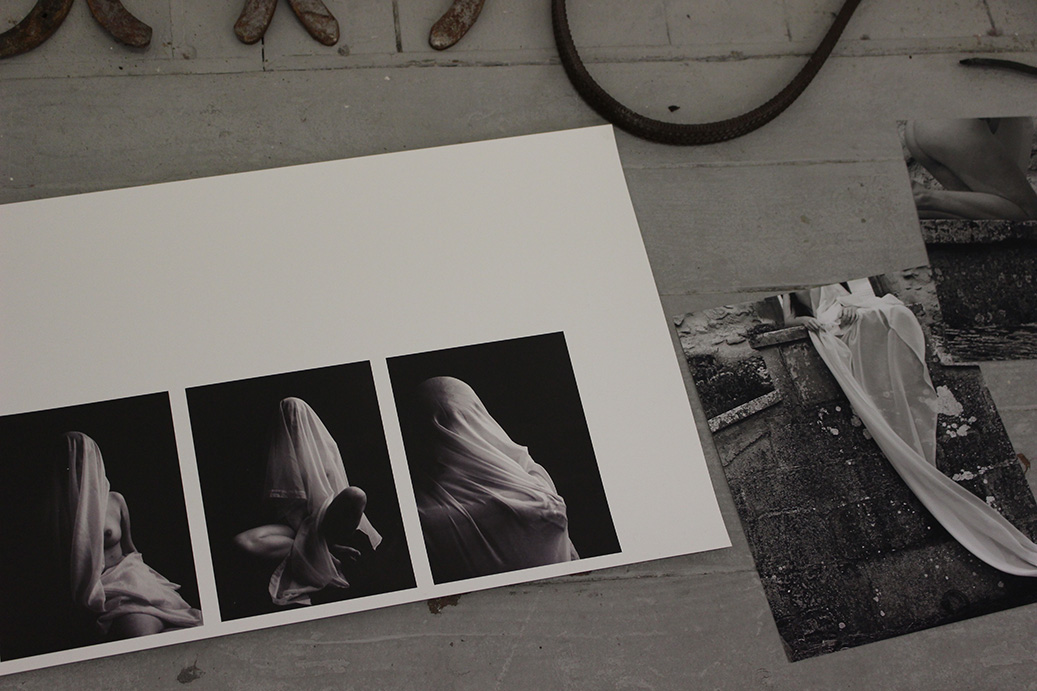
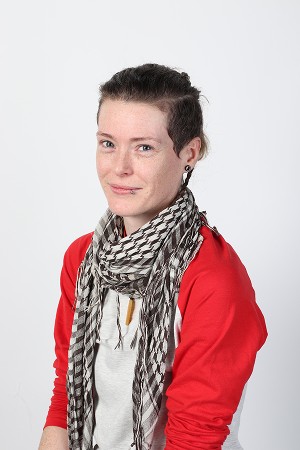
My intent is to find ways of bridging the gap between contemporary applied arts and ‘play’ or tactile arts. This, in a sense, is an homage to the research I’m undertaking into Maud Cotter, Carsten Höller and Toshiko Horiuchi-MacAdam, and their shared concerns with touch, play, spaces and architecture. Art can be far greater than a still object in a room and can give vast insight into experiences of learning. Accessing personal memories of childhood play, I want to recapture some moments in the now, for example, building camp forts and triggering archived memories of universal childhood materials and experiences, all of which welcomes viewer interactions. Via contemporary art materials, I explore the playful potential of these pieces of work.
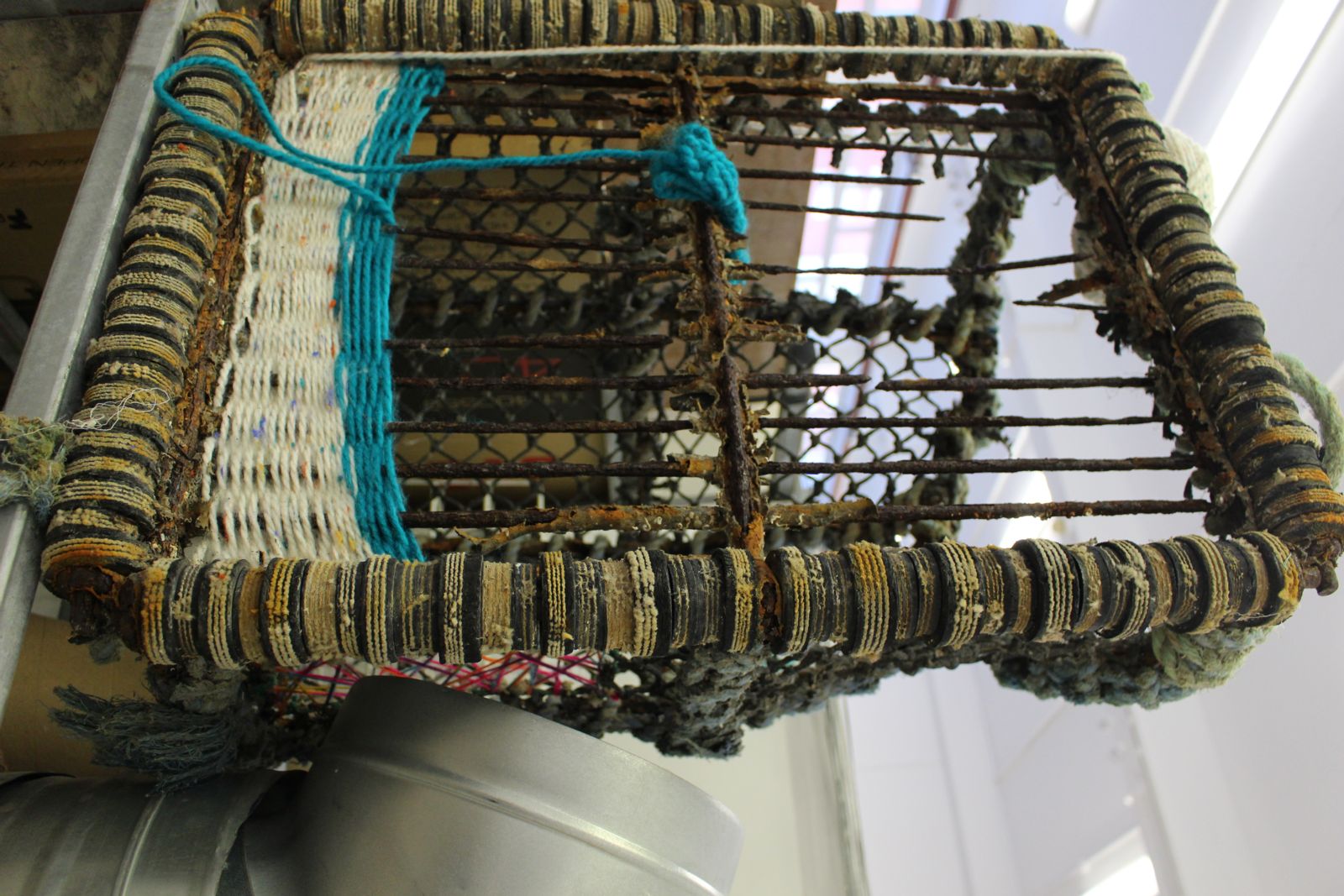
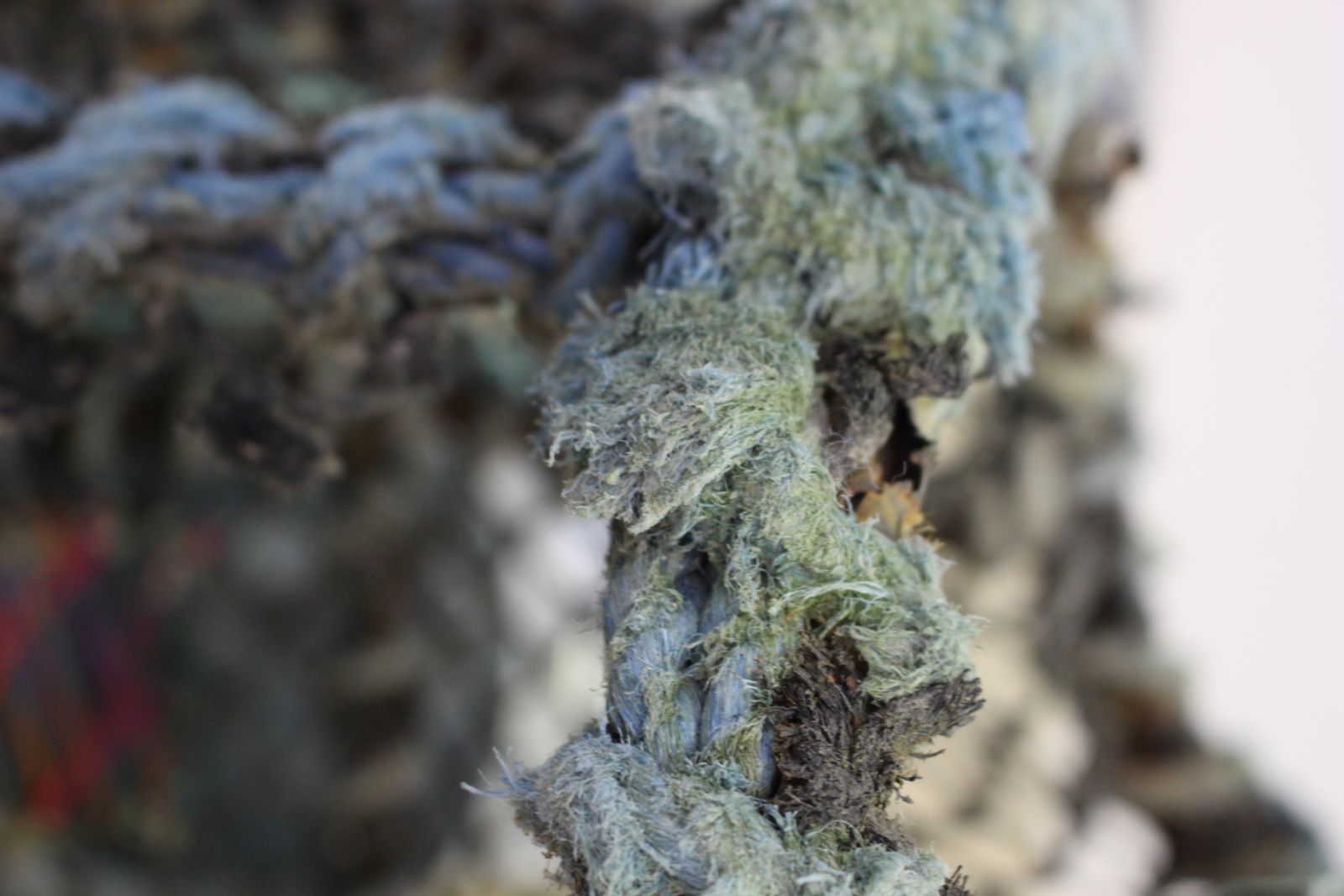
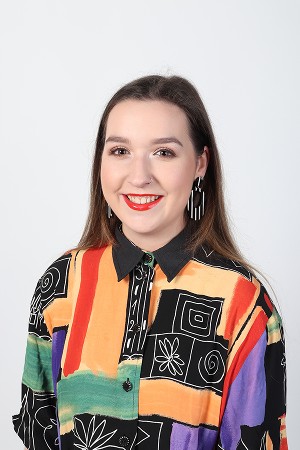
My work has always dealt with the experimentation of colour and pattern. By using universal subject matters to generate my designs it has allowed my work to become more focused and refined. The main themes seen throughout my patterns is nature, growth and texture.
I like to play with all of the possible colour combinations and colour schemes there is. This helps me to choose which one best suit’s the pattern created. I believe that each colour conveys their own mood and characteristics.
I create my designs by combining components of hand drawing and photoshop. Once the pattern is complete and the colouration is decided it is then printed onto to fabric where further manipulation takes place. I often use hand stitching and embroidery to add texture and dimension to the work.
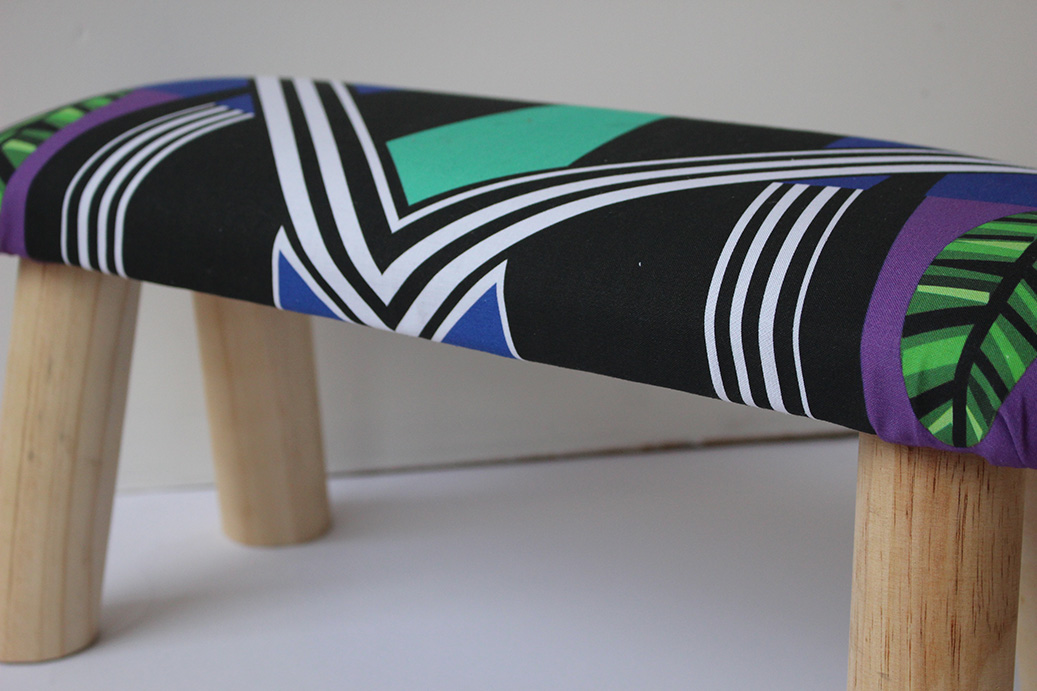
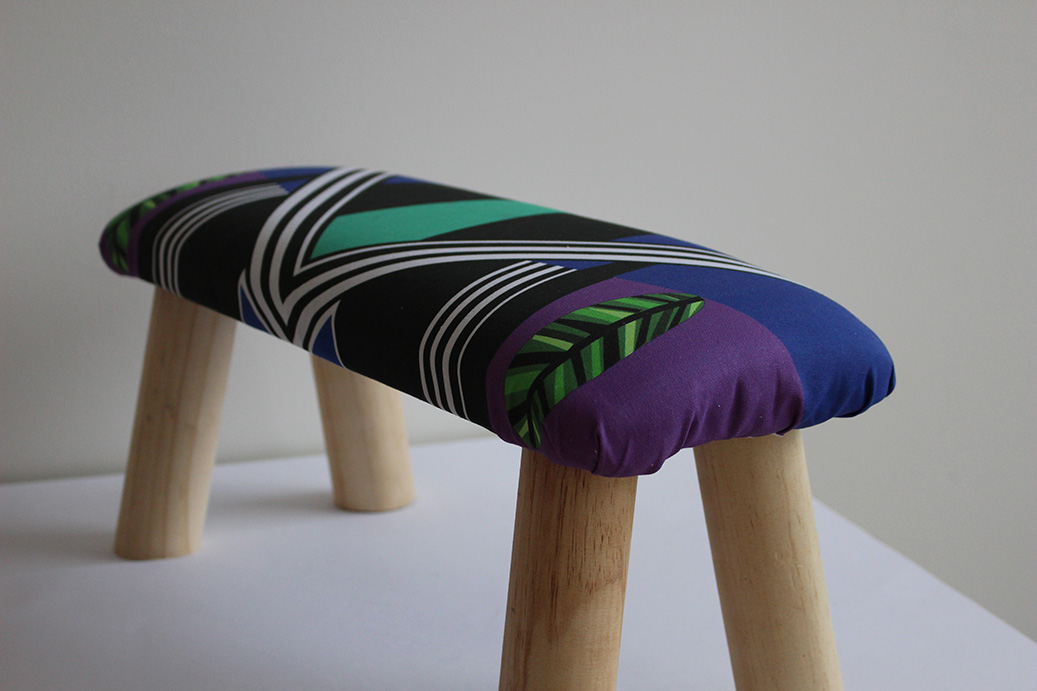
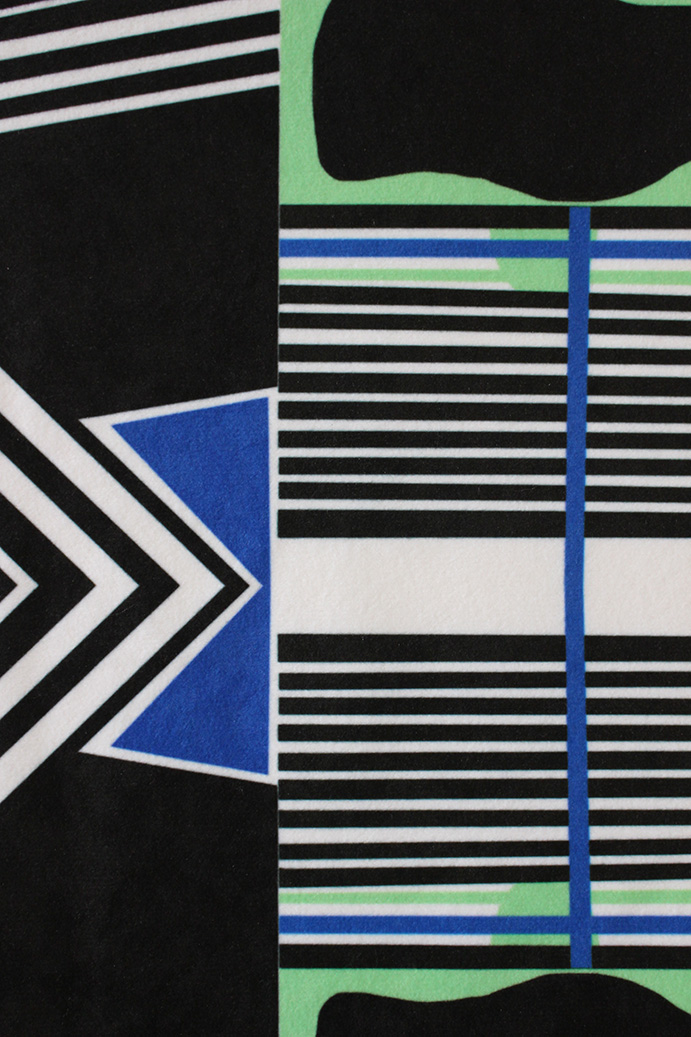
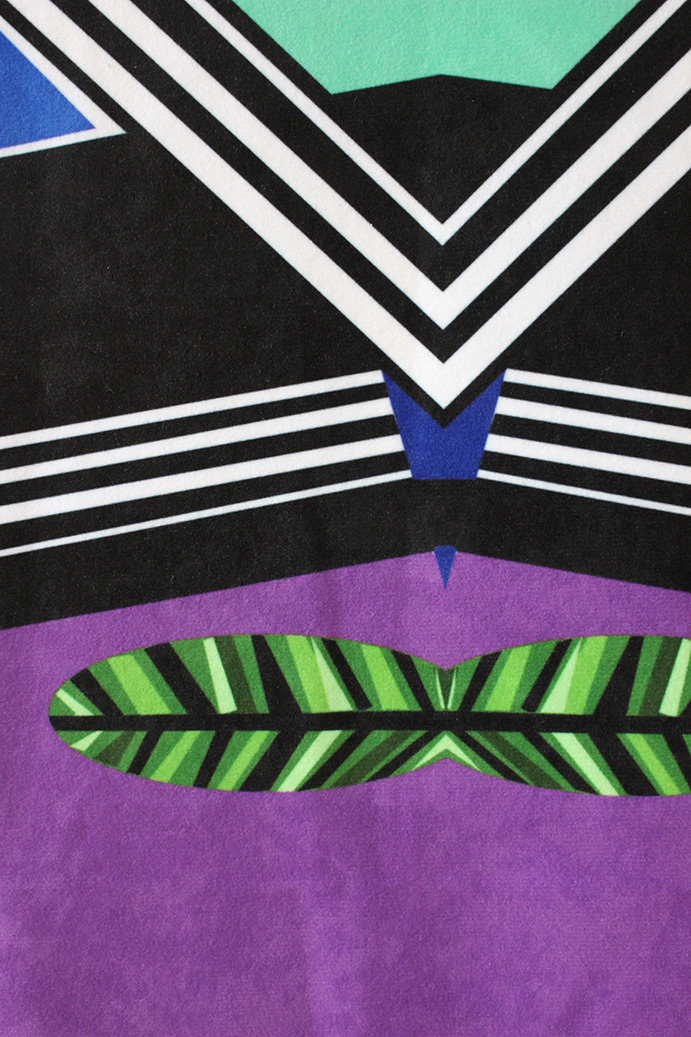
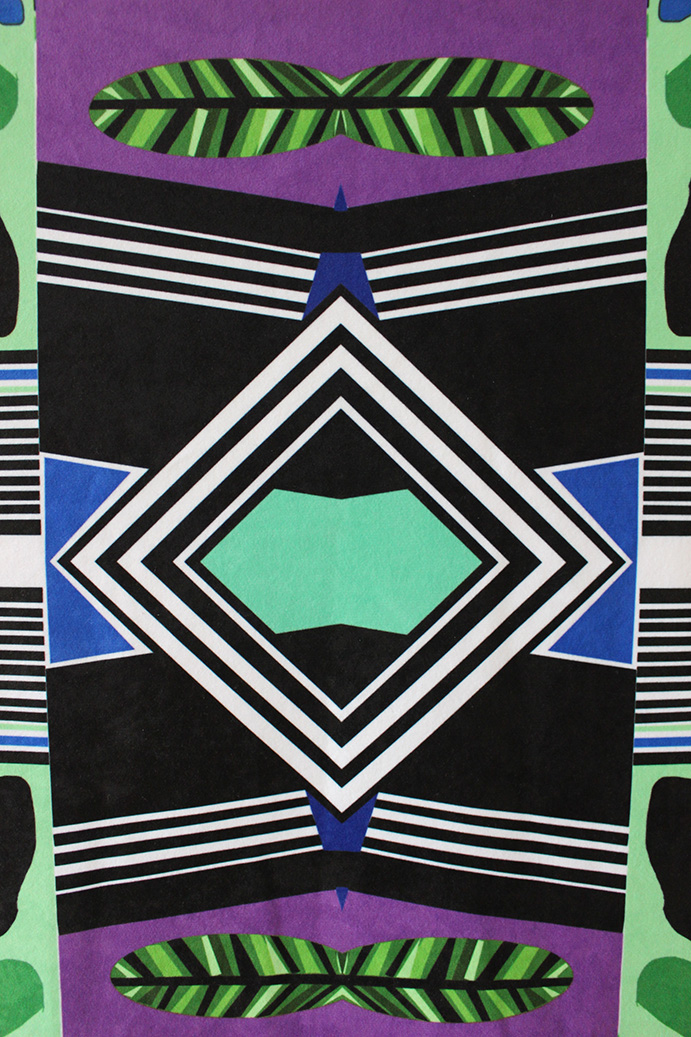
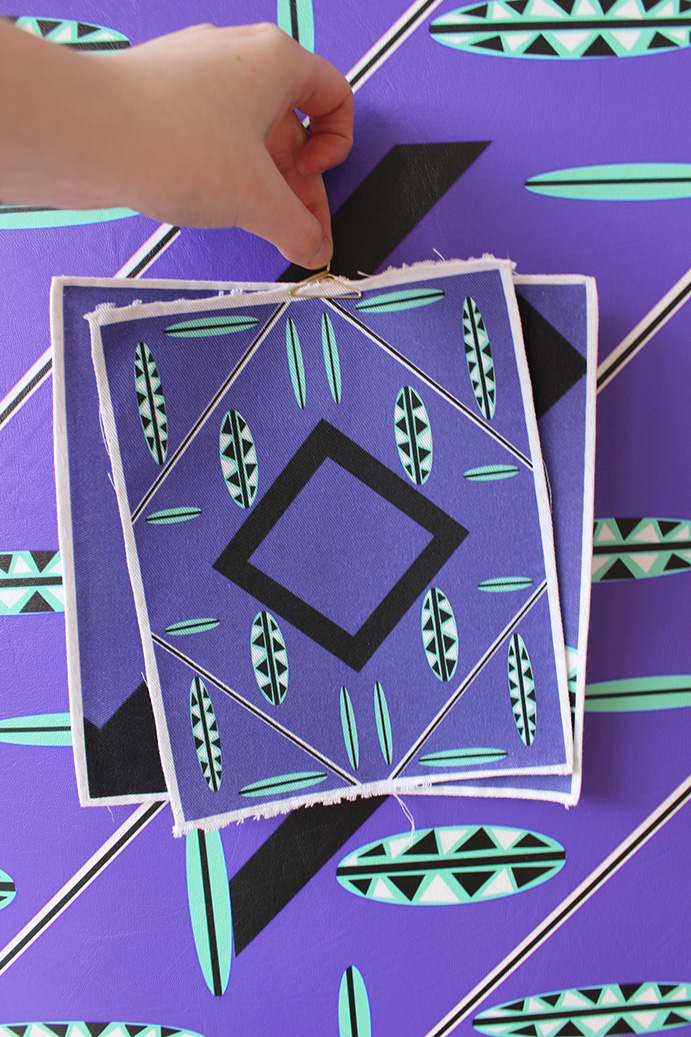
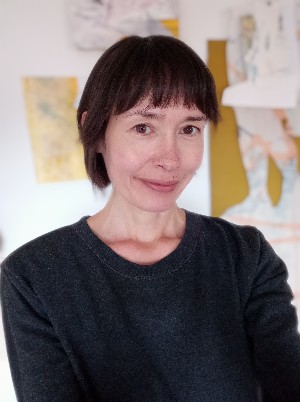
My work has been addressing states of transience and renewal, natural and aesthetic, across form, time and image. I’m interested in the slip and glimpse between representation and meaning, how one might engage with what feels both foreign and familiar, and how objects and spaces take on different meanings in our eyes and minds.
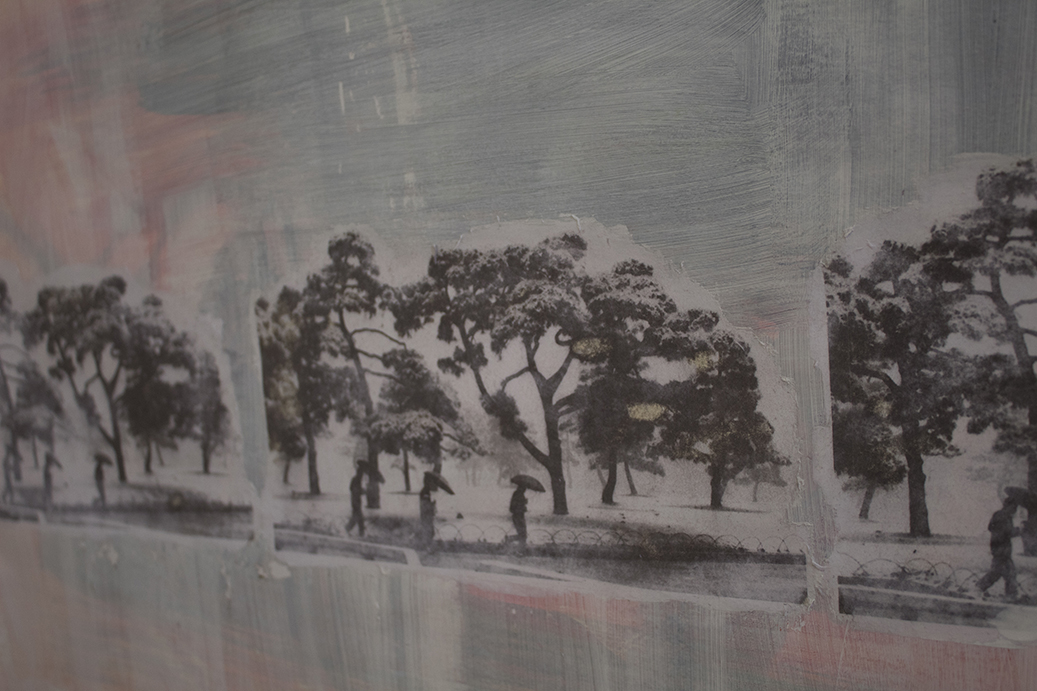
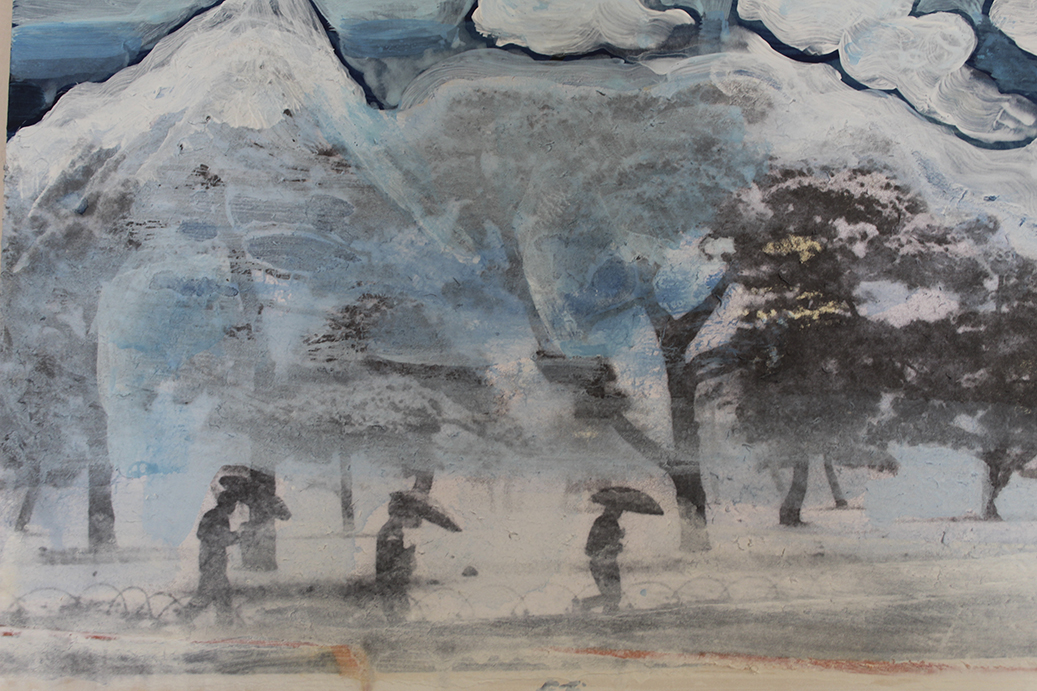
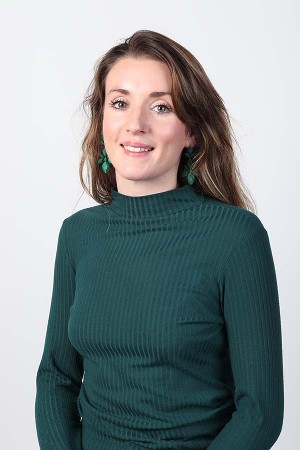
I use performance and film in the same way I use painting and writing, as expressive, physical mediums which can yield great immediacy and spontaneity.
I am interested in the body in protest, and the body as a means to reconciliation with material and the landscape. Ultimately our transformation to material, and our capacity to transform, to reject pre- determined ideals of identity. Performing feels like a momentary freedom.
Stay outside, stay hungry and don’t be afraid of it. Auteur of the world, unite and takeover!
Literature, music and film often inform my practice. Cormac McCarthy, Angela Carter, Patrick Jolley, Jane Arden, Joseph Beuys and 1970’s post-punk music have all had a very serious effect on me.
My practice is mainly based on my kitchen table in Togher, Cork City, and Fermoyle Beach, Co. Kerry.
Aisling O Connell Vimeo
.jpg)
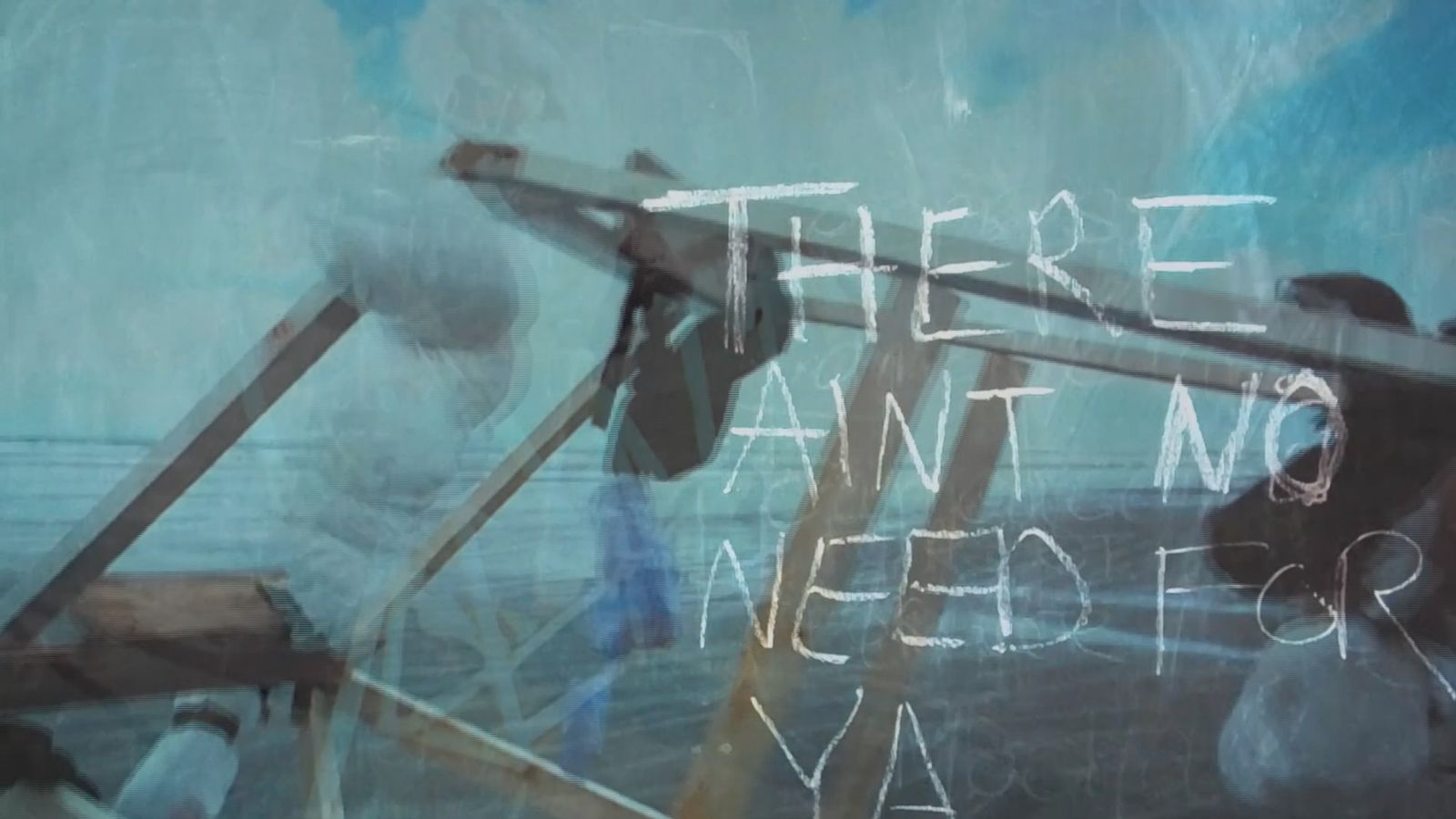
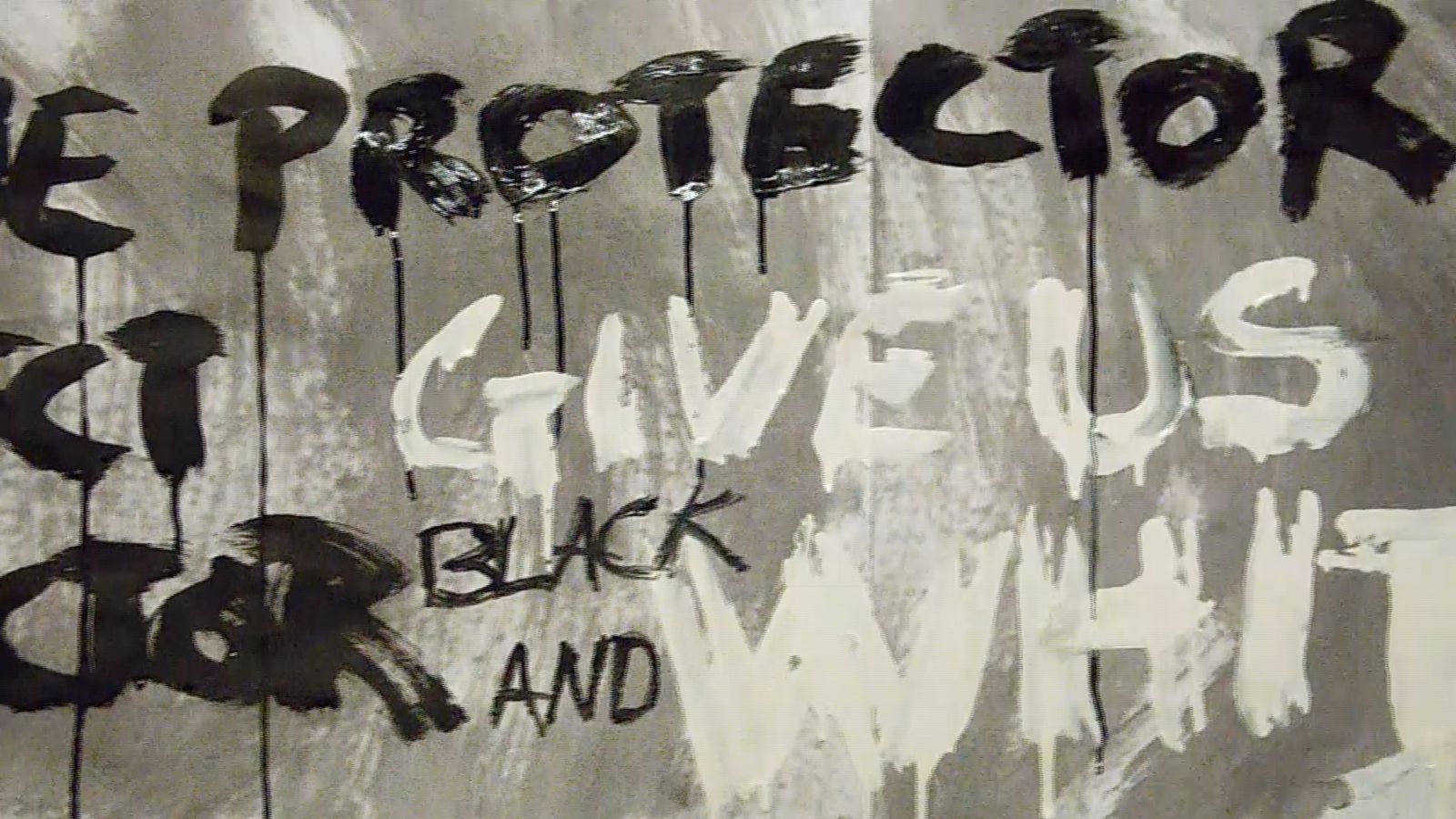
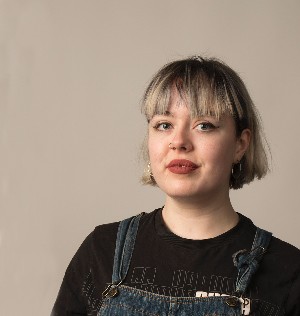
My work aims to discuss the nature of the commodified women in the society we live in- a society which is dictated to under a patriarchal capitalist ruling. Women are living under a mirage of social pressures to perform and appear in a certain manner. How we eat, dress, behave and speak is under constant scrutiny, and as a result there is colossal pressure on women to perform within the rigid boundaries of patriarchal acceptability. Packaged, promoted and polished pristine, the notion of the ‘ideal woman’ is a subject which I explore through the use of my body in the act of performance, with the material of clingfilm, which evokes notions of the domestic, the preserved, the clean and the bound. In addition to this I work with sound, and videoed performance, with the intention of creating a sensory immersive experience for the viewers of the performance.
Email: alannahmatthews1@gmail.com
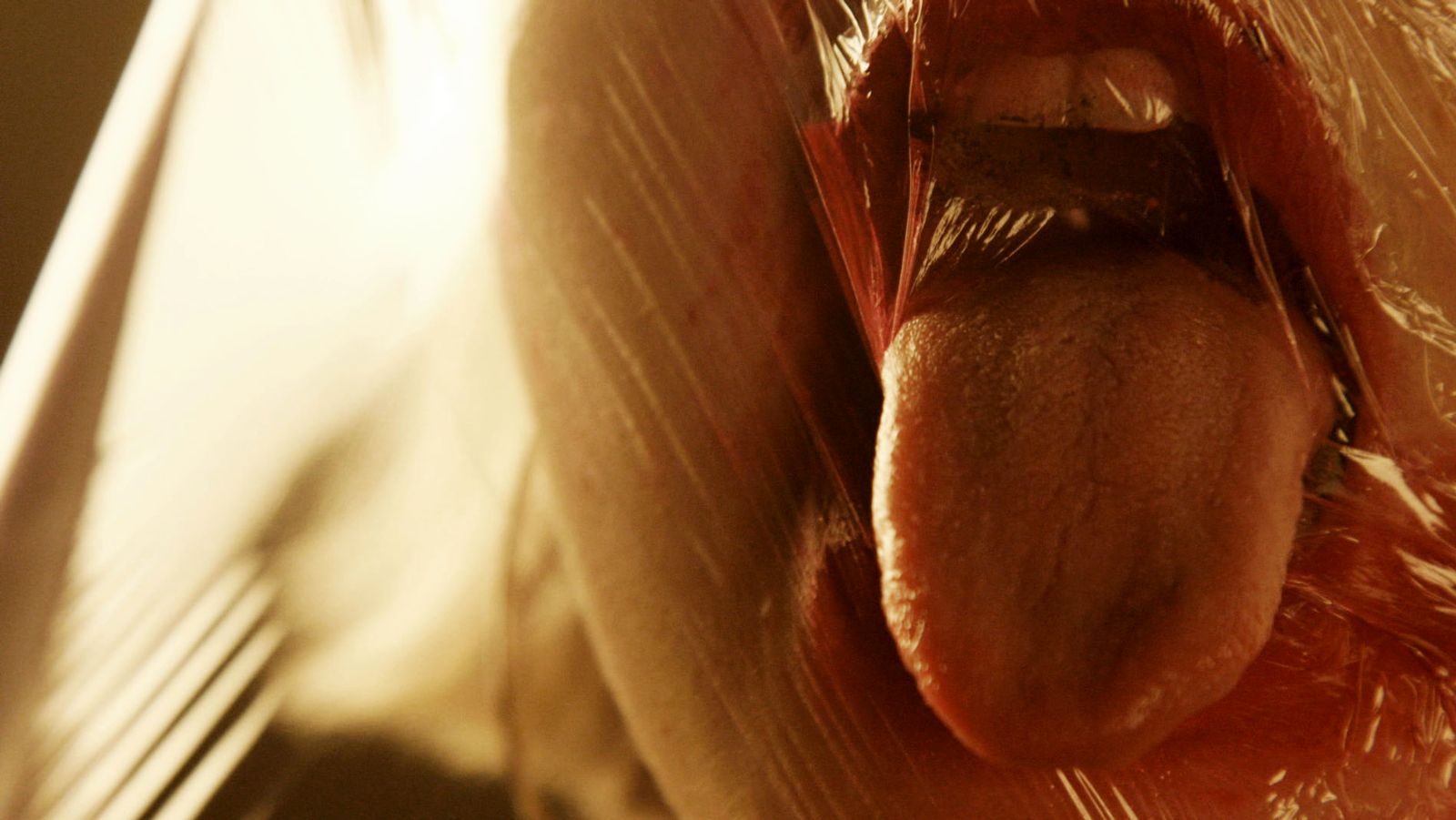
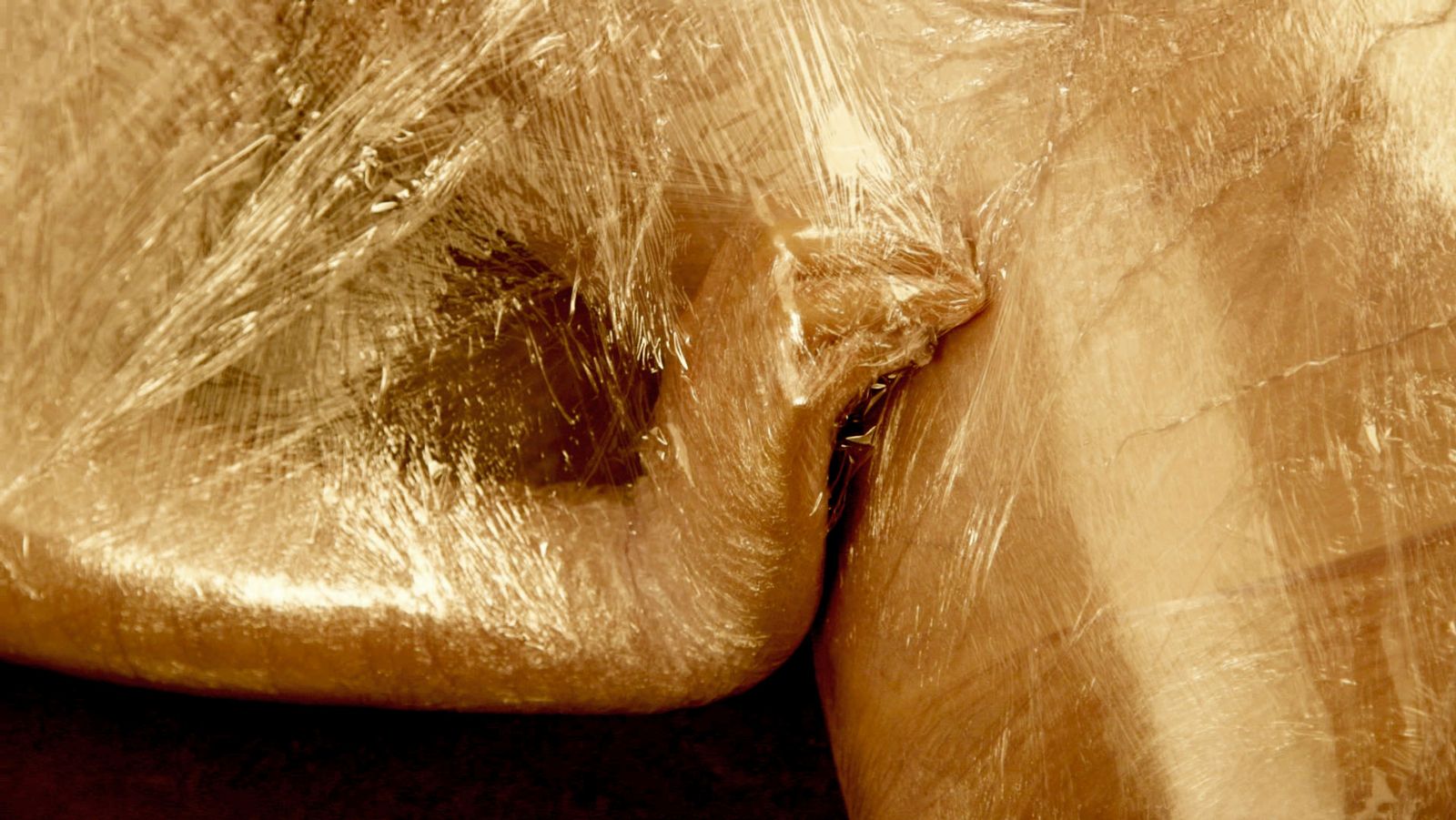
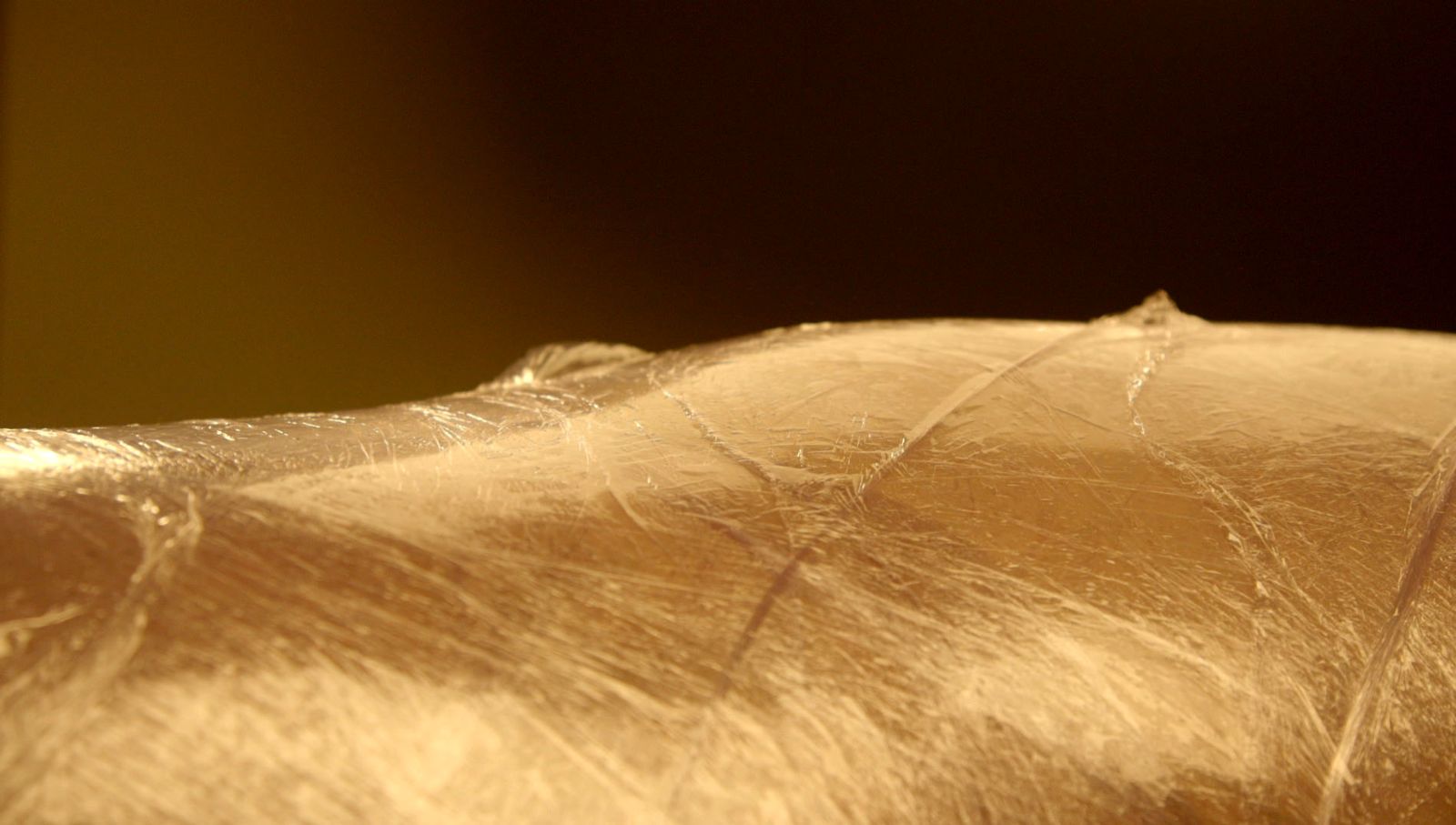
It is in human nature to want to communicate, it a need we all have, to connect to another, however it is not always so black and white, often there can be barriers in place.
My work is centred on the longing to communicate through barriers such as a learning disability. The work itself comes from the idea of home-sign and secret languages steaming from childhood. Language is only subjective. The work communicates through the use of the body and sign writing, using hands as a physical means to express. The colour blue is imperative to the work. Many people with learning difficulties like dyslexia often suffer from Visual Stress. Visual stress makes reading extremely difficult, However the colour blue acts as a visual aid to the work, making it clearer and more legible to those who suffer, like myself.
Email: allanahnoname@gmail.com
Instagram: allanah.dennehy
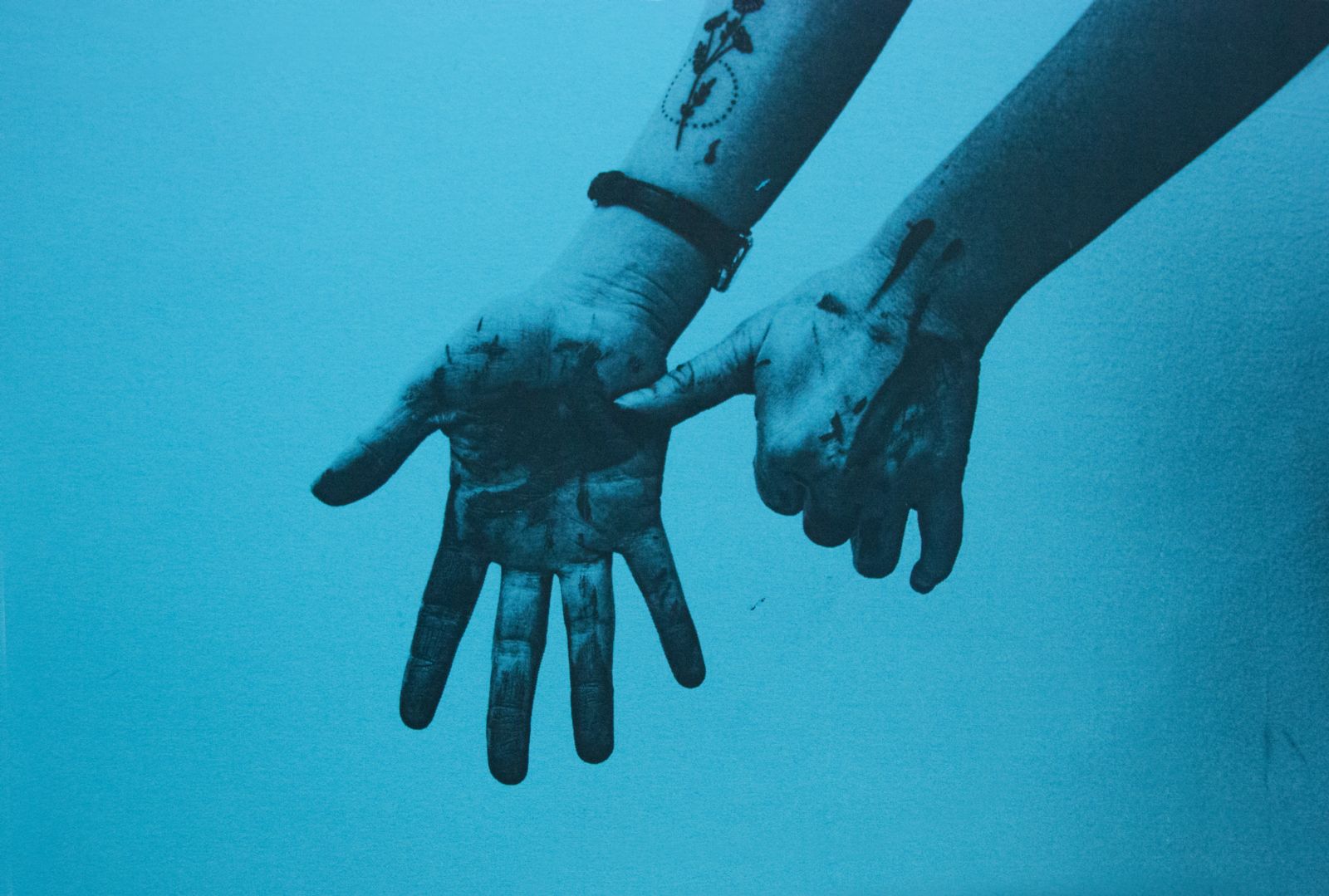
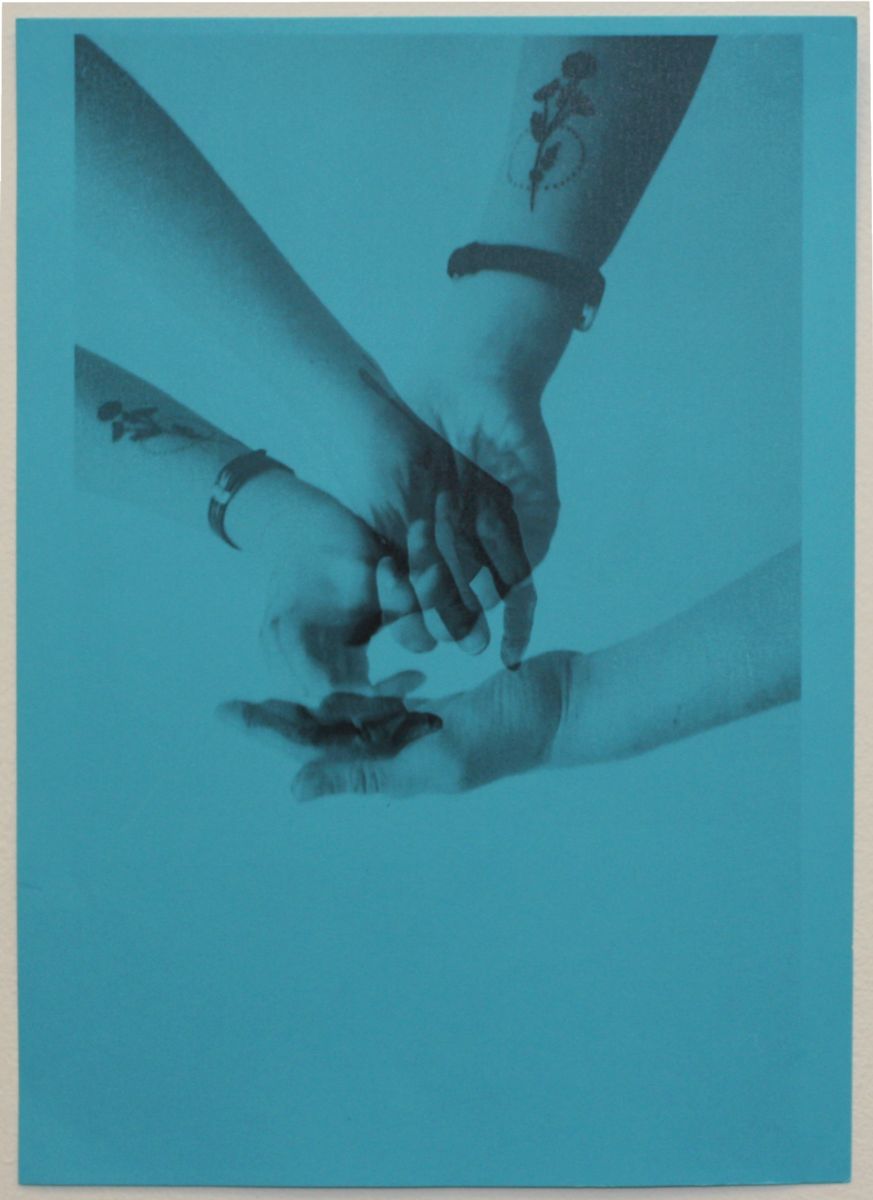
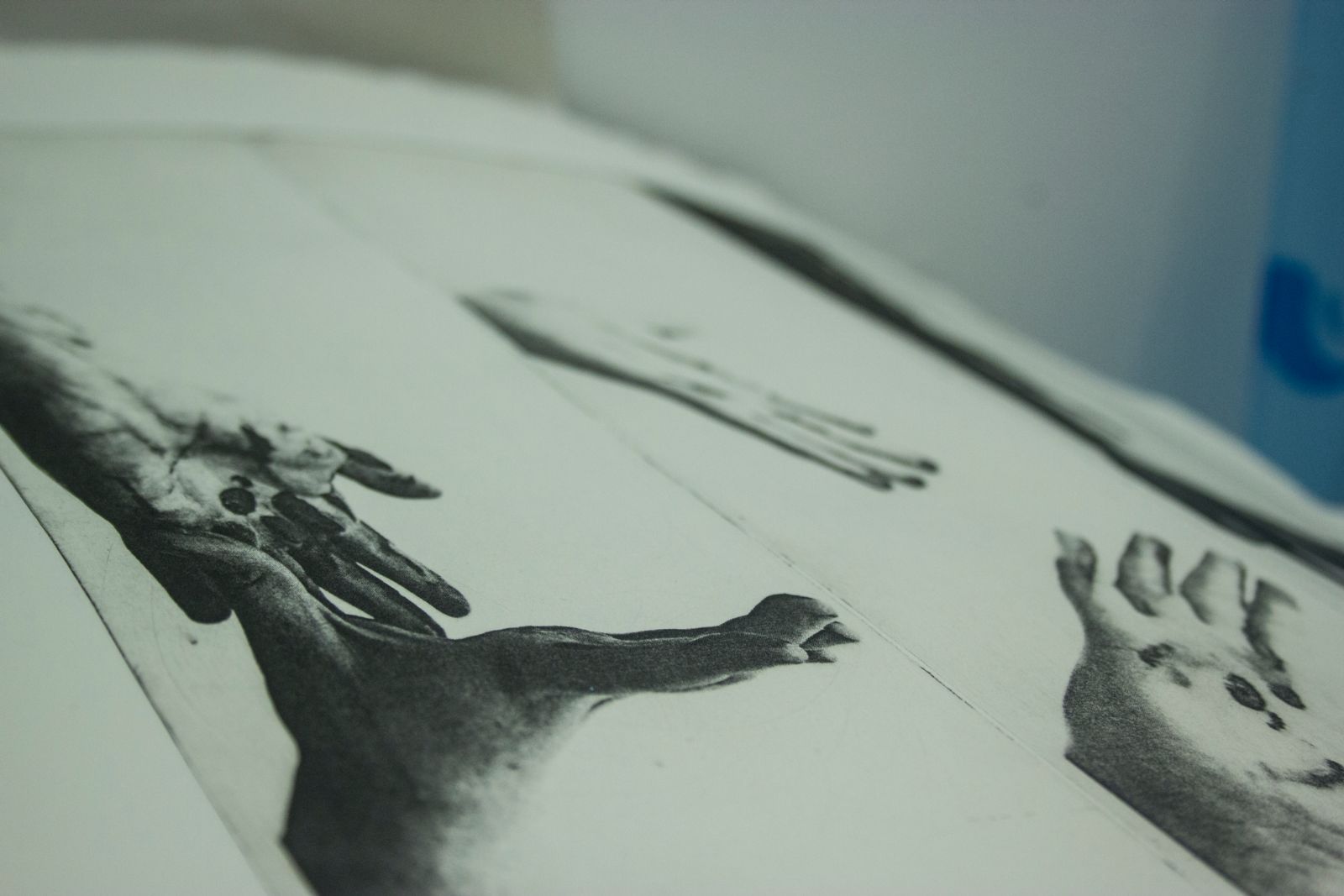
My work explores human sensory perception and architectural provisional spaces. I connect them to allow the viewer to recognise and interpret a familiar place.
I do this particularly through vision by merging photography, video, installation with the addition of found objects. Experiences of loss, nostalgia and forgotten pasts are suggested through my use of transparent layers of imagery that are transformed unexpectedly.
In particular, I am focusing on the old Cork Airport Terminal that closed in 2006. The loss of this place itself and the loss of identity in places like this creates some kind of memorial and triumph of travel as a commodity, rather than a personal journey. This is a reaction to our modern world. I provide an ambiguous space for the viewer to recall the peripheral. This space is in the midst of current, perpetual transformation, a non-space.
I am interested in creating a sense of division using chaos and order to evoke an uncanny effect or a feeling of altered cognitive states. This can be an indication of possible displacement. This can occur when one is confronted with the reality of reflecting on what once was.
Instagram: aoifeclaffeyart
Email: aoifeclaffey97@gmail.com
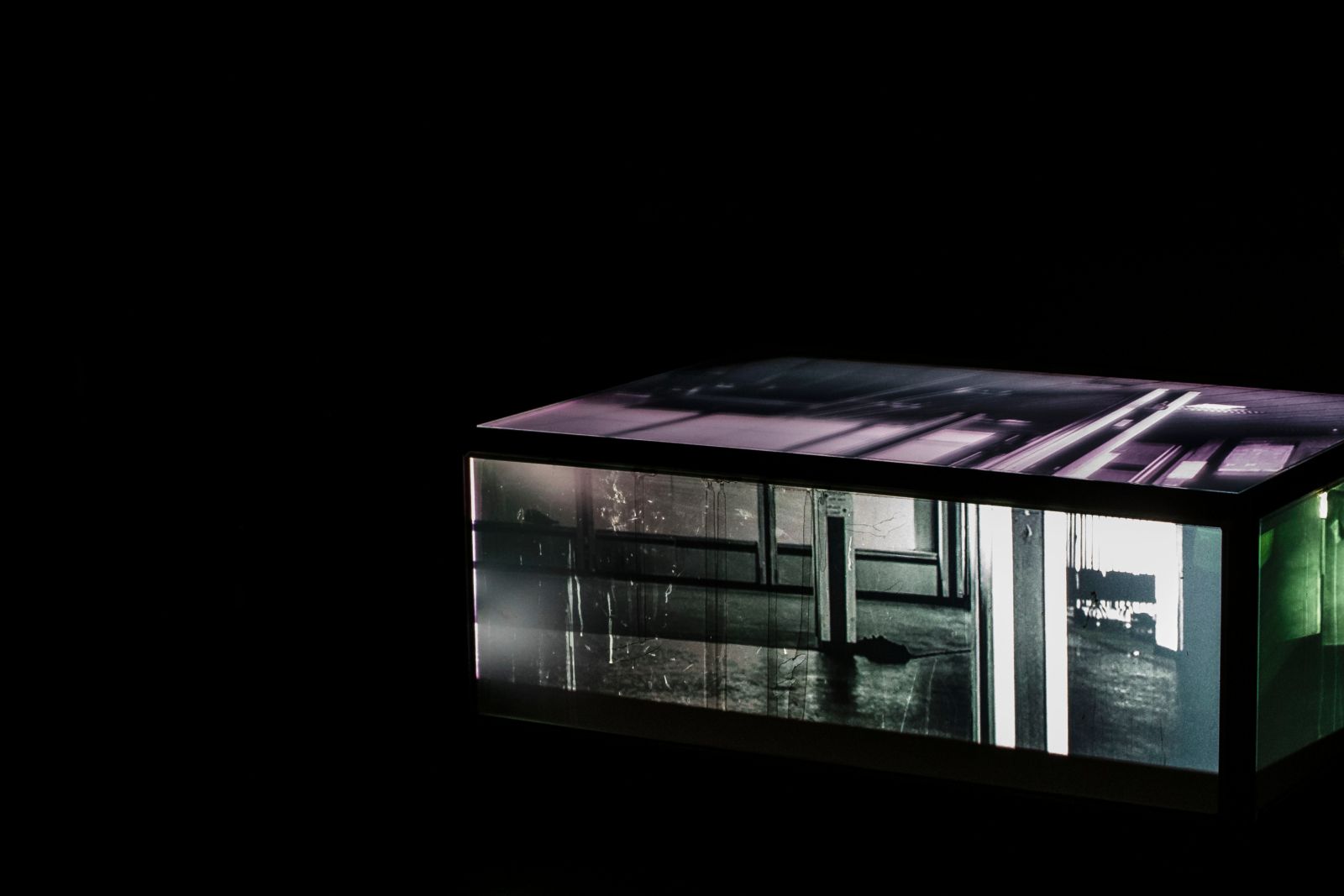
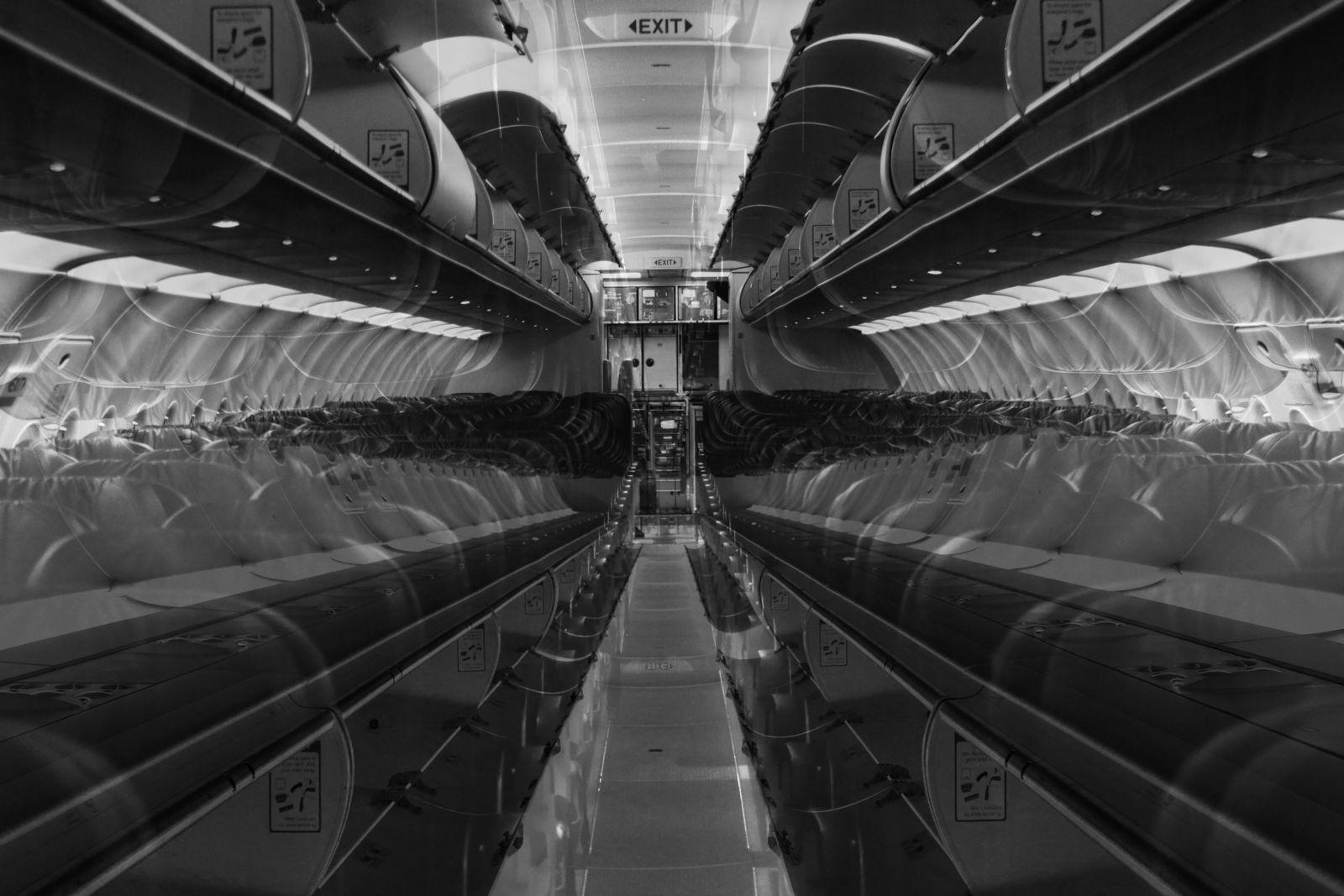
I am drawn to the clean and clinical lines of maps and to how easy it is to become lost or detached within them. The typical function of maps is to help you get from one location to the next and they represent the world on a much smaller scale but I create my own fictional maps from elements I find in nature from a tree branch for example, or the veins of a leaf. By extracting information from these sources, I am able to produce an imaginary isolated landmass that could actually exist. These linear, mechanical drawings personify my own sense of home and nature, yet to the viewer they could also convey a sense of detachment and isolation.
Ordinarily maps are clear and unambiguous and what you see is what you get. They help you figure out where you are and where you need to go. The three-dimensional element of my work adds a sense of depth to the maps, with layers of drawings aligning to make a whole image. I use translucent materials, including acetate and acrylic, to achieve a literal sense of this depth through the materials transparency. To view the maps as one whole image, however, the viewer must stand in different positions and look at the drawings at certain angles. This encourages the interaction of the viewer with the work that reflects our own place in nature and how we must navigate the world through our own bodily movement.
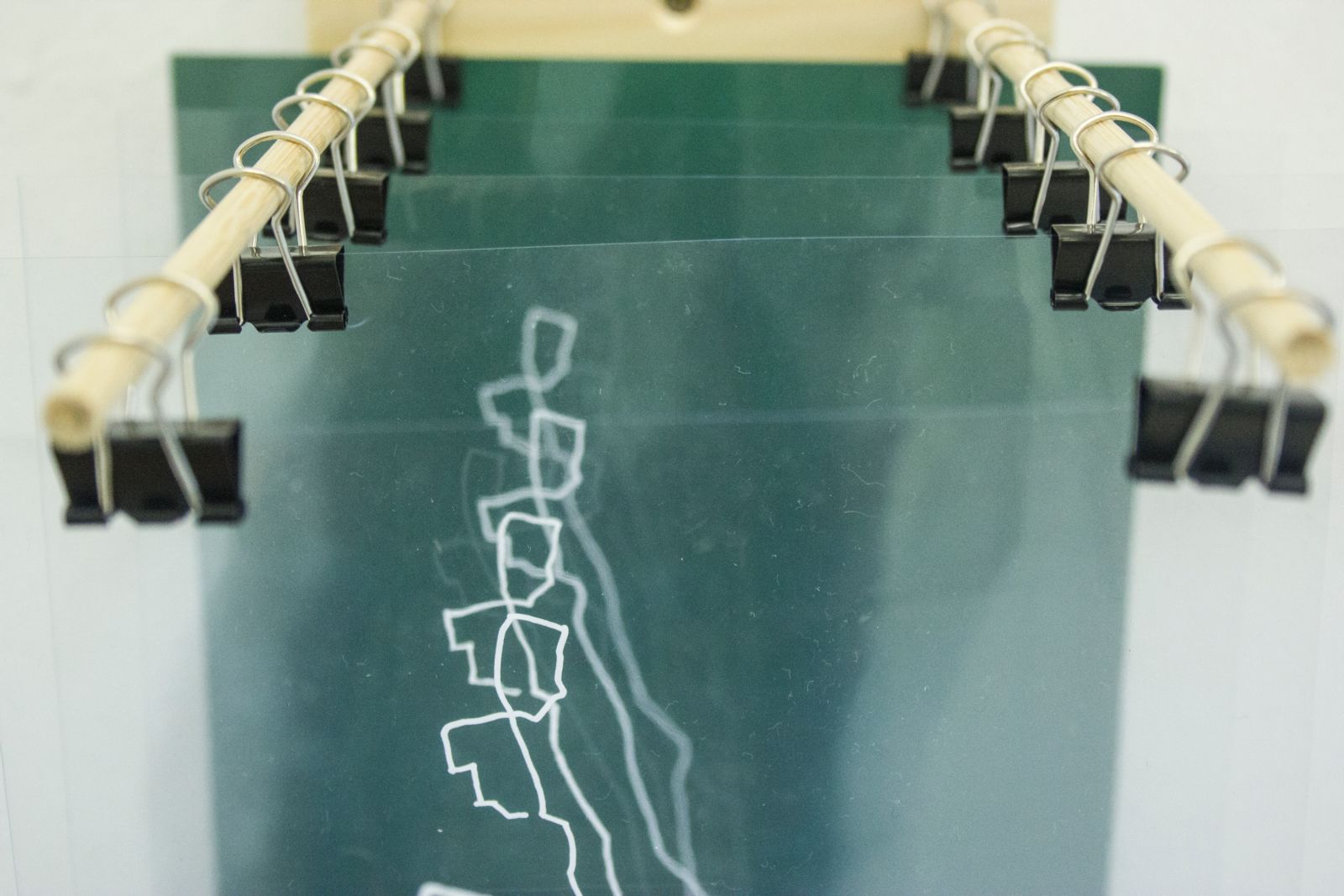
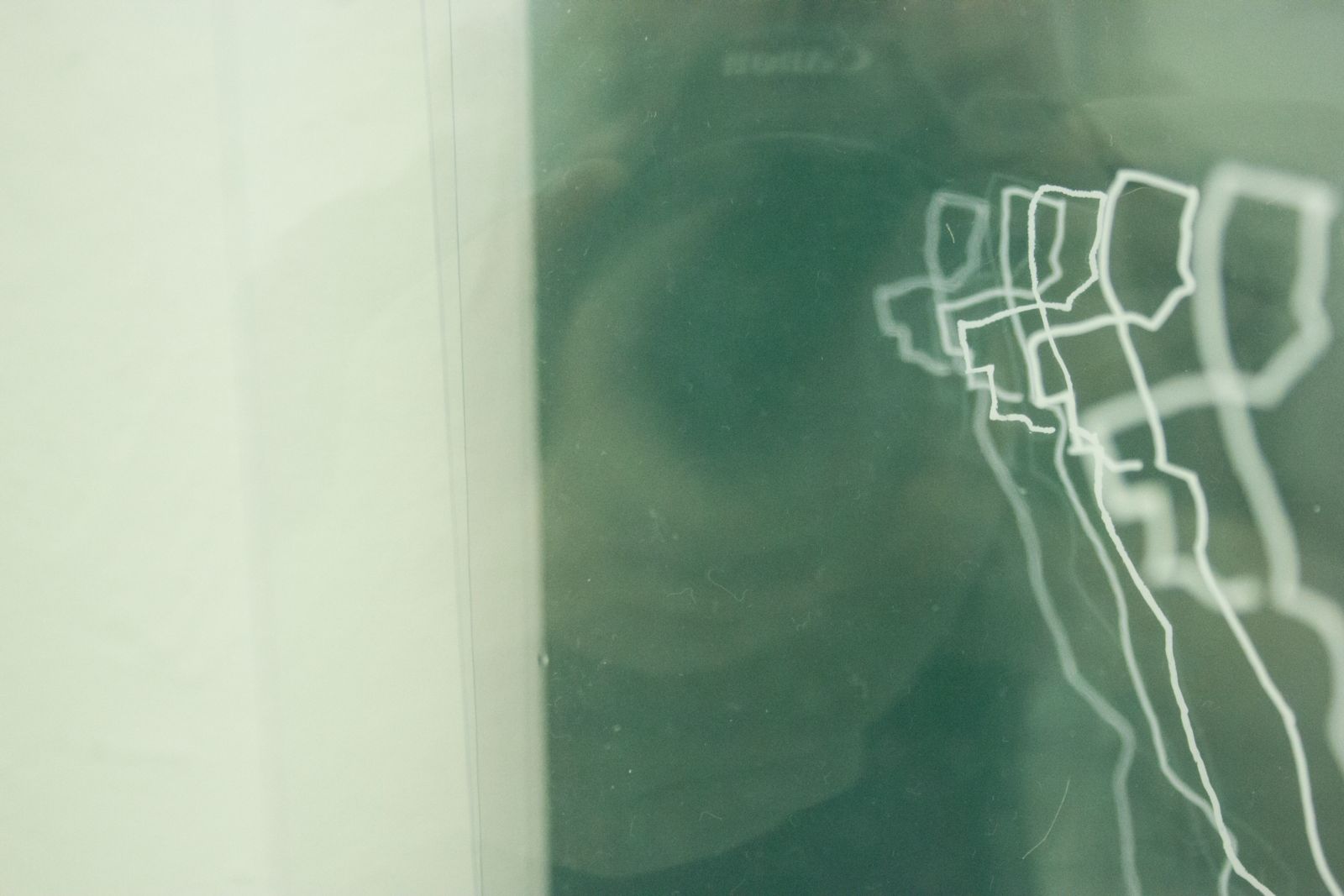
My work investigates the relationship between domestic space and personal memory. The current installation piece I am working on explores the domestic space as a site charged with memory and desire; originally influenced by 'ghost estates' in Ireland and what their legacy signifies in contemporary Irish society.
I enjoy utilising the contrast between video art and sculptural installation to reflect the contrast between the individual and the collective, between private and public. By bringing this contrast into focus I intend to investigate the fragility of our desires, memories and dreams in the face of external forces outside of our control.
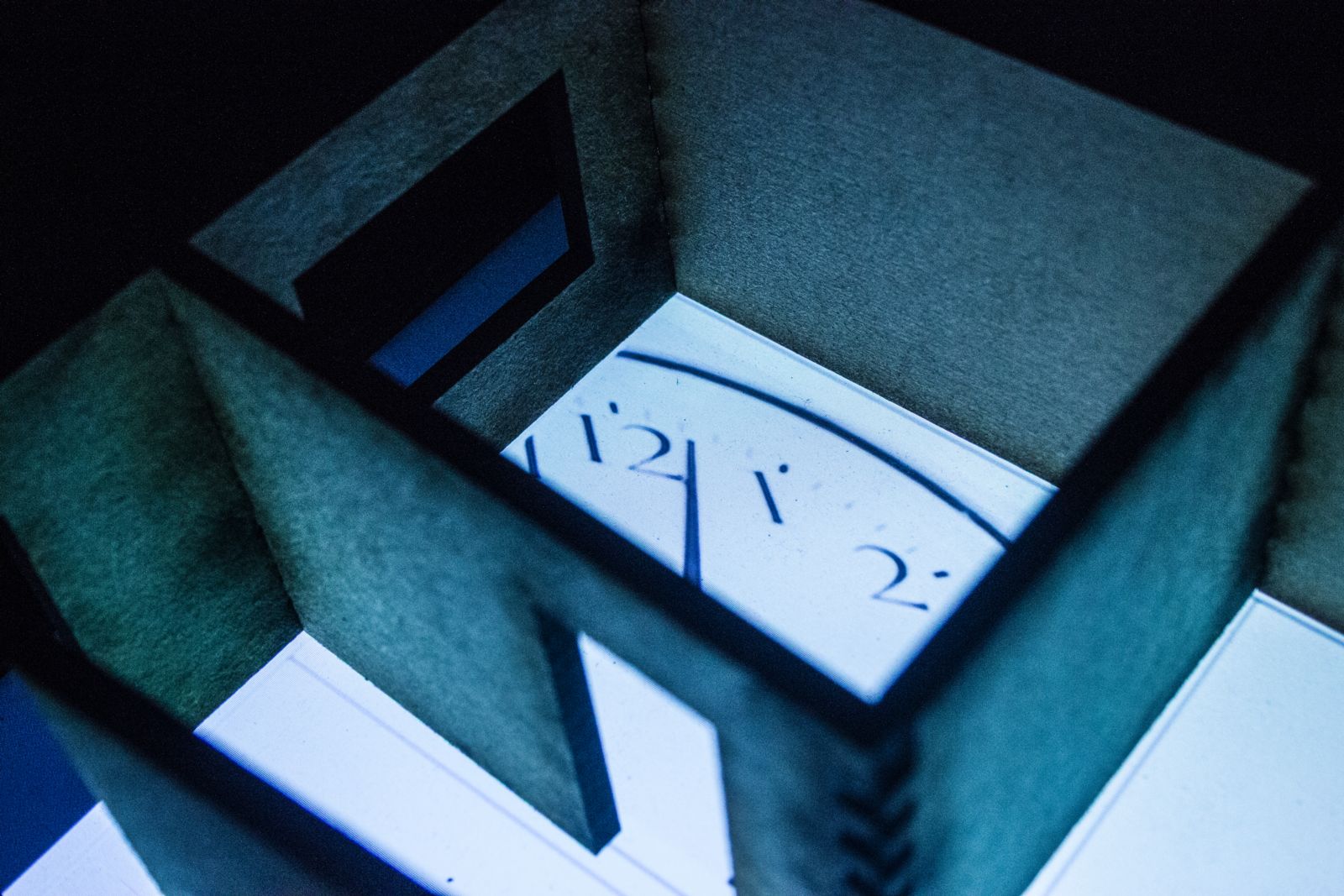
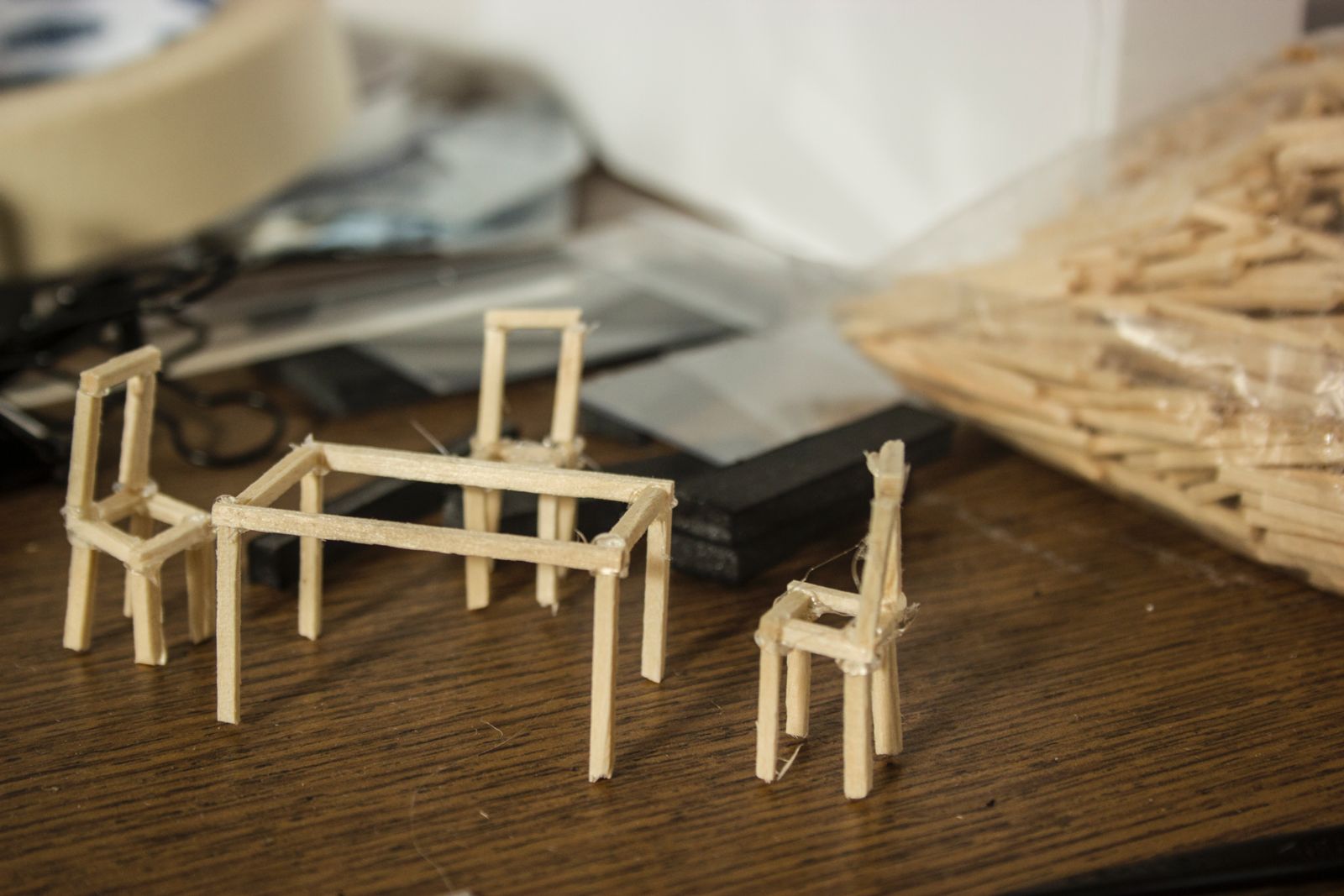
The work takes its visuals through the online comments of Millennials and the current Generation Z. Their reactions to the issues facing them today such as the housing and rent crisis, student fees and general day to day complications that we must tackle, drive the concept behind the work.
Using a humorous tone to identify the irony in complicated situations the work aims to engulf the viewer with an erratic visual energy.
Repetition of pattern is driven throughout constructing a visual sound.
Short text is used to further communicate relatable content with the viewer.
Instagram: Channonart
Facebook: Carrie Anne Channon
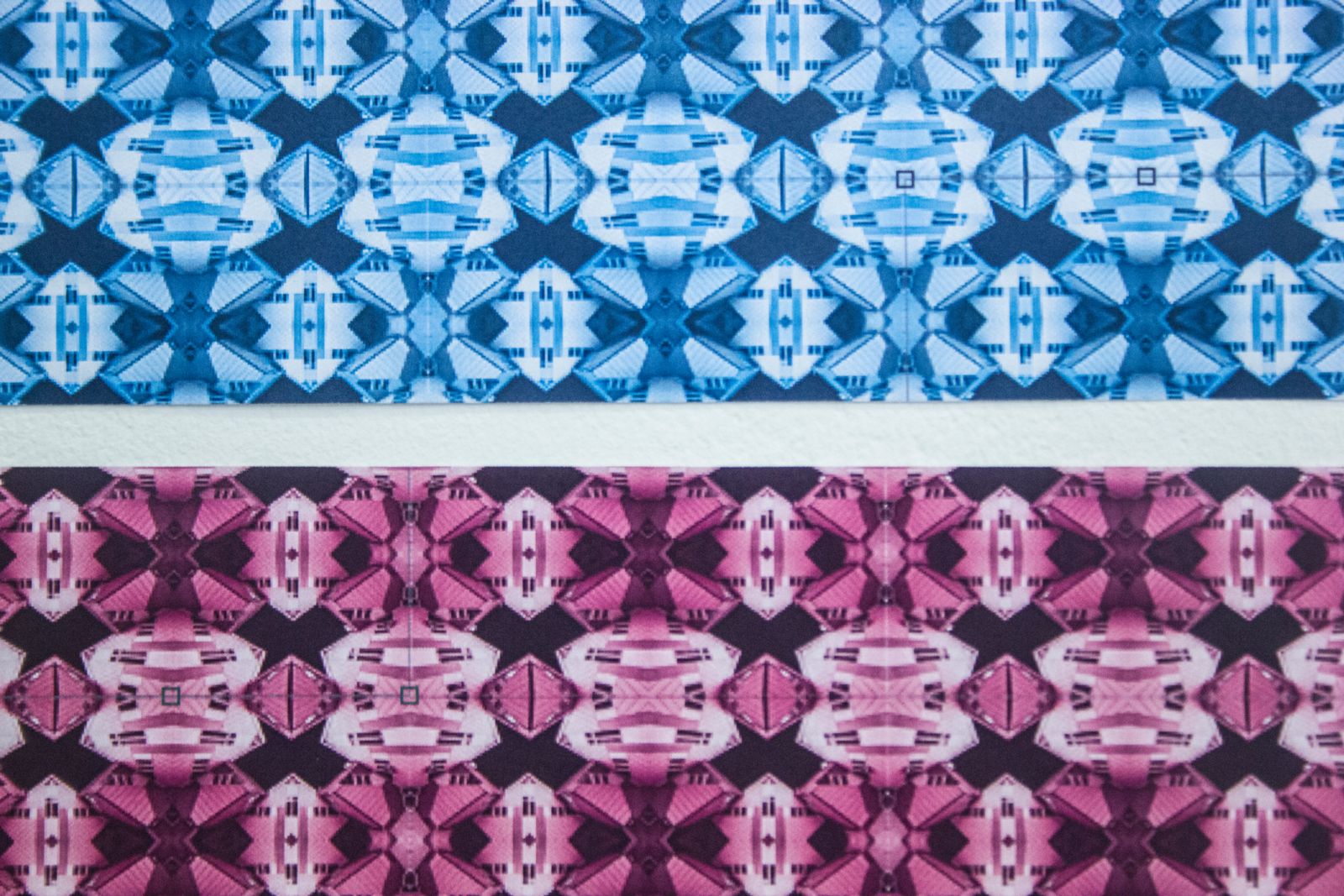
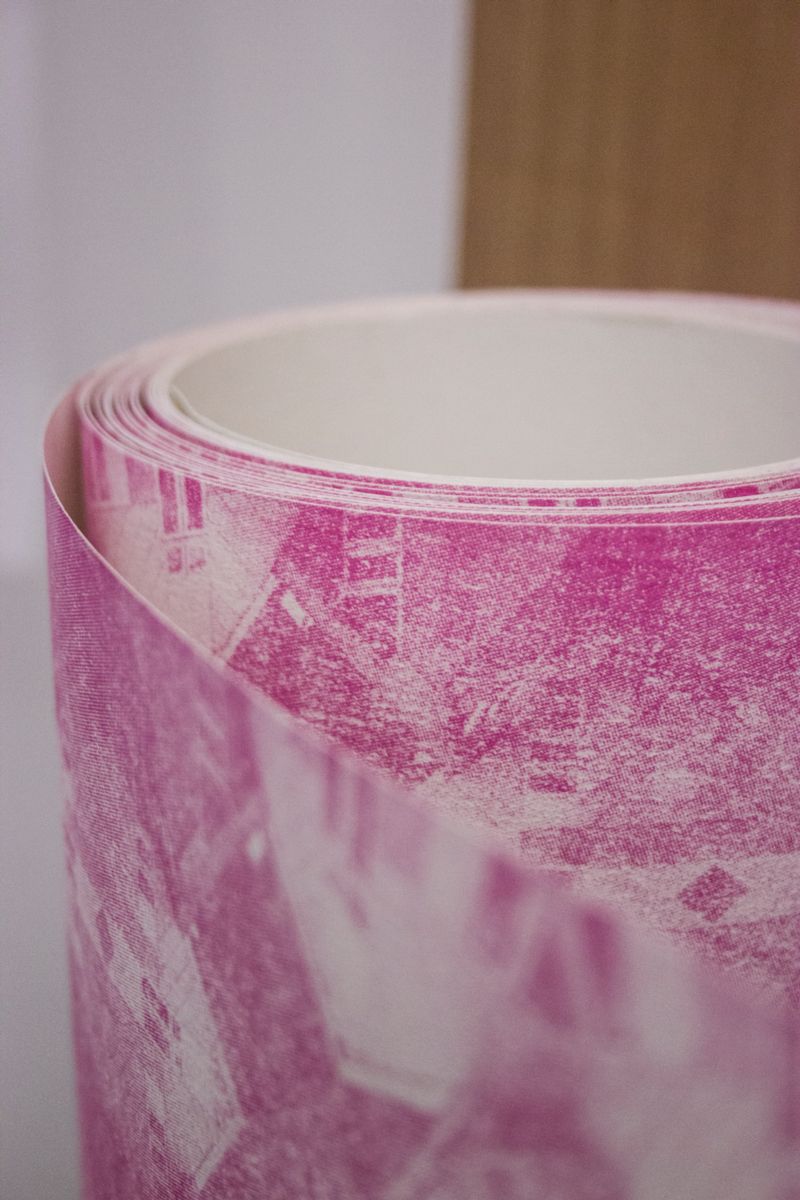
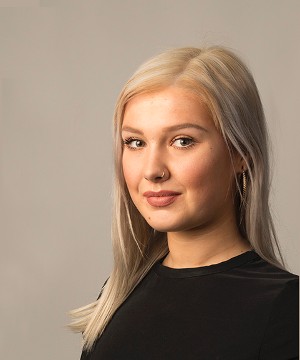
Through the mediums of drawing and moving image, my work explores themes of loss, heritage and creed. Inspired by religious iconography, relics and sainthood, I have reinterpreted archival social and religious imagery related to our waning catholic culture. Each individual piece is positioned within the framework of a larger constellation, combining to construct a visual narrative which details the inherited burdens of the ‘generation after’.
Postmemory infers recollection without physical experience, which is only made tangible through the means of stories, images and behaviours that one is exposed to, usually in early life. The work stands not as a response to historical traumas, but rather as a generational perspective which seeks to accept, uncover and work through the inheritance of the personal, collective and cultural trauma of those who came before.
Through the drawing process, the imagery is stripped of its sociological and geographical framework. Images that once depicted places of worship and persecution, as well as the authoritarian figures who controlled them, are lost to negative space; with the intention of this being to place the onus back upon its rightful recipients – individuals who have fallen victim to the abuse of both power and control within Irish society.
Instagram: @clowwwi
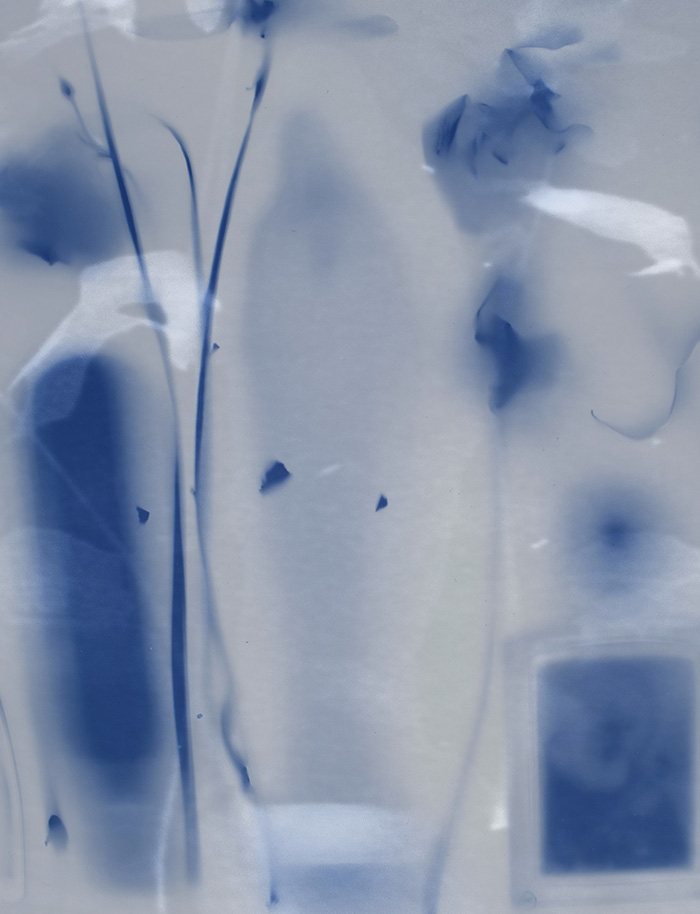
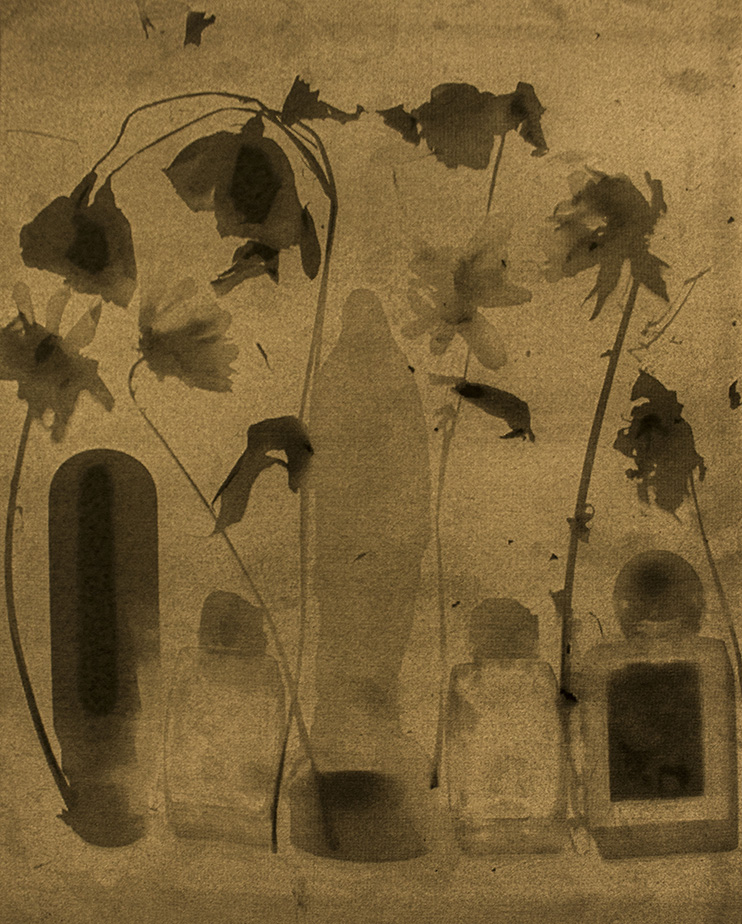
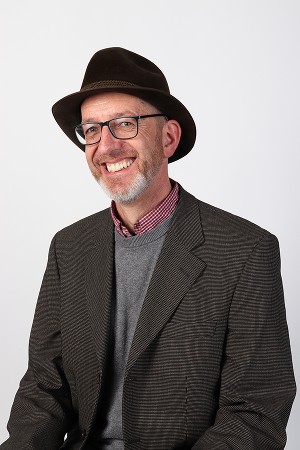
The work is an examination of the relationship between the constructed order of civilisation and the organic wild nature. Melding installation with performance and print this work explores the tension between these two inclinations.
I use myself as exemplar, or typical twentieth century ‘reference man’ to question personal conscience in relation to the capitalocene. The installation is placed as a conundrum in light of the impending ecological collapse, exacerbated by ongoing human colonisation of nature.
christianelsholtz87895@gmail.com
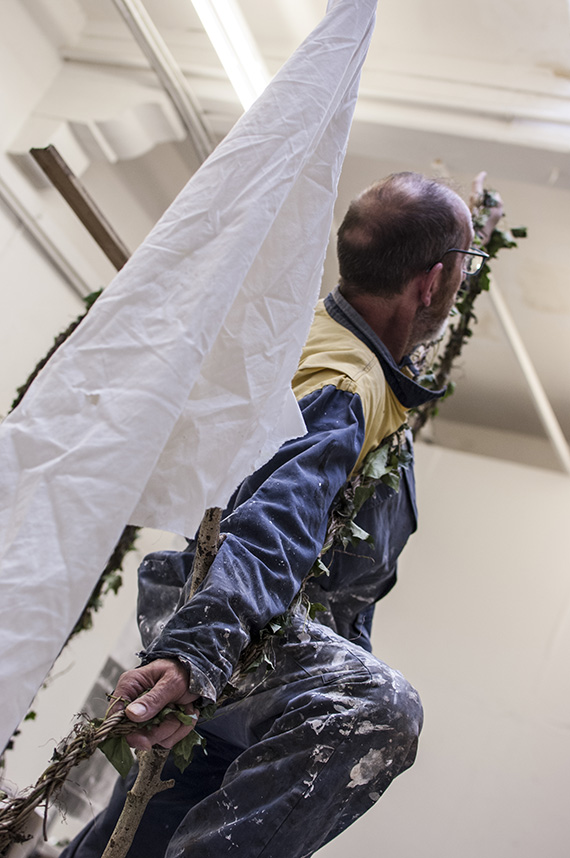
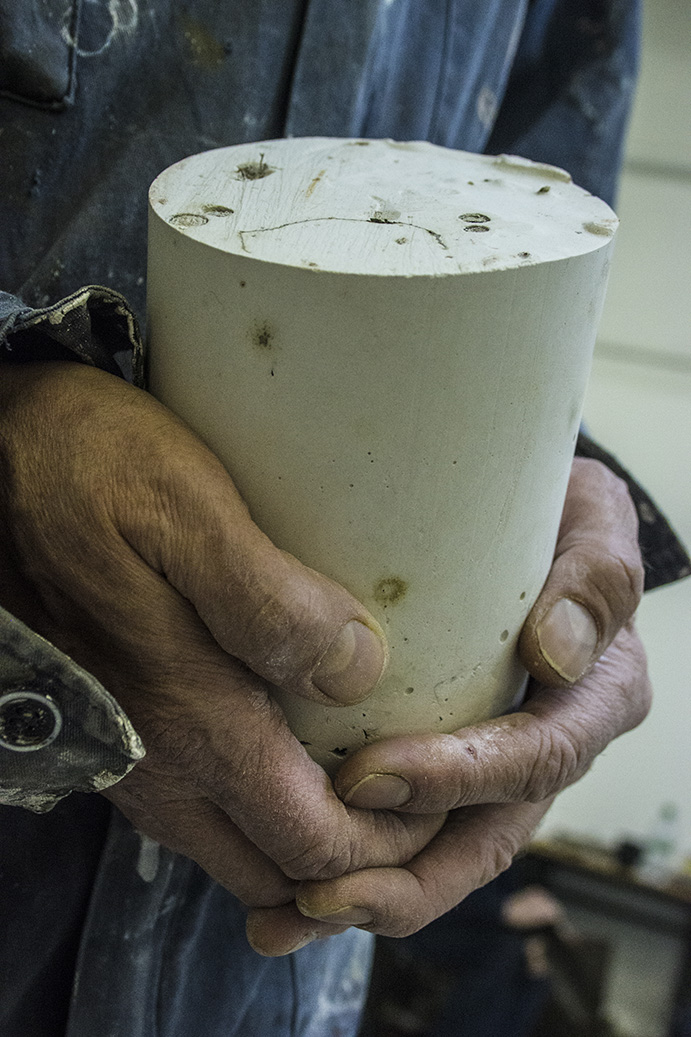
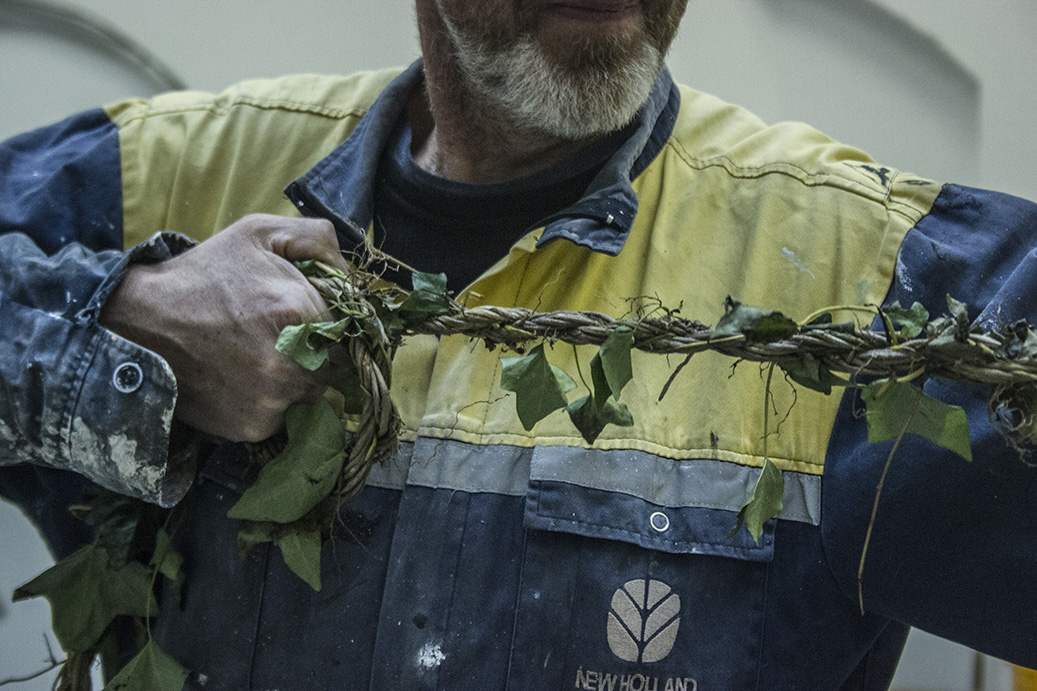
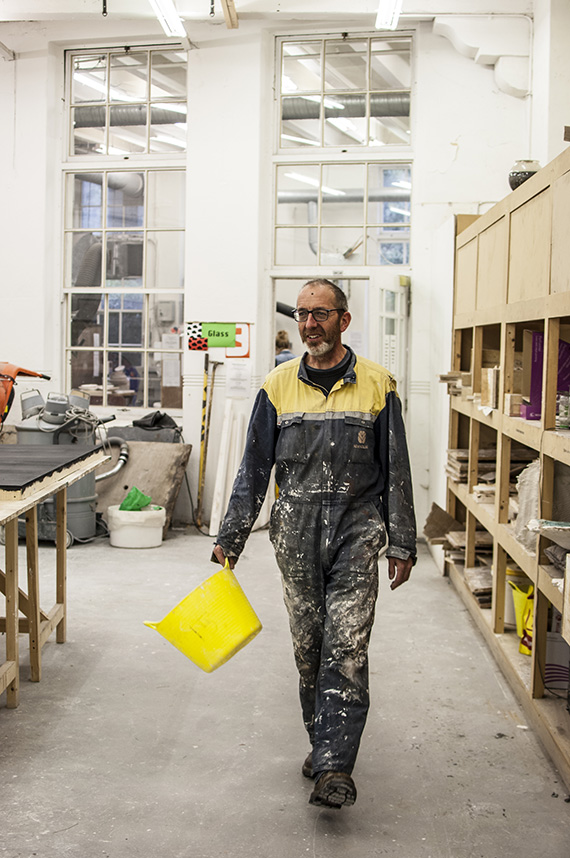
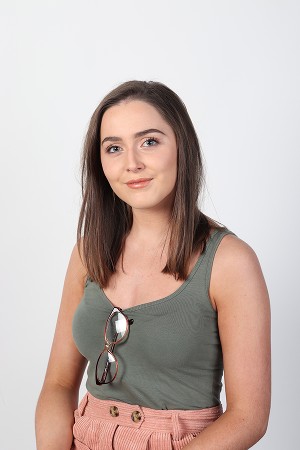
At this moment my work delves into the effects and narratives constructed by mainstream media in today’s society, and how it influences body image. I am using myself as a subject to portray the conflicts between the reality we display and the reality that is true. I use photography as a medium to portray the underlining insecurities in the mainstream media society, and how it invades our everyday thinking. The photographs address modern society’s addiction and fixation with outer beauty and body image. A resolution of the work conveys an acceptance and acknowledgement of the conditions that have been given to the subject. My work is developing quite rapidly this semester as I am moving into video work. As I explore the same concept, I am experiencing new beliefs and interpretations about the work and myself as a subject.
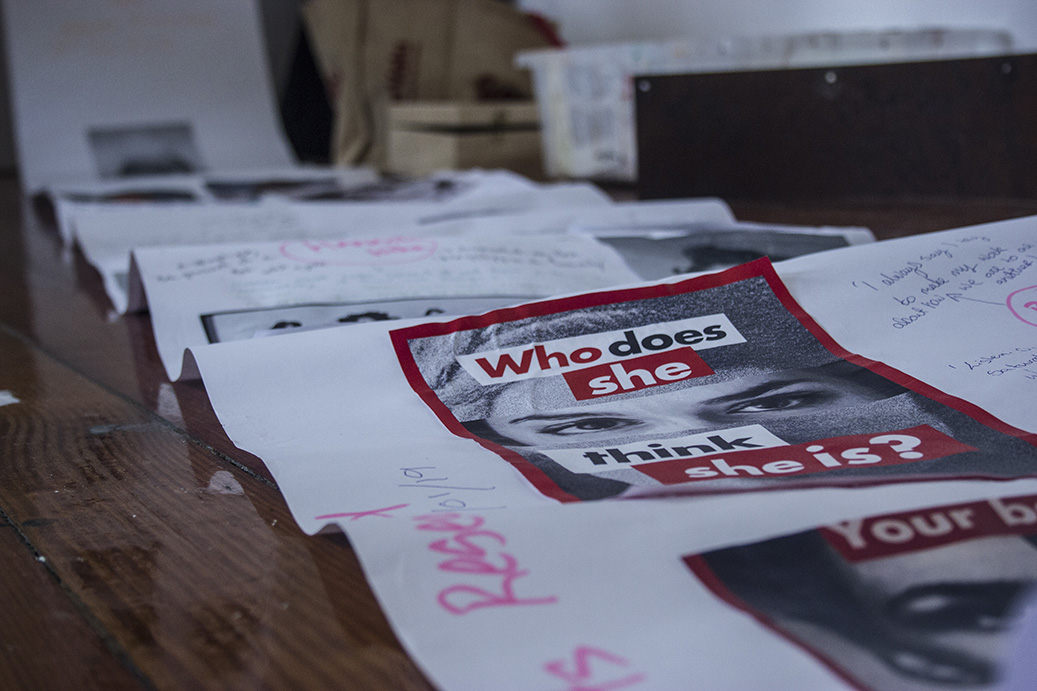
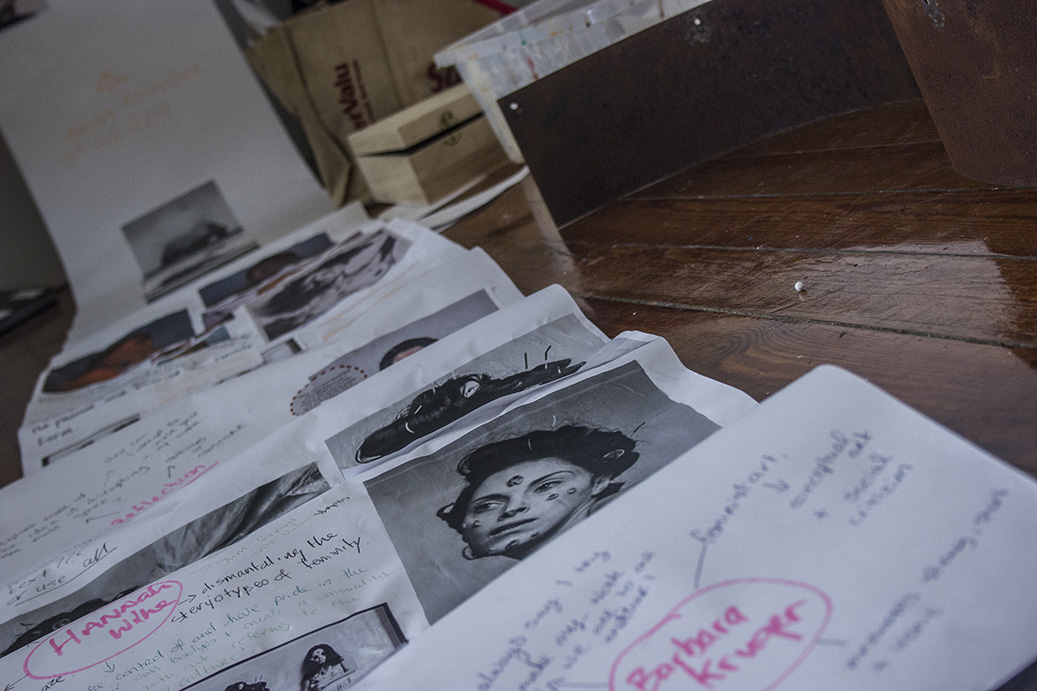
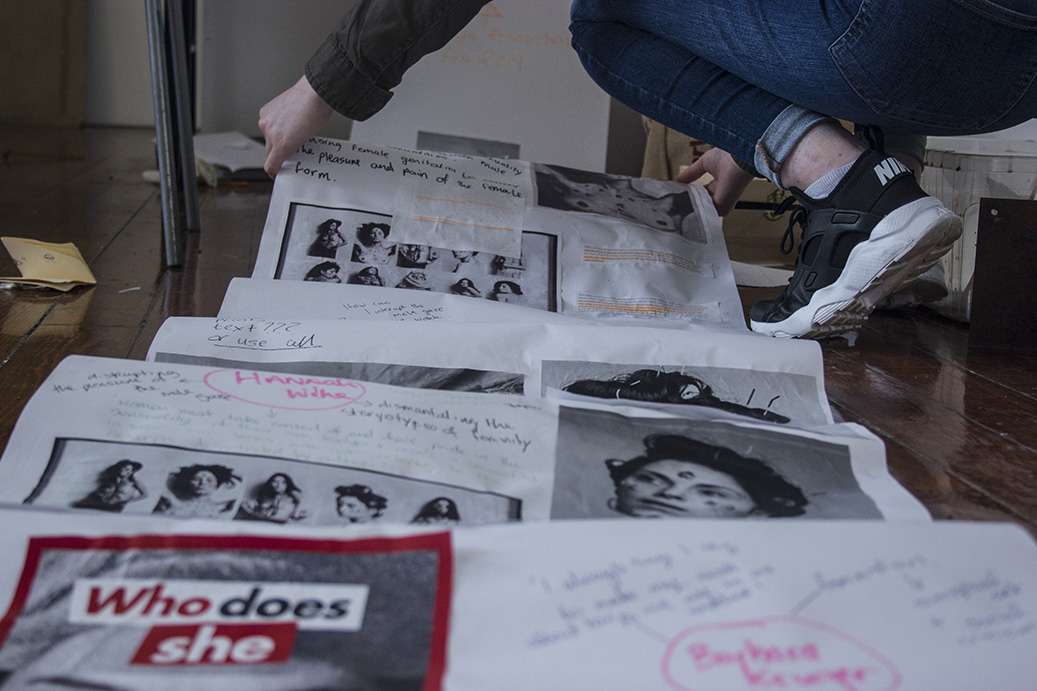
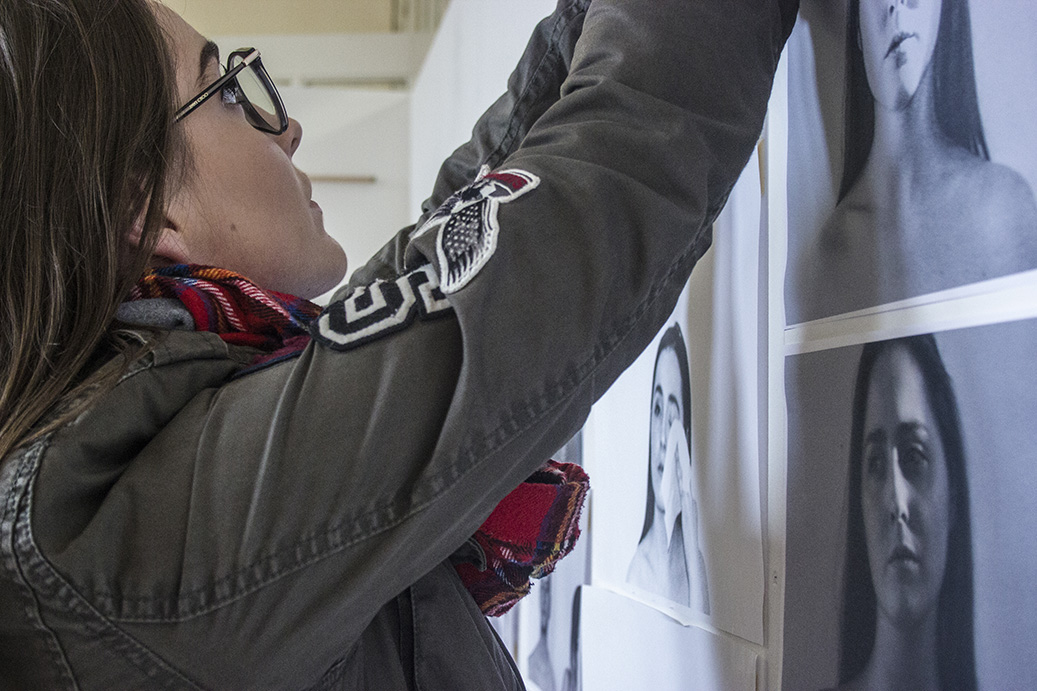
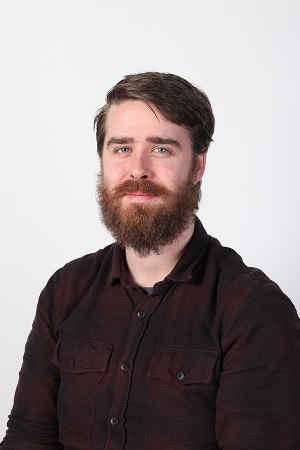
Nature brings Colour to live and getting’s it forms with us as a people giving Colour its personality but we take this sense for granted or at least some do but what if your senses are constantly betraying you like they do me. Objects emitting Colours with an aggressive attituded attacking all surfaces and viewers nearby. This is called Grapheme-colour, one of the main types of effects caused by the phenomenon Synaesthesia, a Crossing of wirers in the brain leading to involuntary experiences in a person’s sensory pathways.
When I was younger these sensory overloads scared me, I saw and experienced things that I couldn’t make since but as I got older, I have found my ways of living with them and started to question this hidden world of colour in mine and others heads. In my work I am hoping to try and expose these experiences, to make them physical and give them shape, giving the viewer this experience in my exhibition space of what a us few have lived with since birth.
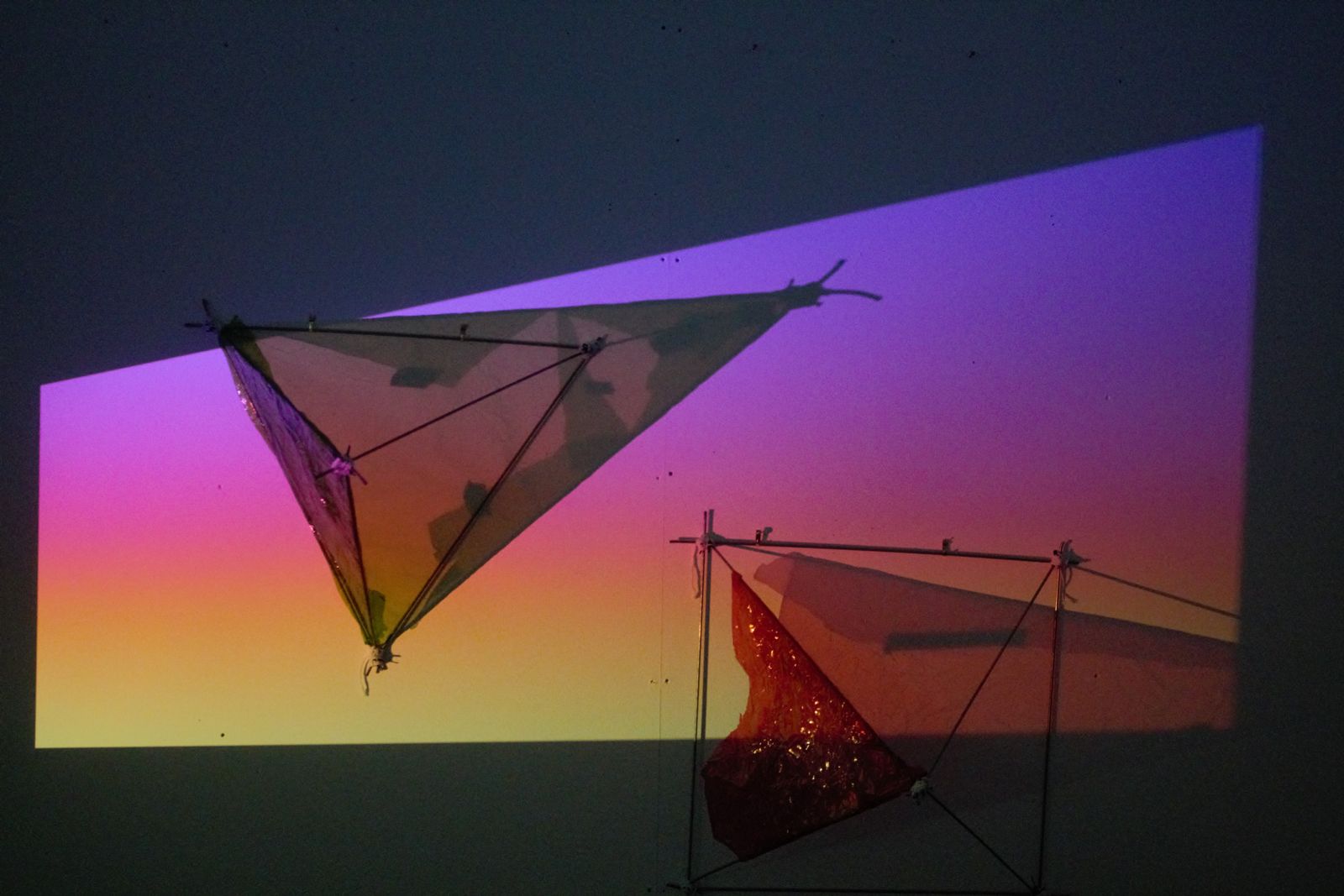
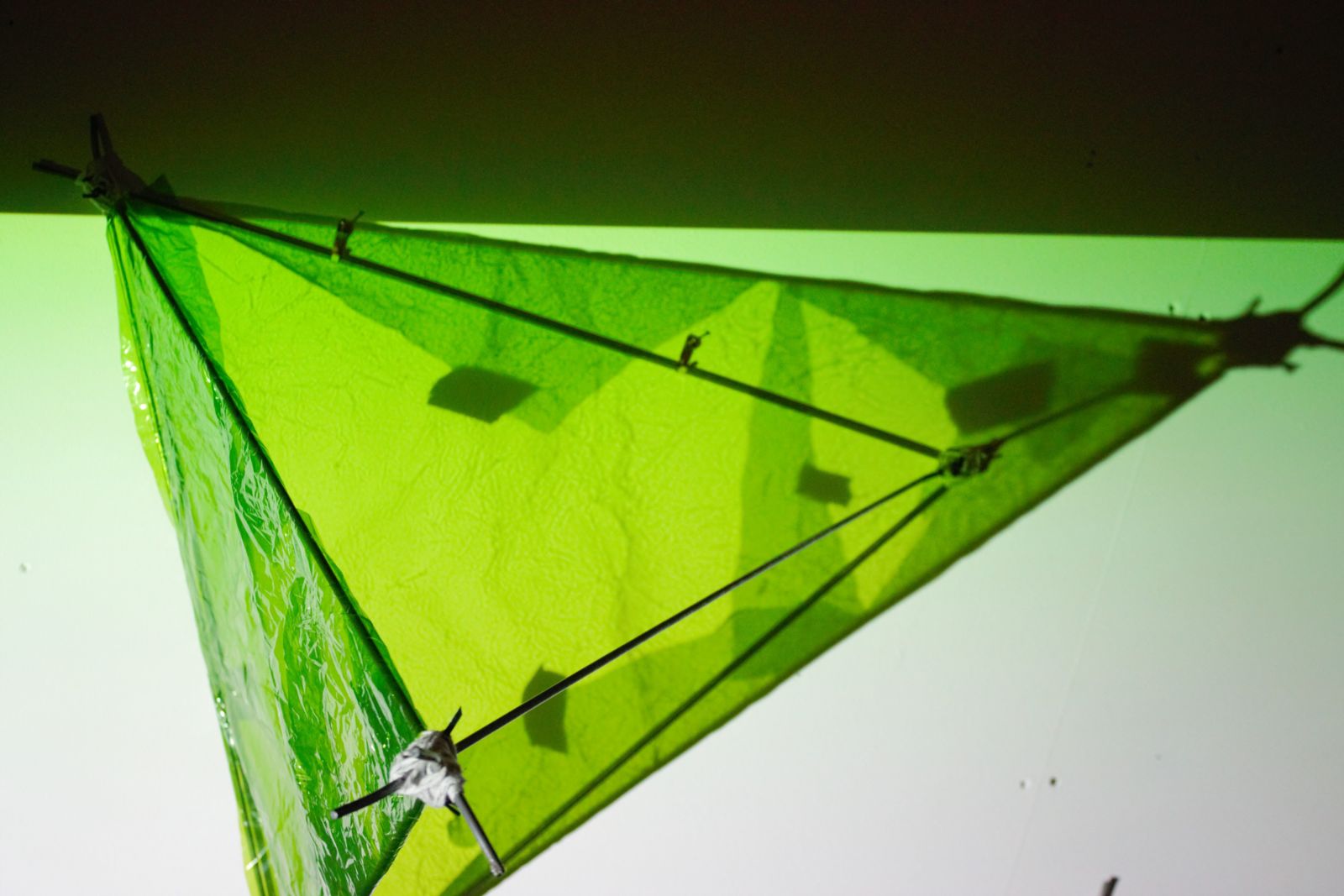
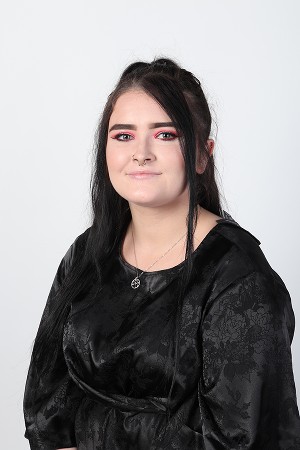
The work is an examination of our skin’s sanctity, focusing on the fragile protection it provides us and the all-consuming nature of bacterial infection. Using sculpture, installation and lens-based media, it explores the relationship between the self and our most intimate layer of protection against invasive pathogens.
The pieces mainly detail growths and the effects of serious infection.
The work intends to present the nature of bacteria and disease, its interaction with skin and the consequences of untreated or aggressive skin conditions. Of particular interest are dermatological inflammation and the repulsive aesthetic in which such diseases present themselves.
Further explored are autoimmune diseases. Those infected experience their immune systems mistakenly attacking their bodies, causing further vulnerability to rampant infection; this aids in the development of medical complications, many of which exhibit themselves in visually unappealing ways.
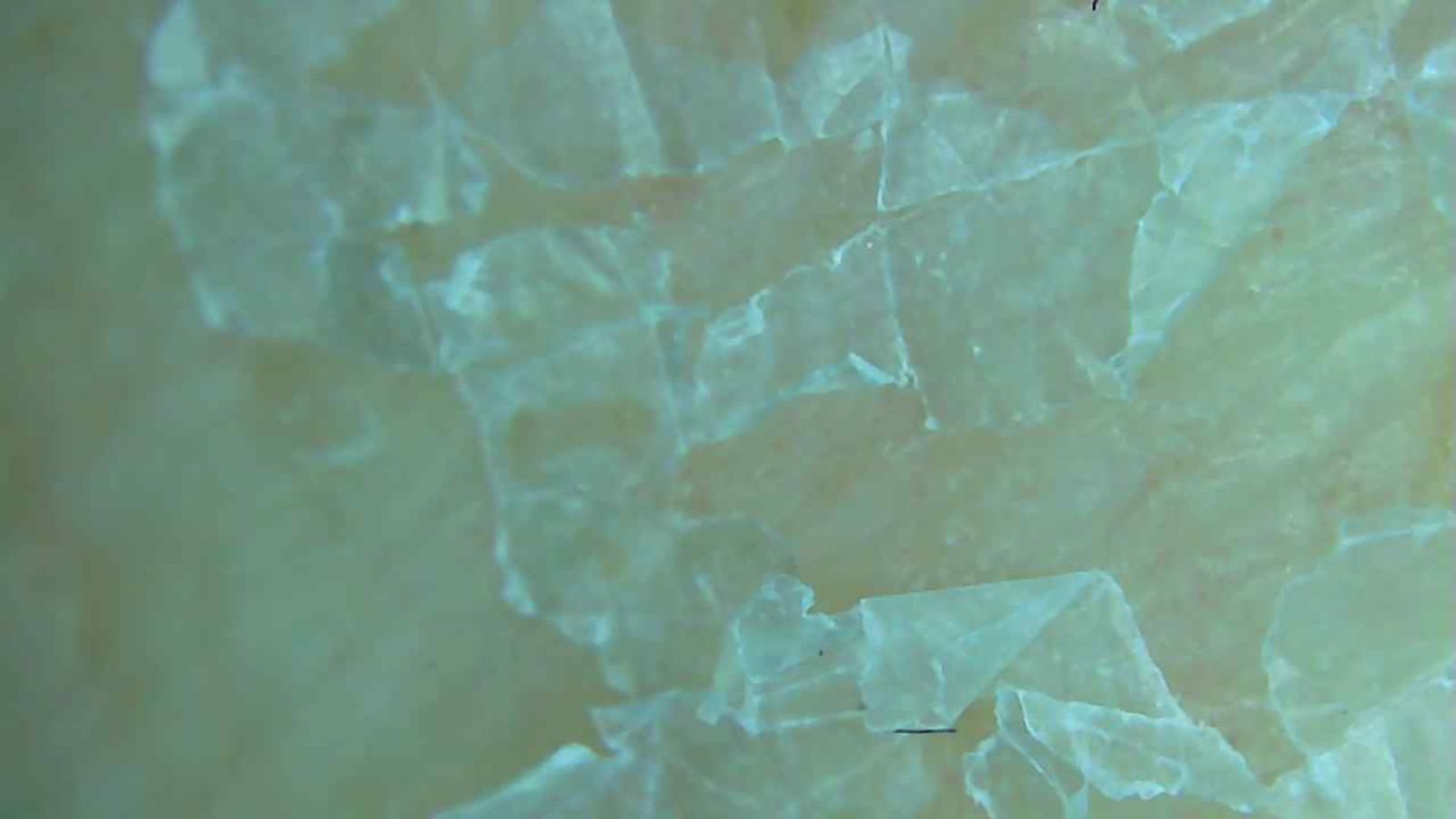
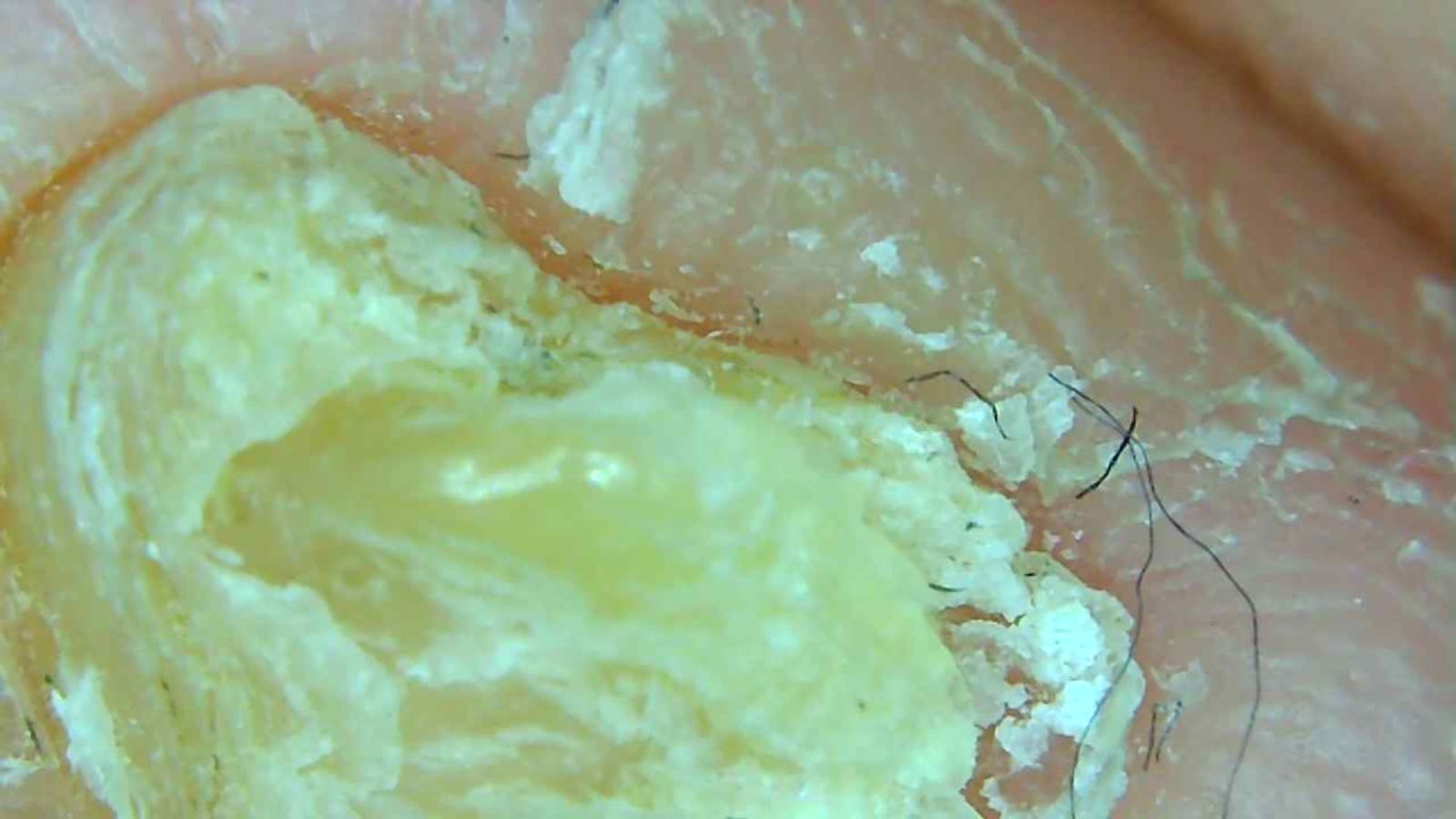
.jpg)
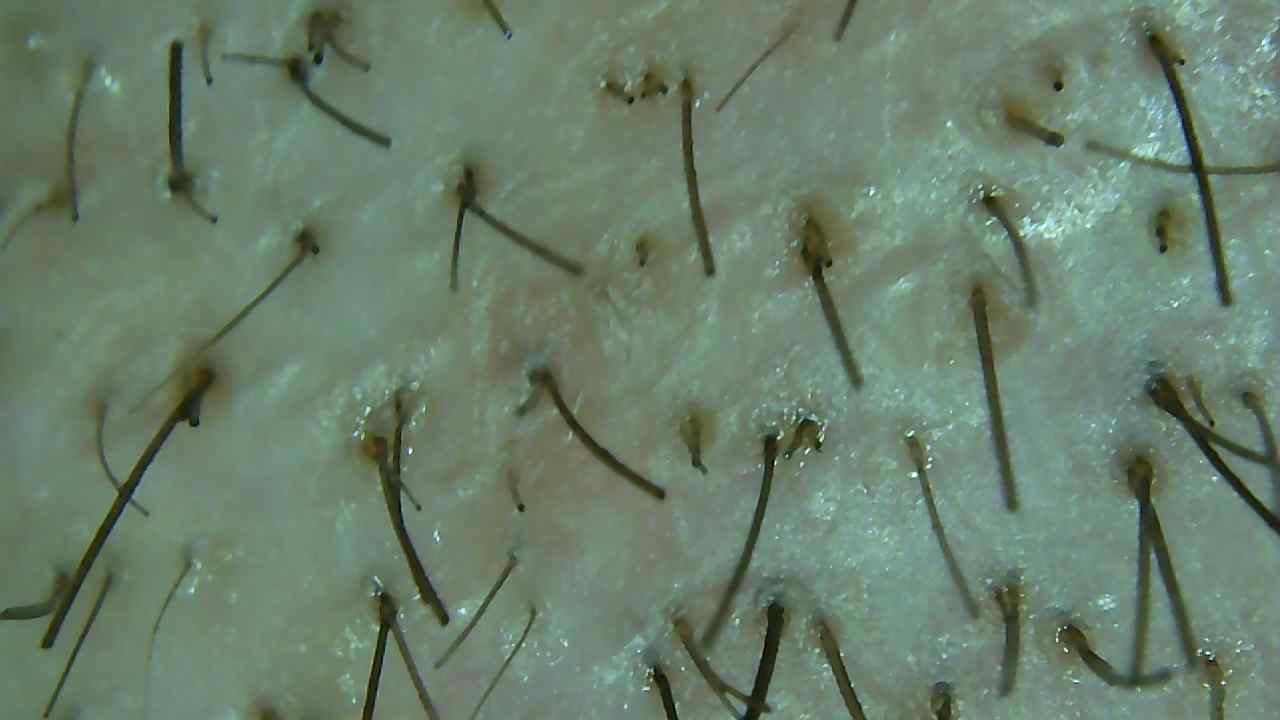
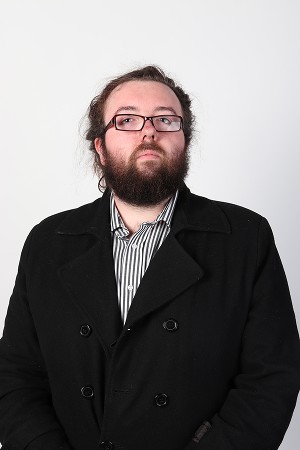
The Urban Environment in our society surrounds us to the stage of normality within our own mundanity. Features of the Urban may become embellished with noticeability once in unfamiliar locales, but after regular occurrence with the unfamiliar locales that one may visit, they diminish into the familiarity in our visual senses.
The normality of one’s view of the Urban Landscape may diminish, resulting in their surroundings simplifying into a series of shapes and solid colours representing the structures but in an unidentifiable manner. The importance of these structures to the viewer is seen as unimportant until they are sought to be identified.
This work is in response to the lack of noticeability of our urban environments. By simply only showing the viewer solid colours and geometric shapes, once arranged in a manner to represent an Urban Environment visually. Inspiration is taken from examples of urban structures that the viewer may be surrounding themselves in, but information to identify exactly what is present and where, is not given to the viewer.
.jpg)



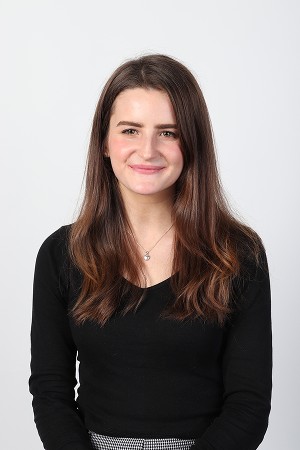
“It takes time for what has been erased to resurface. Traces survive in registers, and nobody knows where these registers are hidden, and who has custody of them, and whether or not their custodians are willing to let you see them. Or perhaps they have simply forgotten that such registers exist.”
- Patrick Modiano, The Search Warrant, 1997.
To create this body of work, I have collected fictional and historical stories relating to children with lost identities. In particular, I concentrate on records I have found of those who were sent out of Germany from 1938 on the Kindertransport, and in the present day, the children who search for refuge out of Mexico, travelling on the roof of a freight train they call La Bestia.
By collecting and constructing texts and found documents, I assemble ‘keeping places’ of official information which mingle with traces of human life as it is lived. Through drawing and mark-making my work explores ways of individualizing and disrupting organised systems of personal information.
These invented archival systems reference the use of paper archives, while also reflecting the digital storage of information we use today, both portable and assessible. By using mark-making and drawing techniques alongside fragments of text, my ‘collected records’ interact with one another, creating an archived conversation of marks and memory.

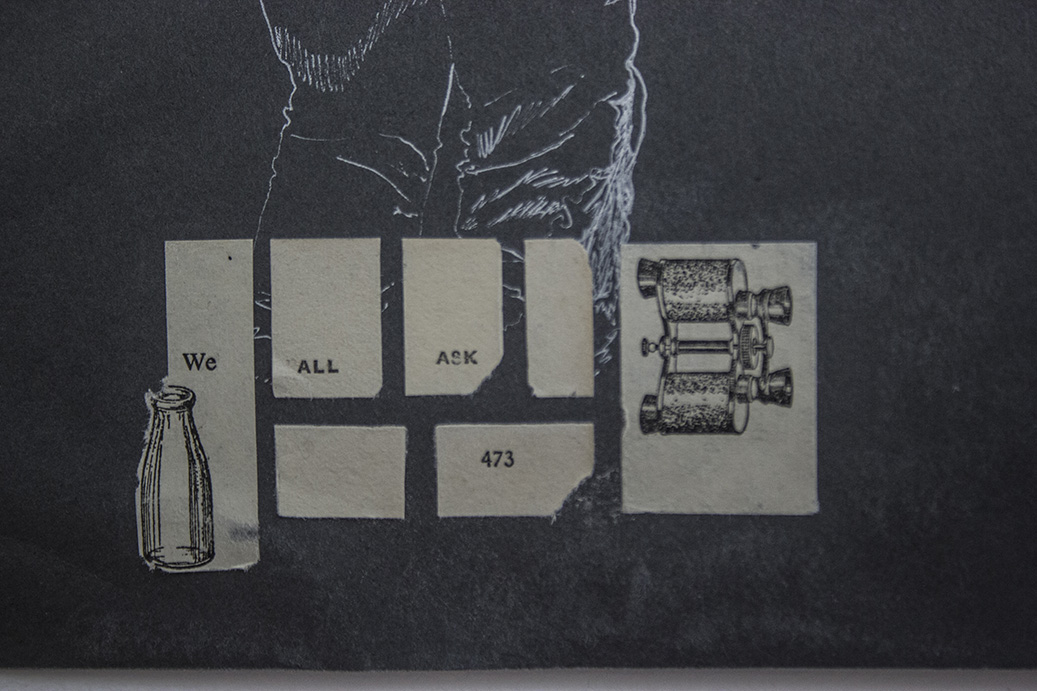
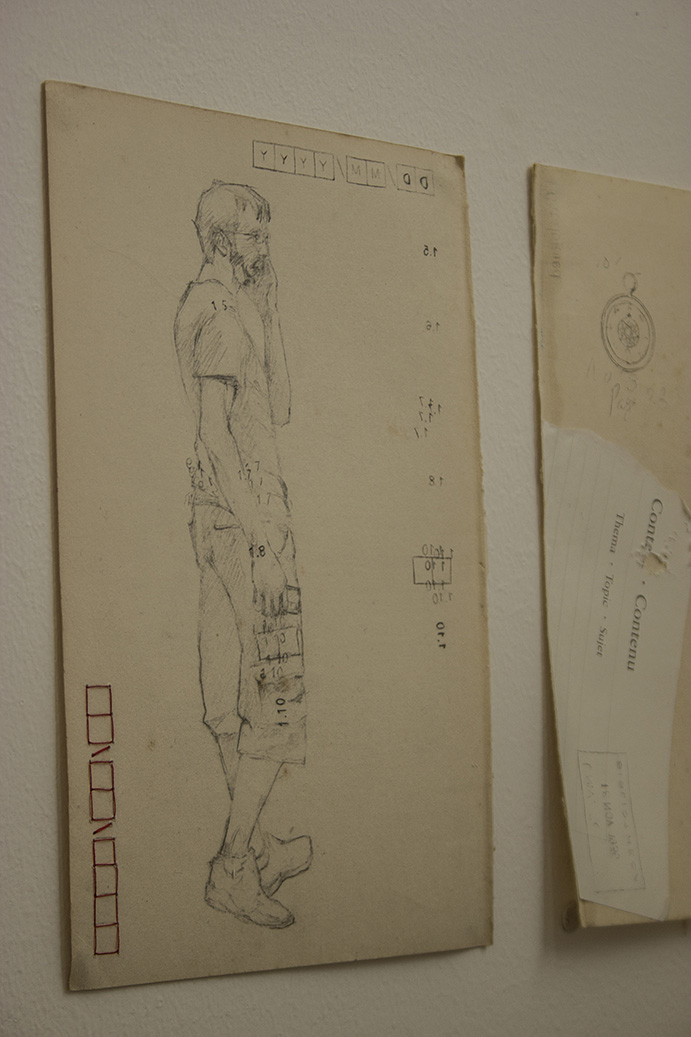
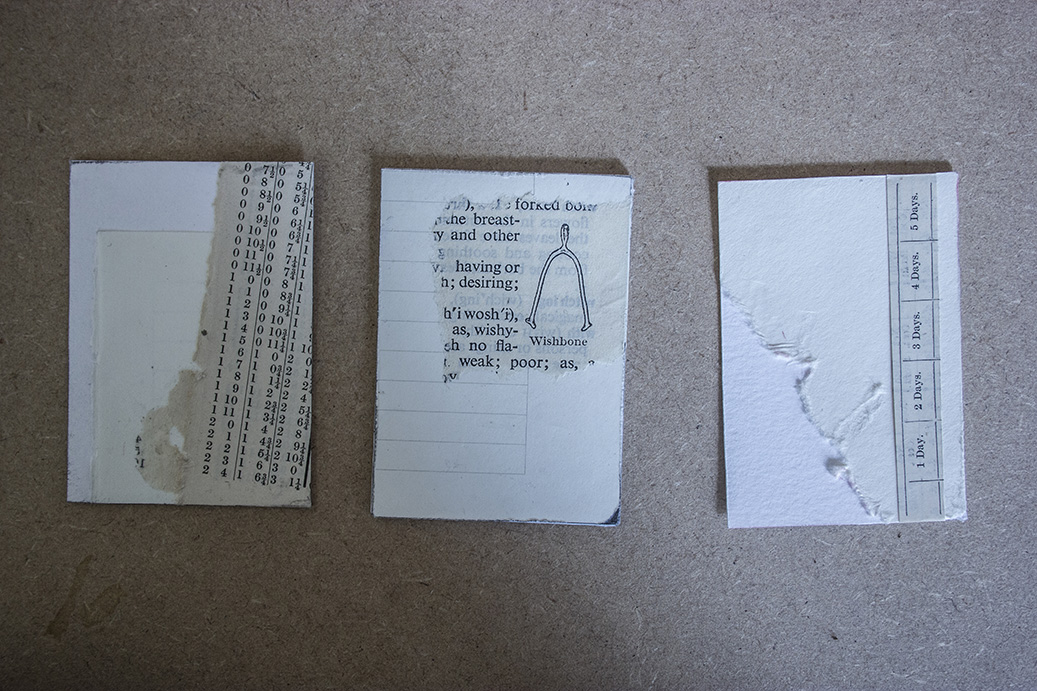
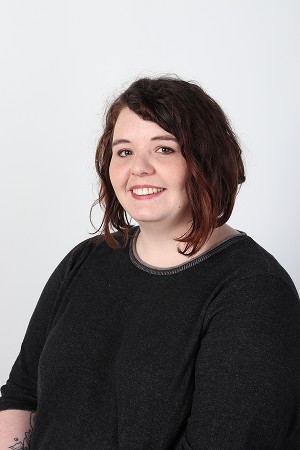
My work explores the issue of man-made toxins that destroy, mutate and invade our environmental and biological systems; such as, chemicals, plastics, synthetic material and Petroleum based oils.
I create darkroom camera-less images using light, and chance as well as image manipulation through photoshop.
Human Cells, Ocean bacteria and soil organisms are heavily impacted by man-made toxins. The interconnection between wildlife, nature and the ocean are an important influence on my work.
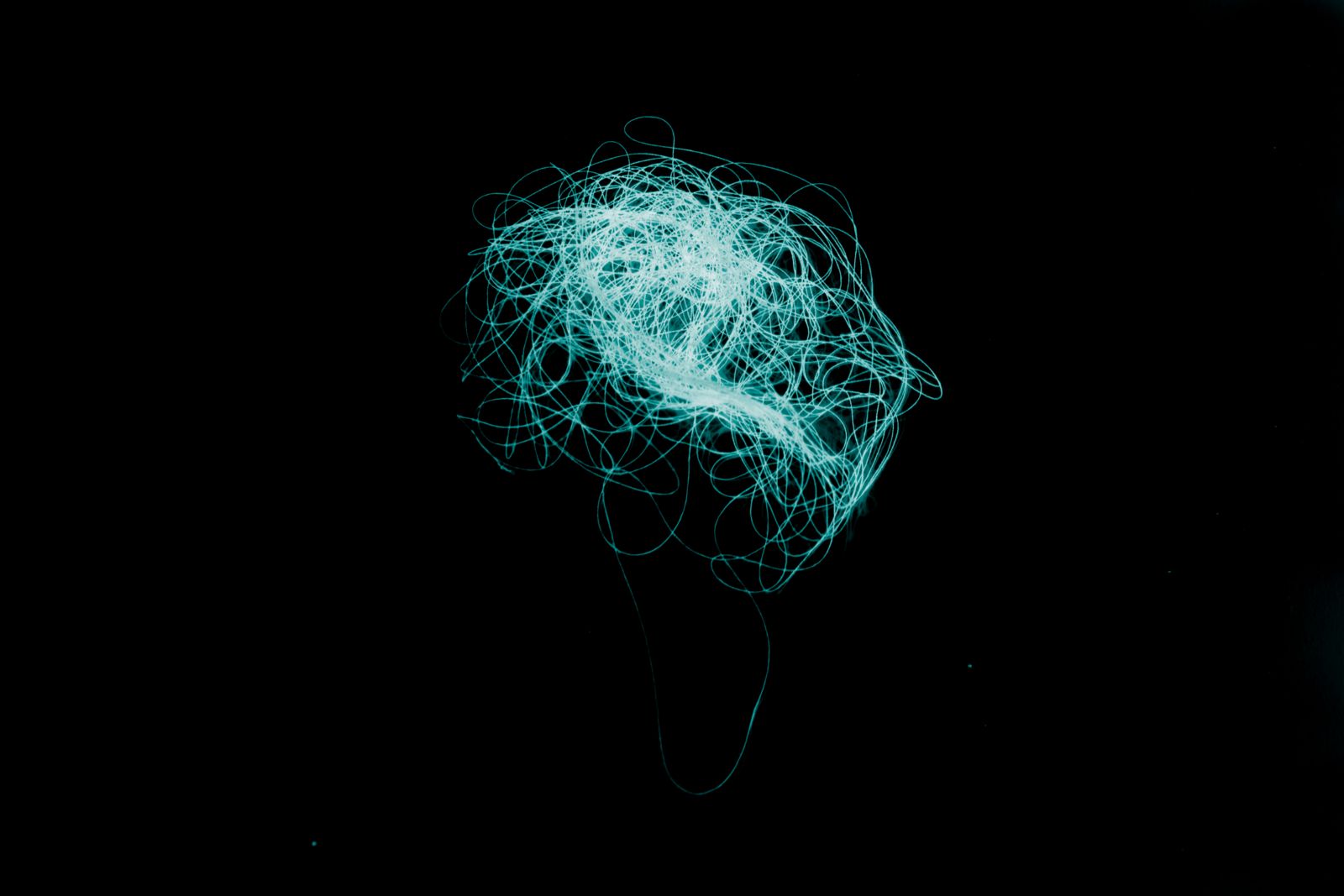
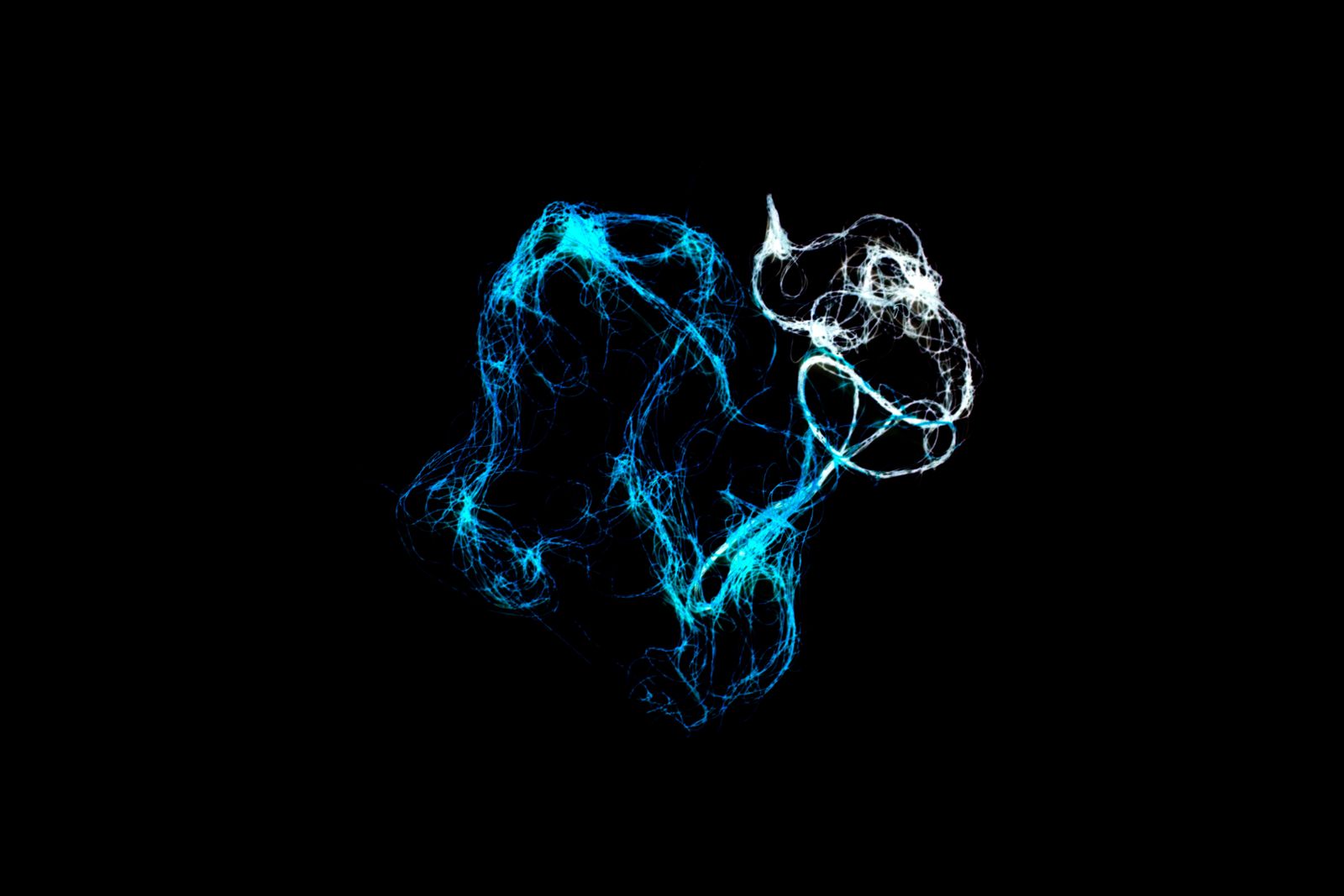
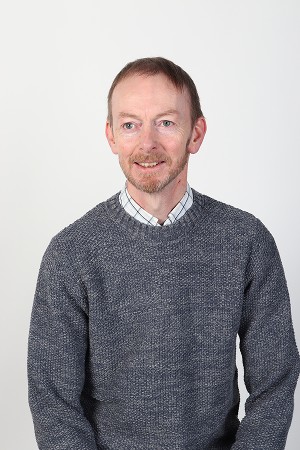
The artist draws inspiration for his works in sculpture and painting from history and human nature/behaviour in an effort to focus the attention of the viewer to the sometimes unknown and oftentimes ignored underlying consequences of our actions. The human species has come a long way, since first splitting rock and Flint to implement as tools and weapons, to splitting atoms and splicing genes; whether one has faith in anything or not; the majority of people in the world today are of the belief that we as a species are at a crossroads and the choices we now make will either be detrimental to future generations or lead to further innovation and discovery. For this body of work the artist puts to use one of the most ancient crafts (Flint knapping) to create for the viewer a sample of some of the poignant stages in the journey of human invention and innovation; in so doing this ancient craft becomes part of the art in which a moment of contemplation of progress, consequences and future possibilities arise. The chosen medium for these works is primarily recycled glass and mirrors; which reflect not only their own fragility but that of the viewers and the surrounding environment.
‘One way or another, I regard it as almost inevitable that either a nuclear confrontation or environmental catastrophe will cripple the Earth at some point in the next 1,000 years, By then I hope and believe that our ingenious race will have found a way to slip the surly bonds of Earth and will therefore survive the disaster. There is no time to wait for Darwinian evolution to make us more intelligent and better natured, we are now entering a new phase of what might be called self-designed evolution.’ - Stephen Hawking.
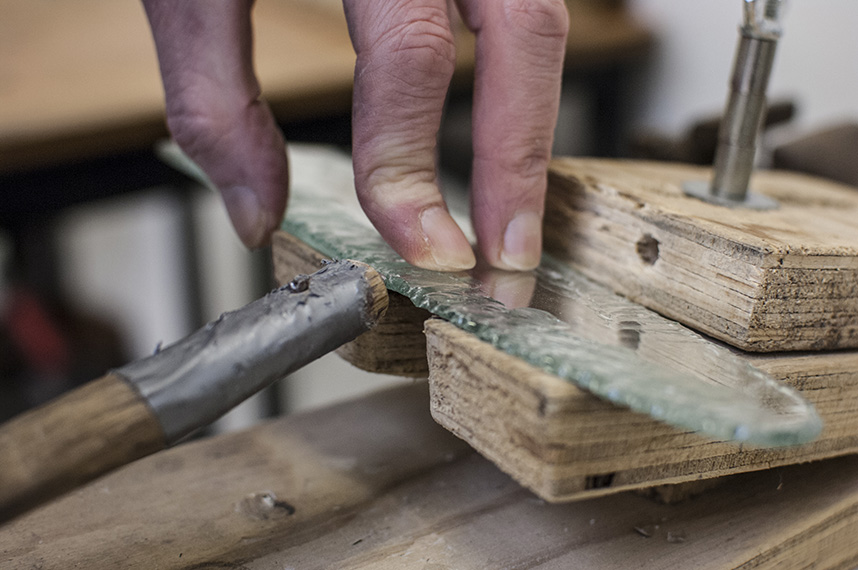
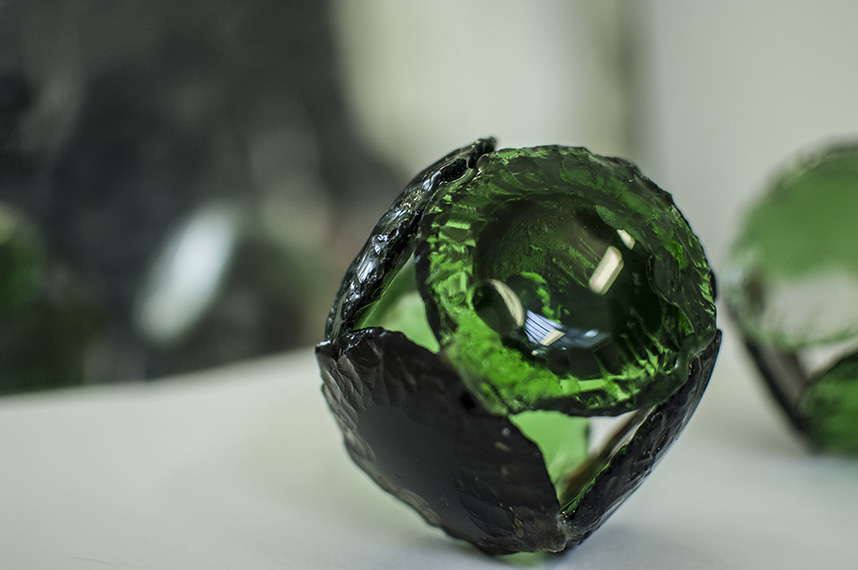
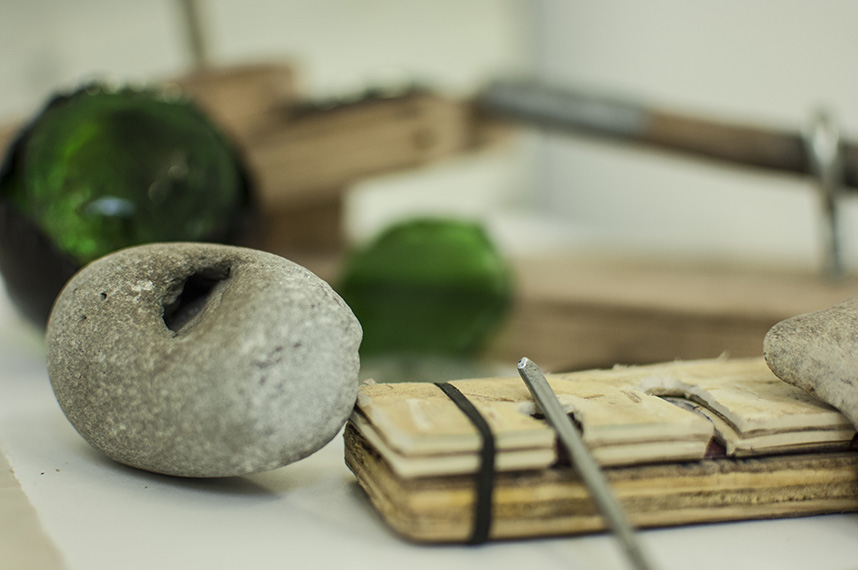
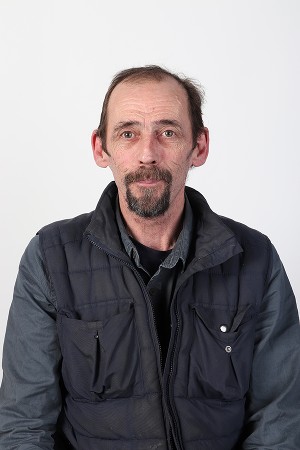
I am an artist who mainly works with sculpture. By questioning the concept of movement, I find that movement reveals an inherent awkwardness, a humour that echoes our own vulnerabilities.
I also consider movement as a metaphor for the ever-seeking an who experiences a continuous loss.
I create situations in which everyday objects are altered or detached from their natural function. By applying specific combinations and certain manipulations, different functions and/or contexts are created. I use iron, steel and copper which seem to hold the memories of their previous lives.
My work demonstrates how life extends beyond its own subjective limits and often tells a story about the effects of global cultural interaction over the latter half of the twentieth century. This is referencing the internet and the digital age. It challenges the binaries we continually reconstruct between self and other, between our own ‘cannibal’ and ‘civilized’ selves.
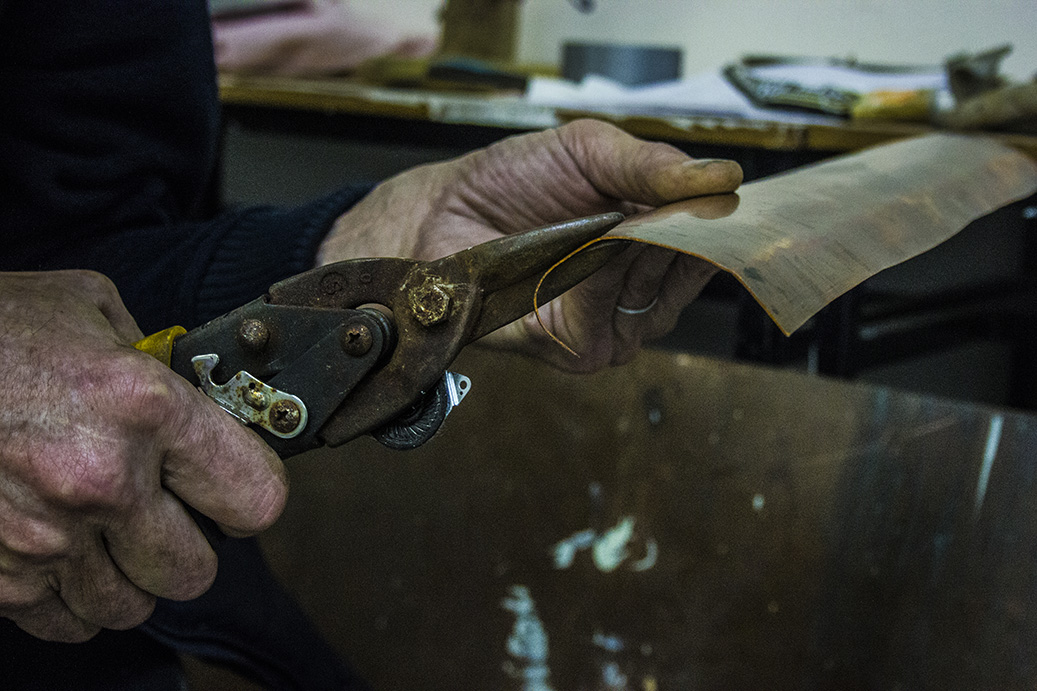
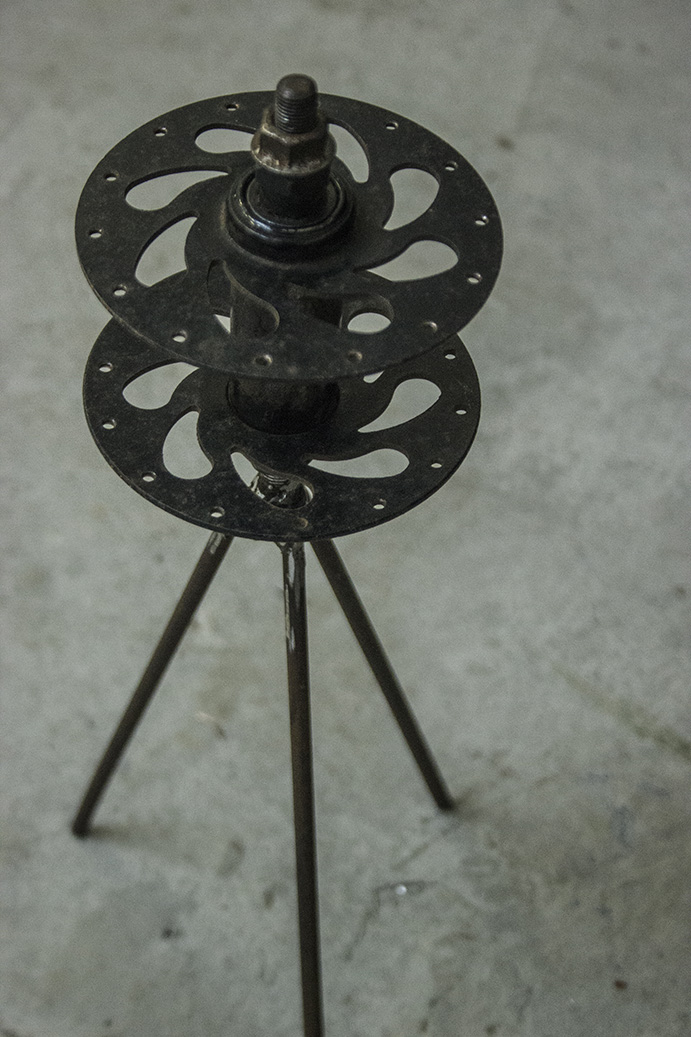
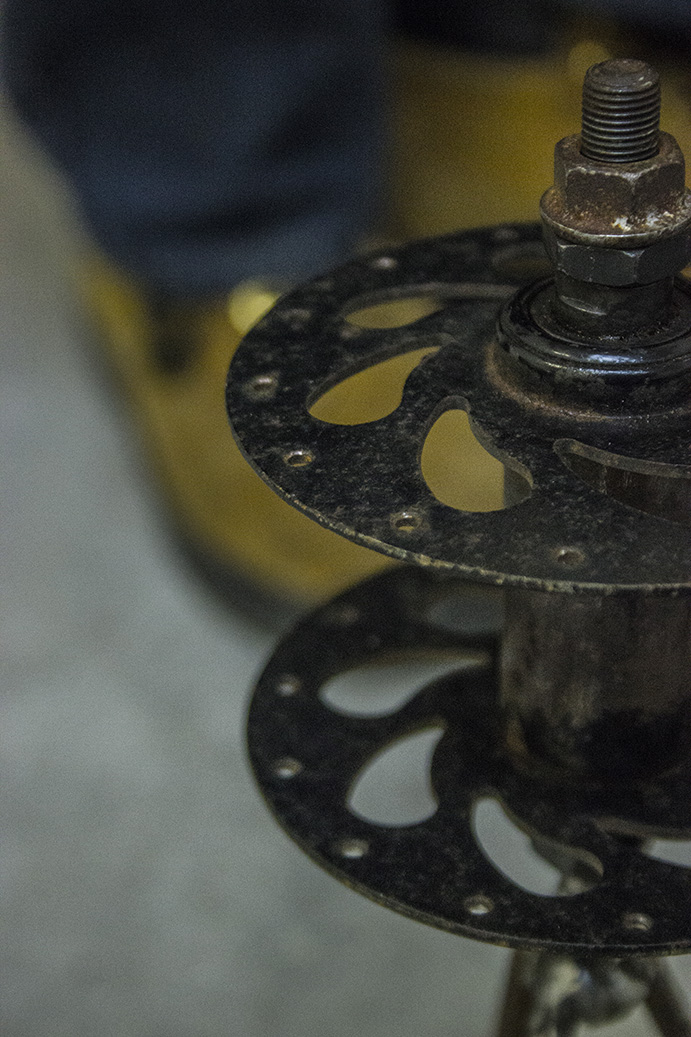
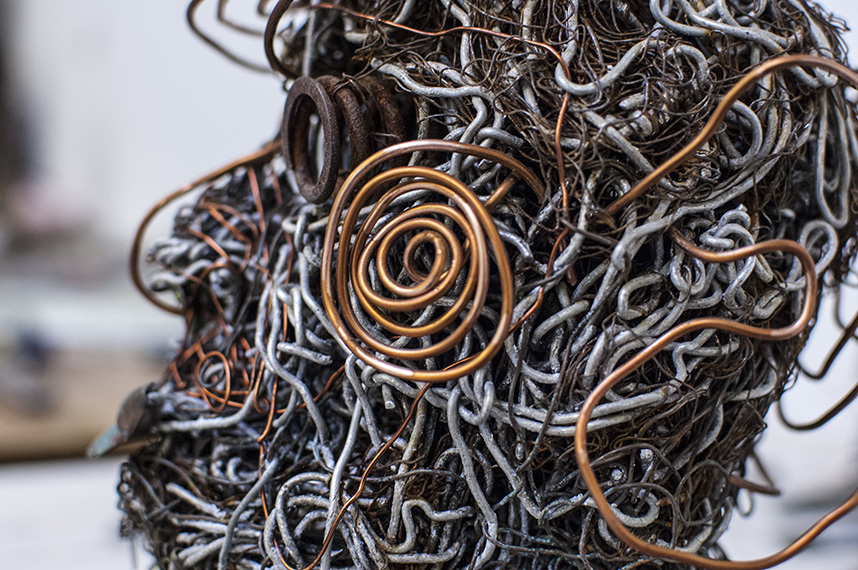
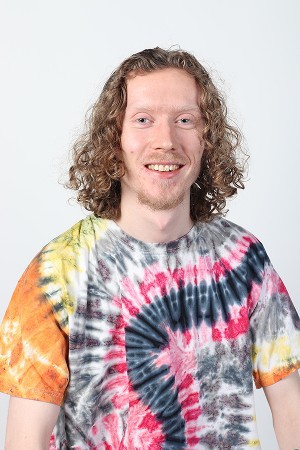
Artist Statement: The artist works mainly in video and photography, exploring themes related to society and our use of technology. Influenced by surrealism and philosophy his work provokes thoughts that get us to question ourselves and reflect on society. “... just as early industrial capitalism moved the focus of existence from being to having, post-industrial culture has moved that focus from having to appearing.”- Guy DeBord.
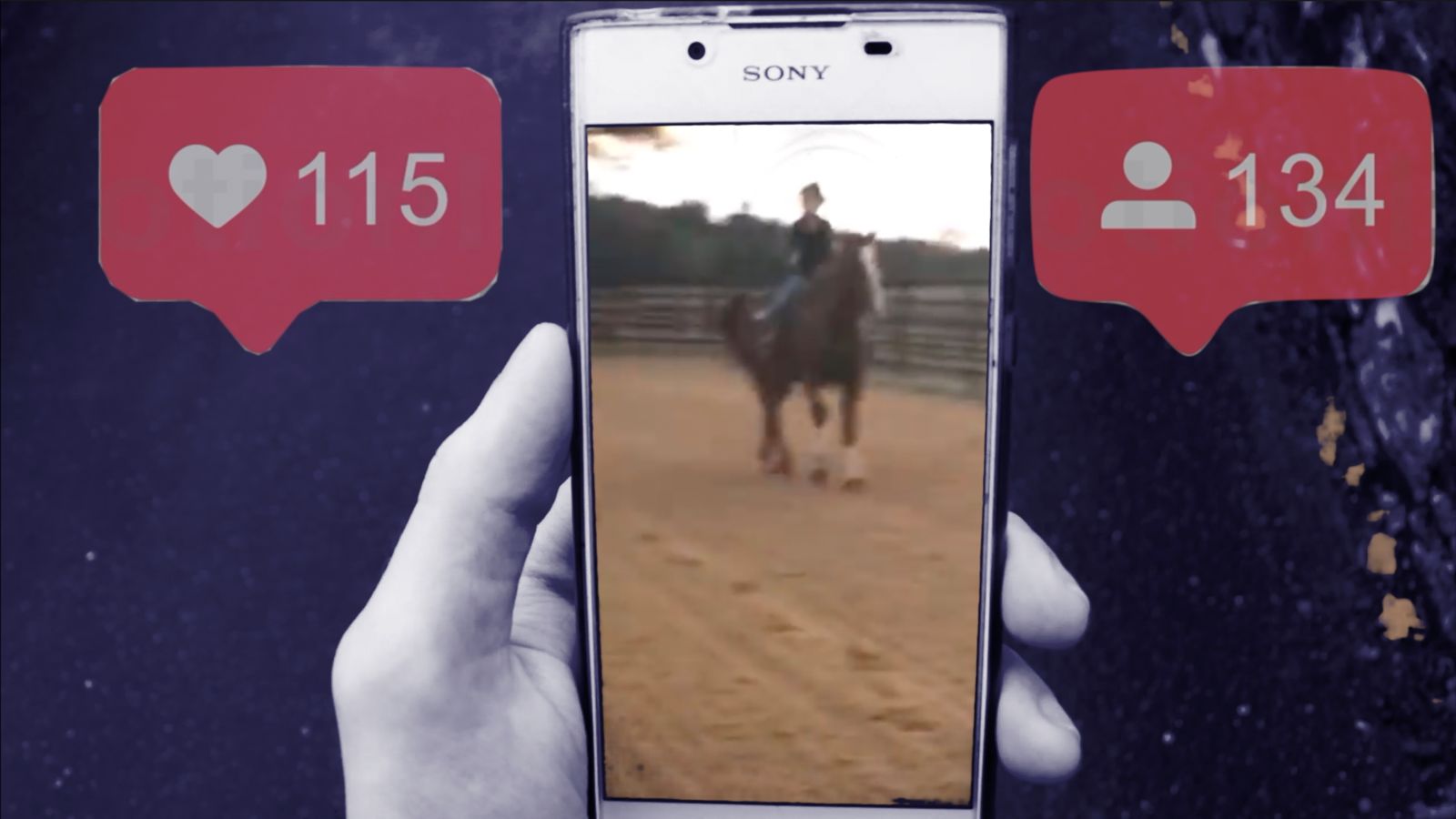
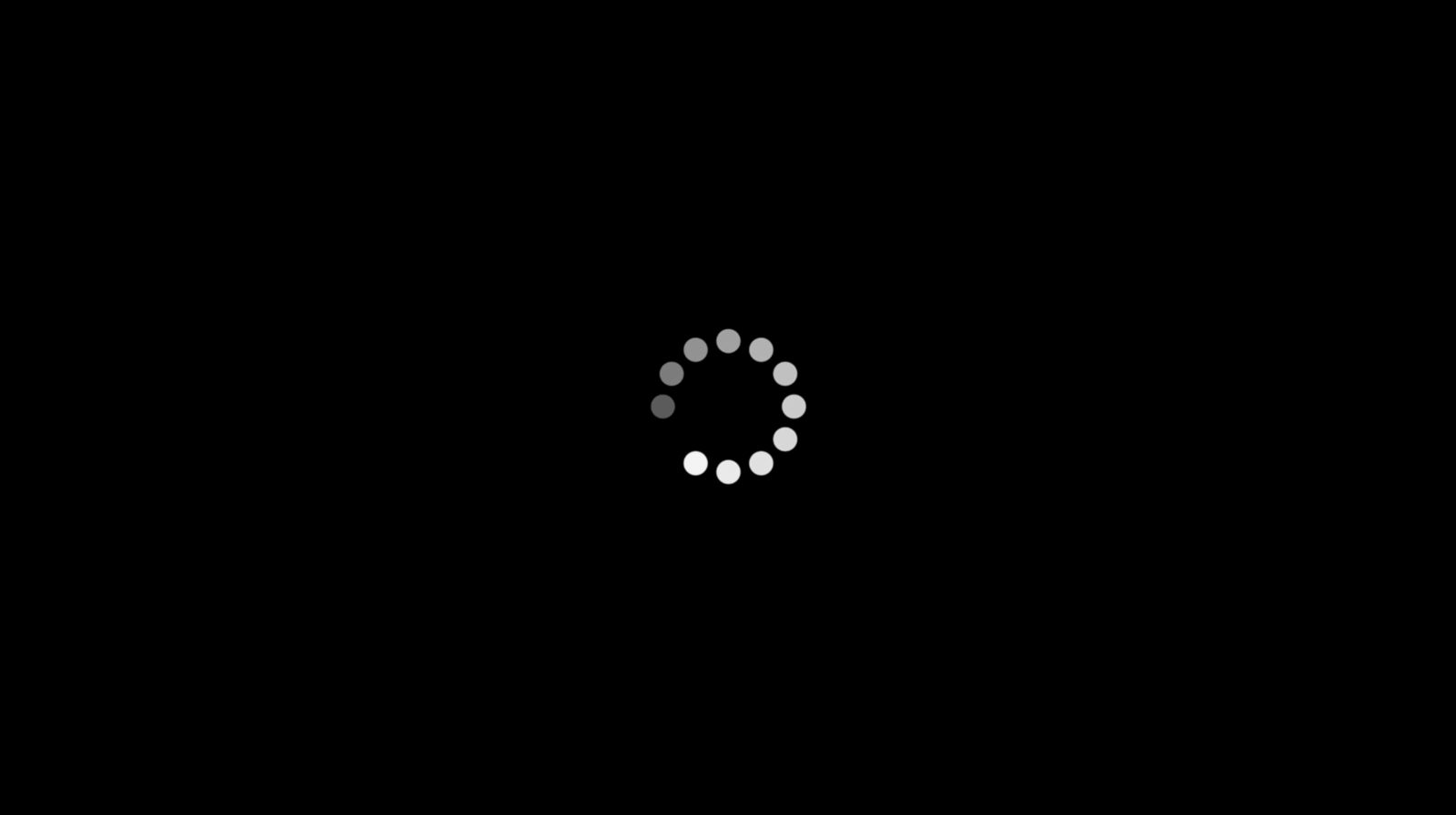

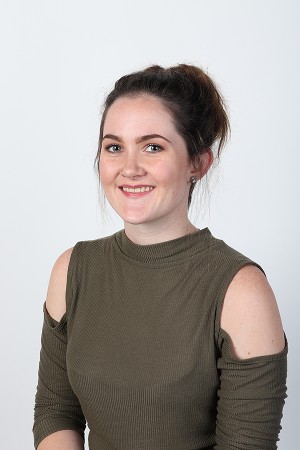
My work explores a relationship between materials, cultural heritage, travel and entanglement.
The sculptures are made from rusted metal bars with imagery of traveled landscapes projected onto the sculptures to create a mass of entangled shadows. The rusted steel of the sculptures reflect the vibrant red landscapes of South Africa while the cars themselves have been inspired by wire cars often played with by South African children. Each of the cars symbolise someone or something personal to my life in South Africa while the rust strikes a conversation between iron rich soil, iron oxidation and us as humans with our iron rich blood. I’ve used bars and caging to mirror my experience of home security living in South Africa, and through projection have created numerous shadows to create a sense of entanglement and envelopment.
Instagram: j_linsay_brown
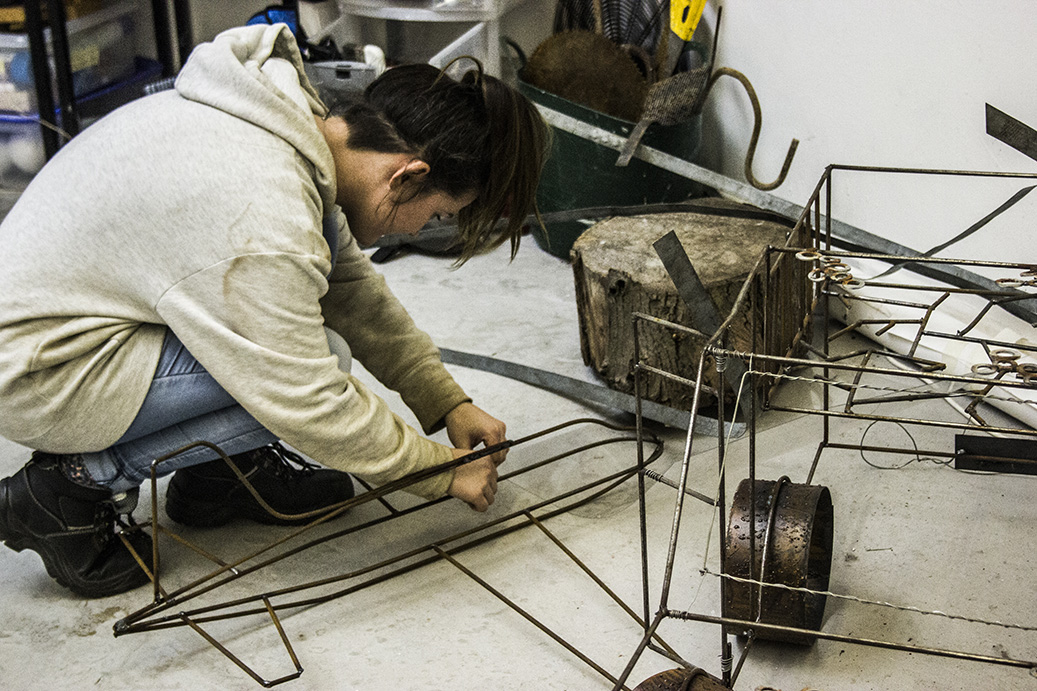
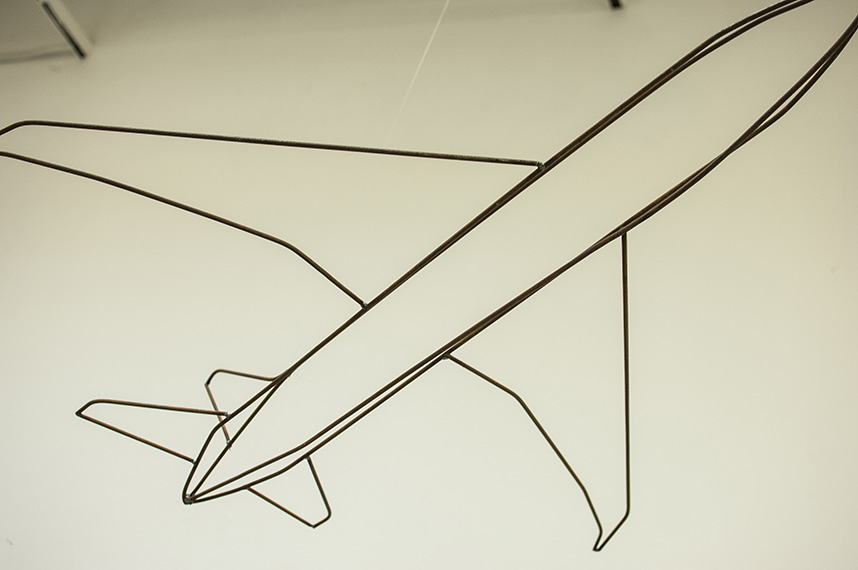
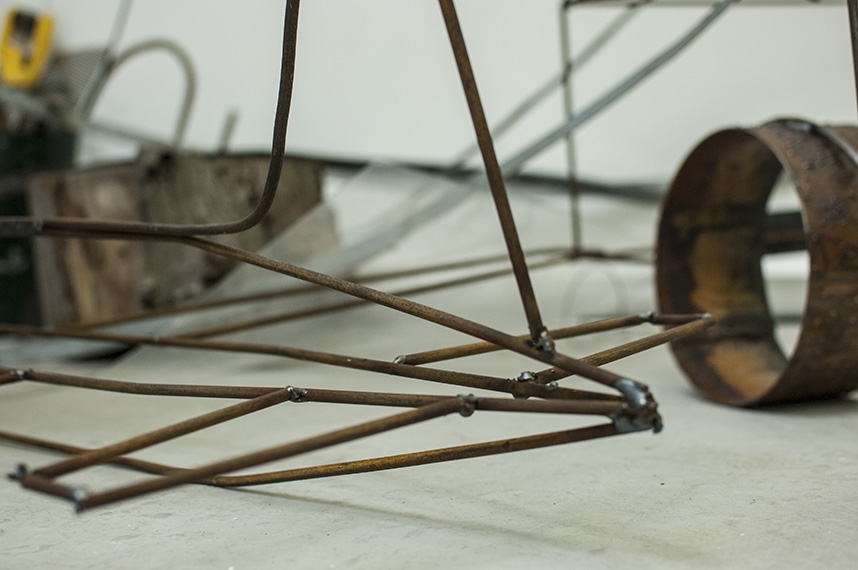
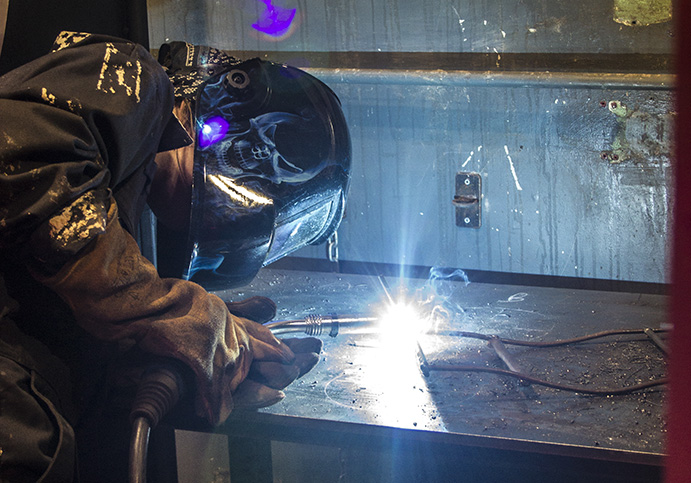
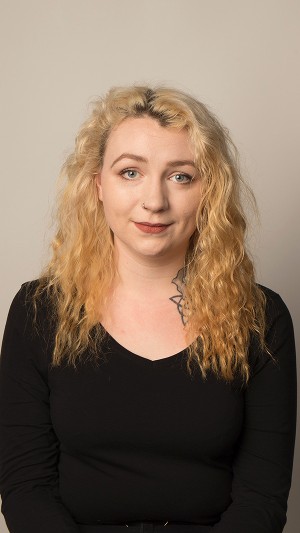
The work is inspired by use of language in the construction of social hierarchies and the rupturing of collective identities. It explores zoomorphism, the assignment of animal characteristics to humans, as a technique that is used to reinforce authority over women. Terms such as ‘bitch’, ‘cow’, ‘chick’ and ‘bird’ are regularly assigned to women and can offer insight on the role given to women in society.
The layering of ‘cut-up’ female body parts with the fragile, ‘decorative’ birds describes the role of gendered, derogatory language in fracturing and constructing identity. Women are consistently referred to as various forms of birds, connoting ideas of helplessness, non-sensical talk and existence for man’s consumption. The structure lines in the work act as a cage for the severed bodies and birds, as language in assigning a social hierarchy.
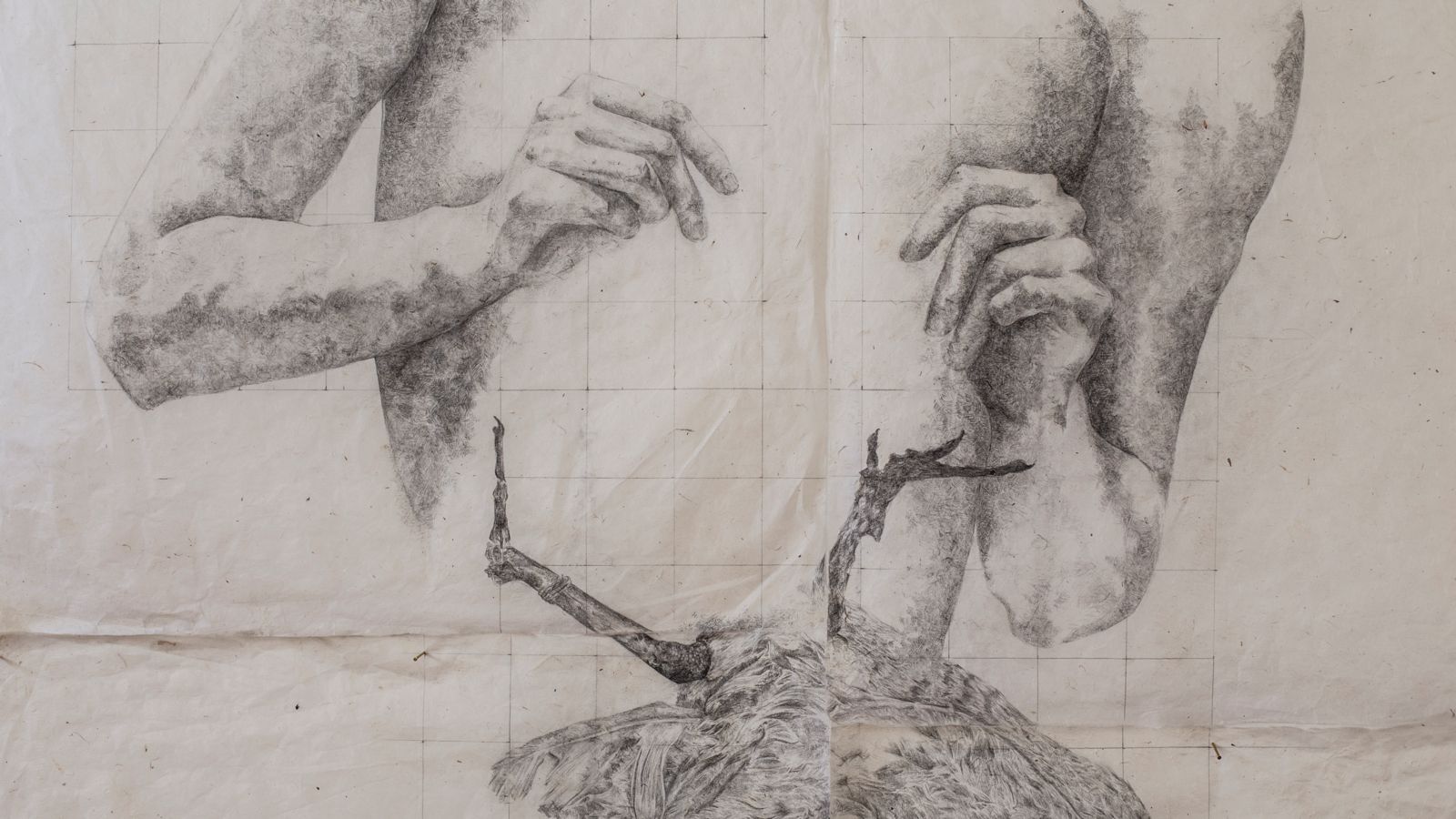
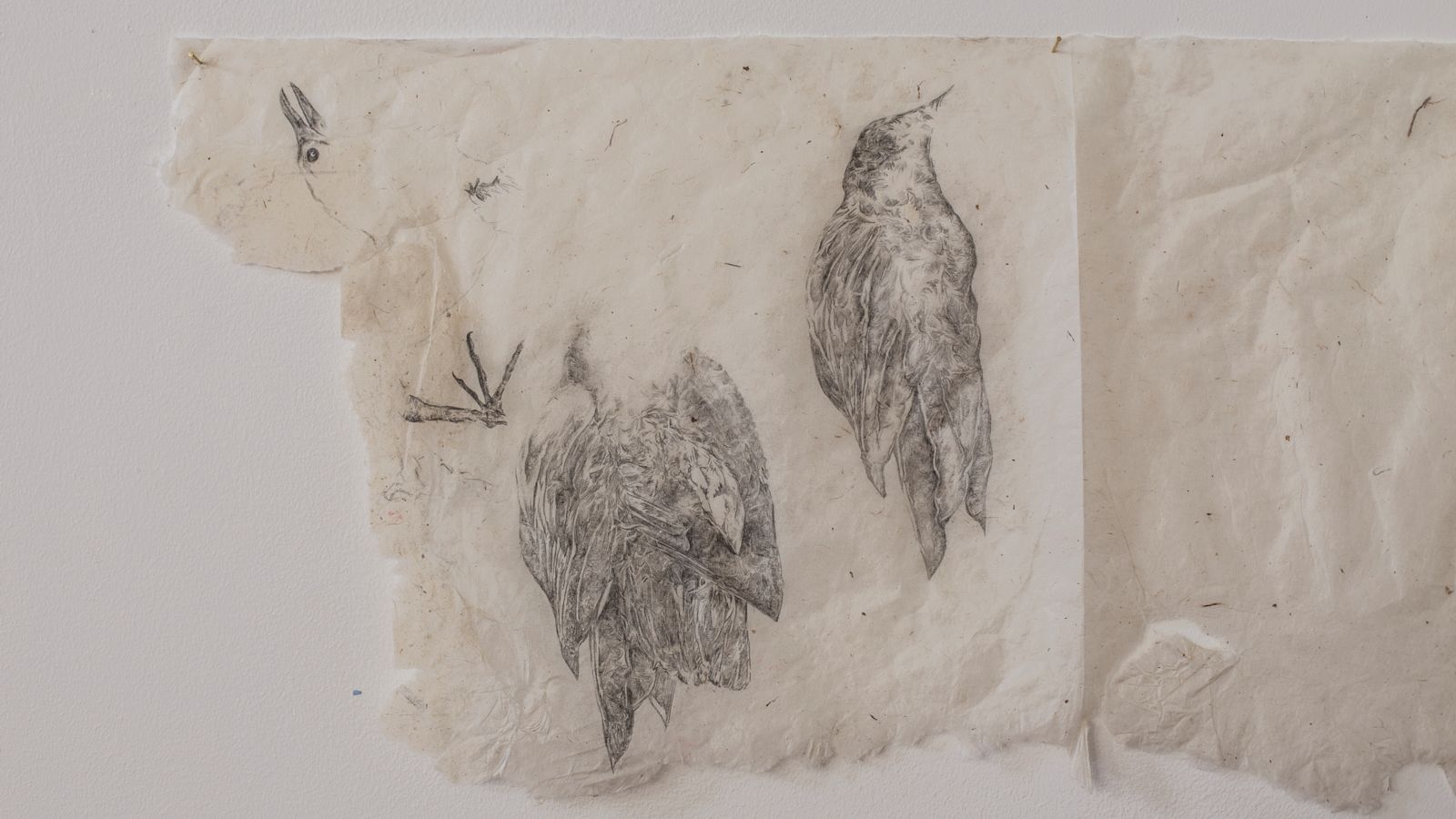

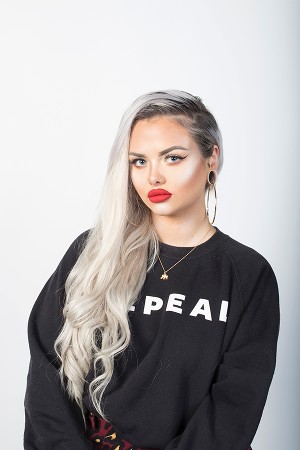
The idea of The Female Gaze is what drives me to make work. After reading Laura Mulvey's renowned take on the “Male Gaze”, I decided to attempt to start creating imagery through my own struggle with internalized misogyny, and visual conflict. The male gaze is the idea that a heterosexual male viewpoint is the default for majority of visual art, and this leads to the objectification of women. This form of spectatorship is invoking sexual politics through visual language and silencing our portrayal of thoughts and desires, even in the most mundane and everyday circumstance. I am using influences and inspirations such as Petra Collins, Carrie May Weems and Simone de Beauvoir.
The Female Gaze is the counter product of this, where a woman creates work, from a woman’s point of view. It’s emotional and intimate. It seeks to empathize rather than to objectify. It’s respectful, it’s technical but it hasn’t had a chance to develop, it tells the truth, it involves physical work, it’s feminine and unashamed.
This work is made through the camera-lense and is based around the model and her ever-shifting viewpoint, how she is consuming us visually, and is, in turn being consumed by the image, as women often are. I would like for the work to be considered dreamy and hyper-feminine, this is why I have chosen to print some of my work on textiles, Originating from the sexual division of labor and appointed roles of domesticity, textiles have a long history of being regarded as ‘women’s work'.
Website: https://drybitxhart.site123.me
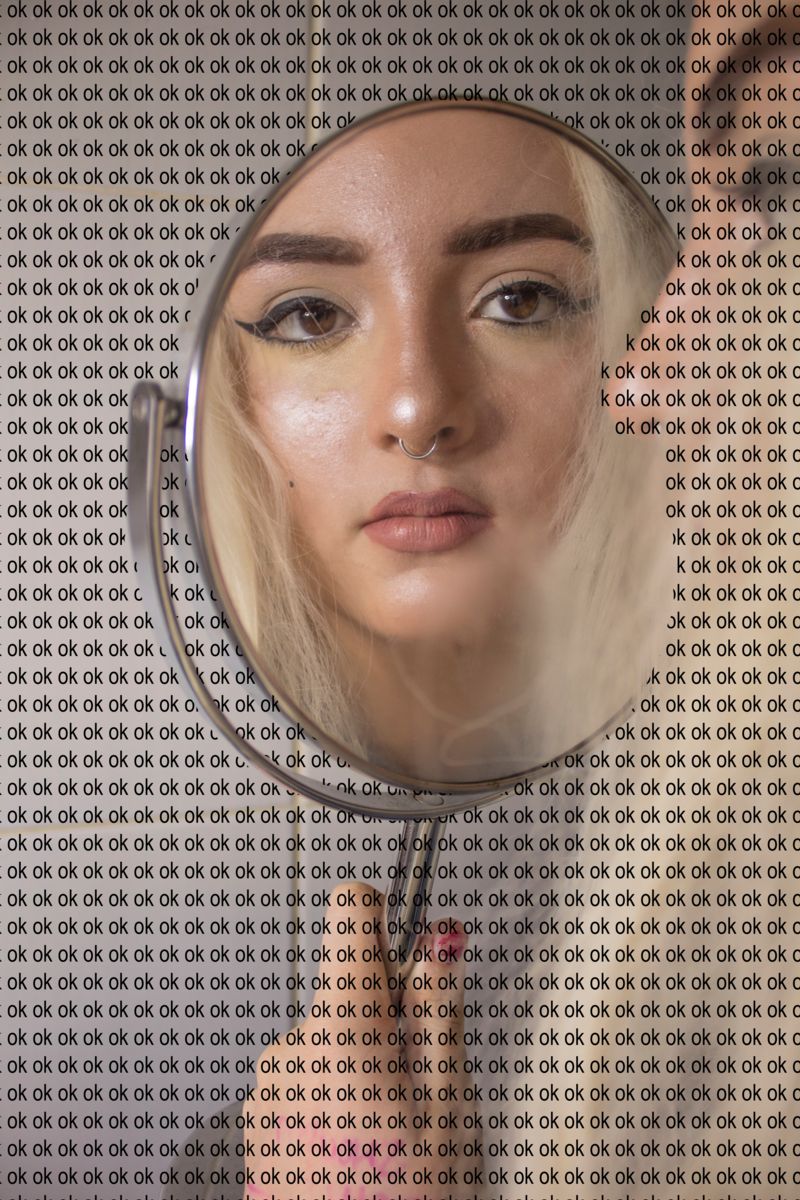
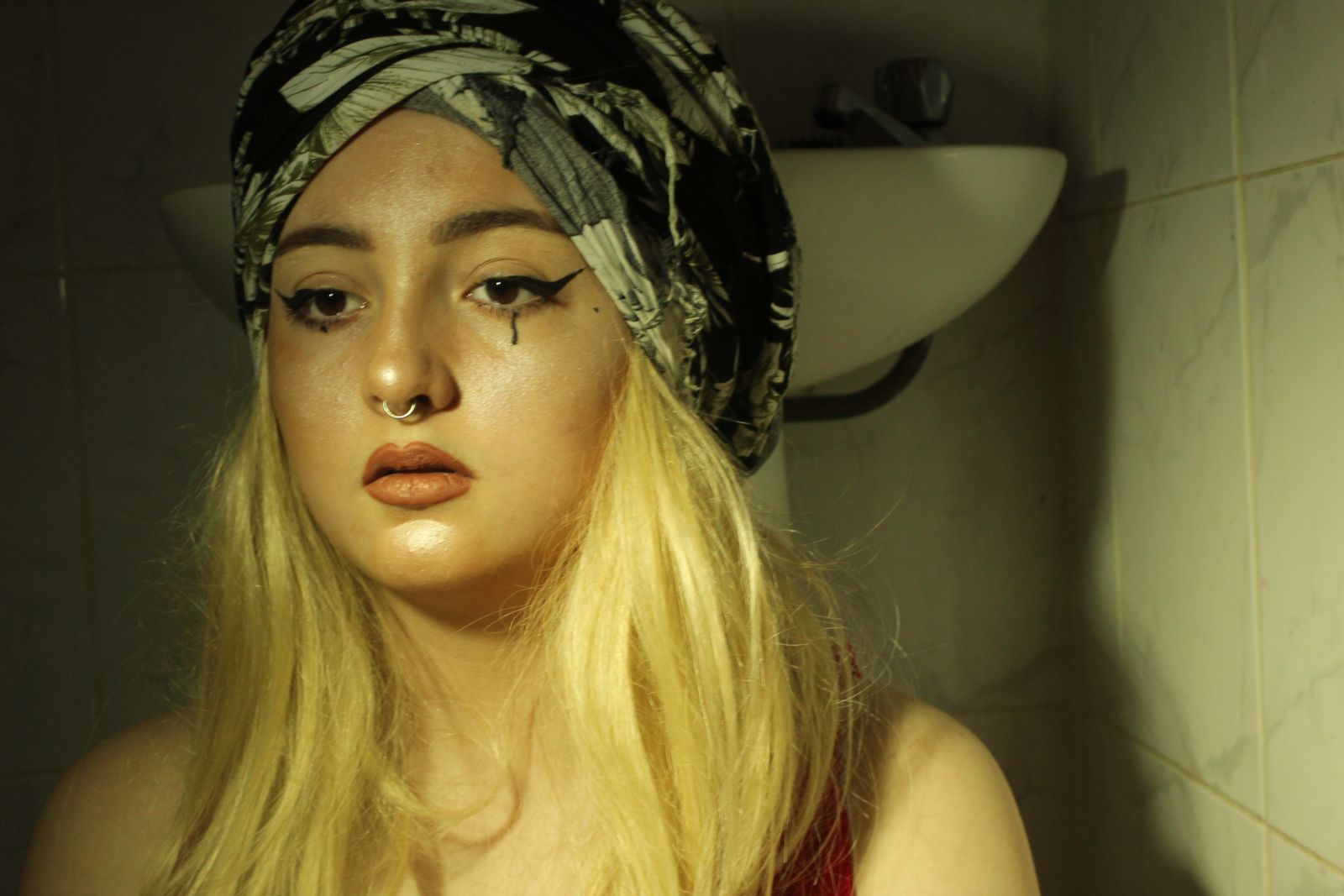
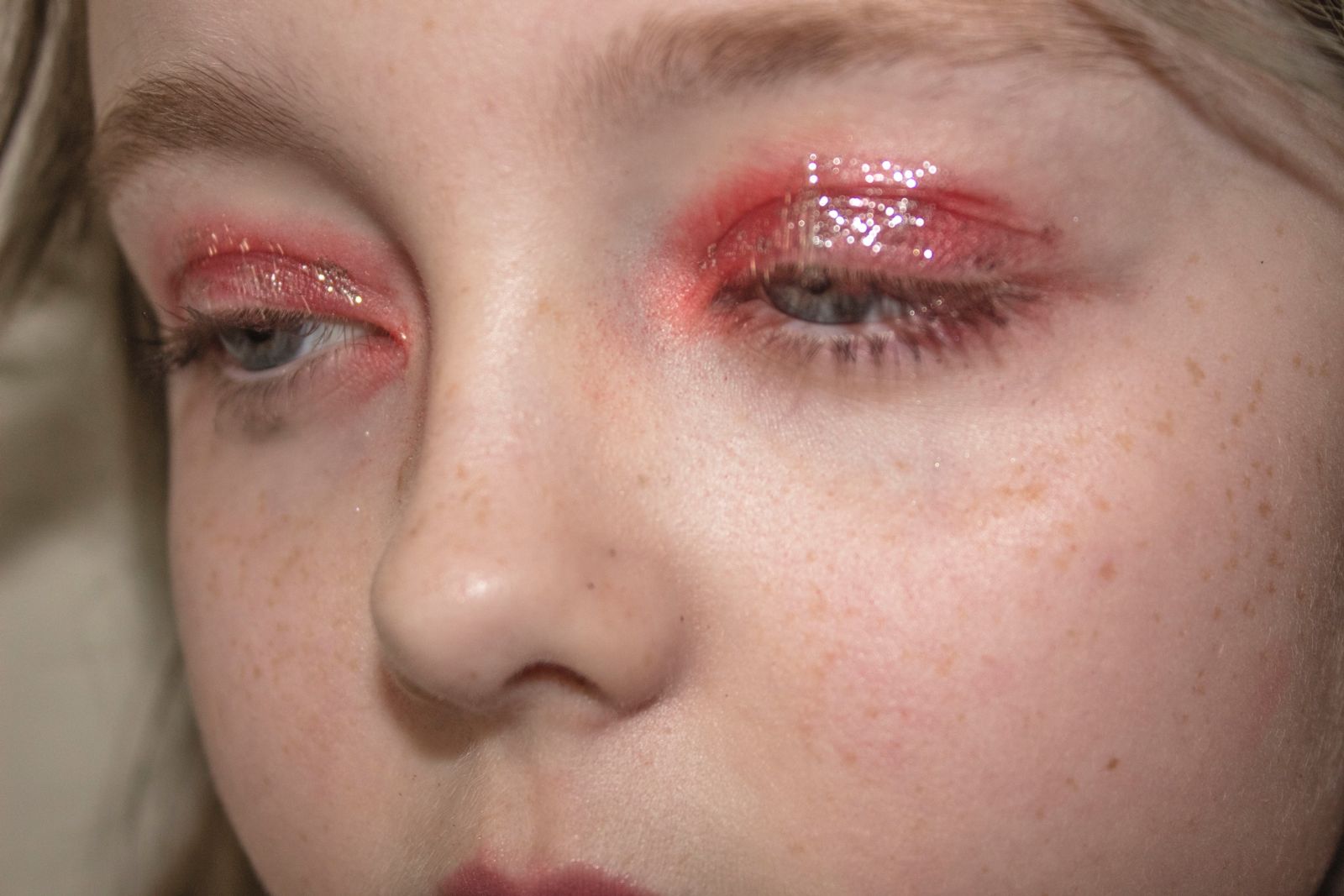
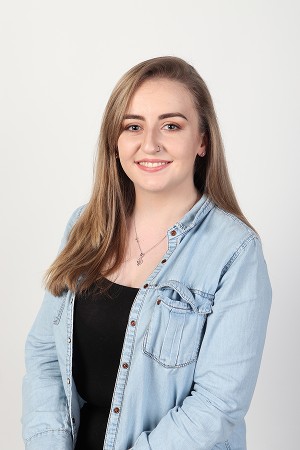
My work explores sickness within the body. The work in this series looks at how easily disease can be spread if it is not closely monitored and contained in a confined space. My process is influenced by artists such as Anna Dumitriu, Leonardo da Vinci and Elizabeth Jameson, whose works are strongly science based and looks at both bacteria within the body, disease and the anatomy of the human body.
To communicate this concept, I use the process of fluid painting, which is where you mix pouring medium with acrylics to make them more fluid and then pour them onto a surface, and the process of screen printing. The use of colour is important in my work as I use colours such as pinks, red, and skin tones to represent the healthy cells within the body and colours such as greens, browns and yellows to show the illness/infection taking over the body.
Instagram – katies_artjournal
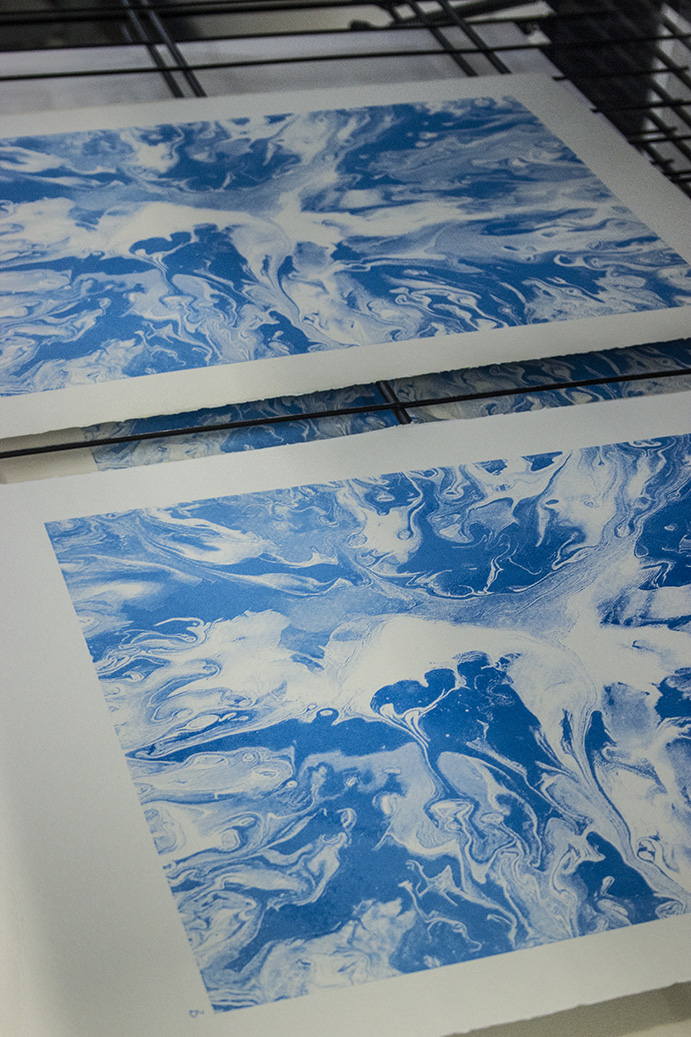
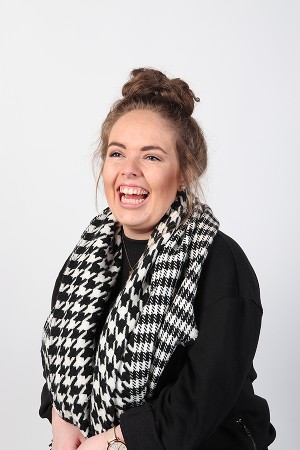
Focusing on the livelihoods of the Irish Community and their stereotypes in my work, I focus on the most common Irish traditions and how they fit into the contemporary.
Using a mixture of mediums, I create drawings, paintings and images. These images aim to capture the traditional way of life, it’s modernity and sometimes bonds both into the one piece.
I focus mainly on what is going on in Ireland in the here and now, the positive aspects and the not so positive, basing my work around how we see Ireland today and how Ireland stands globally.
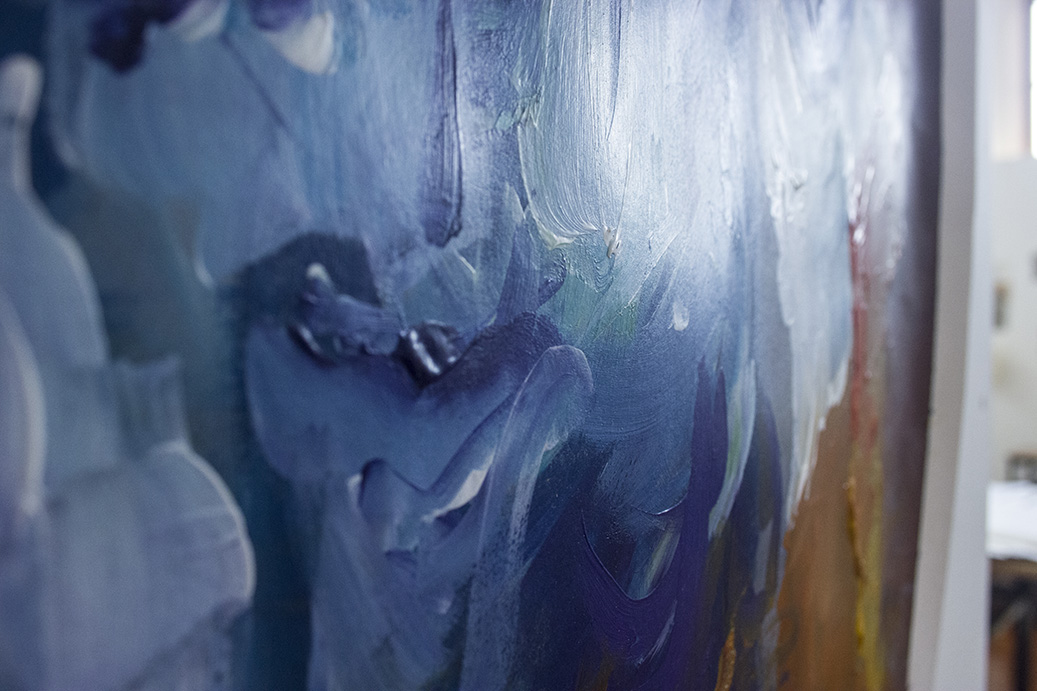
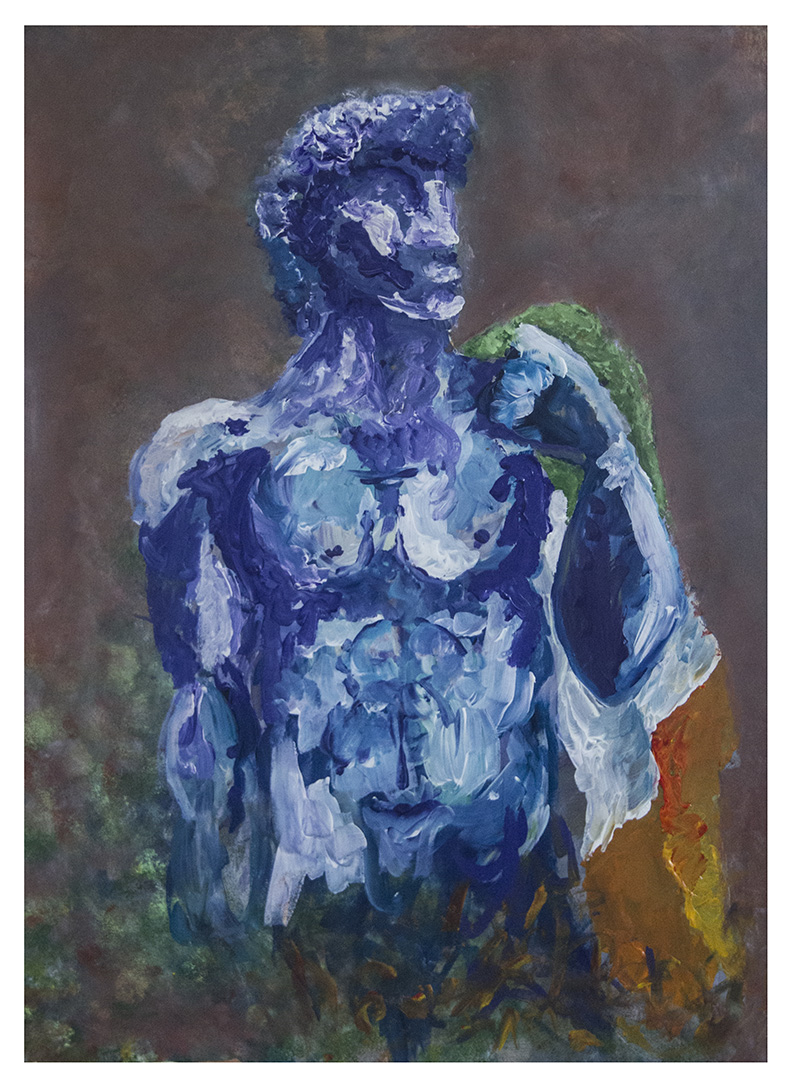
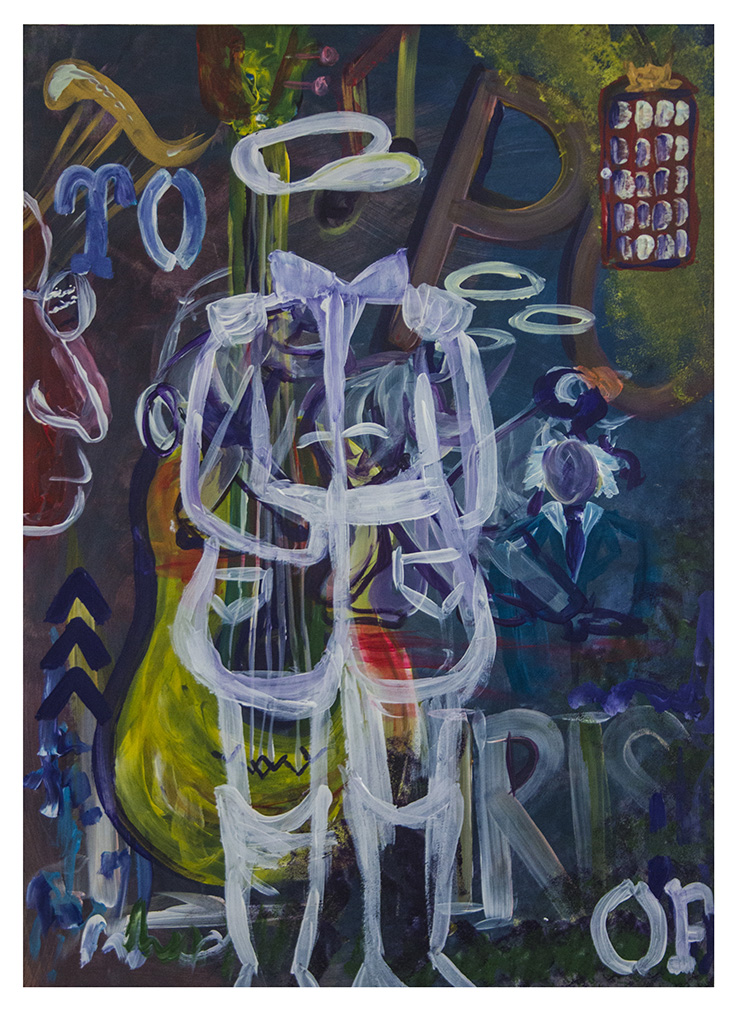
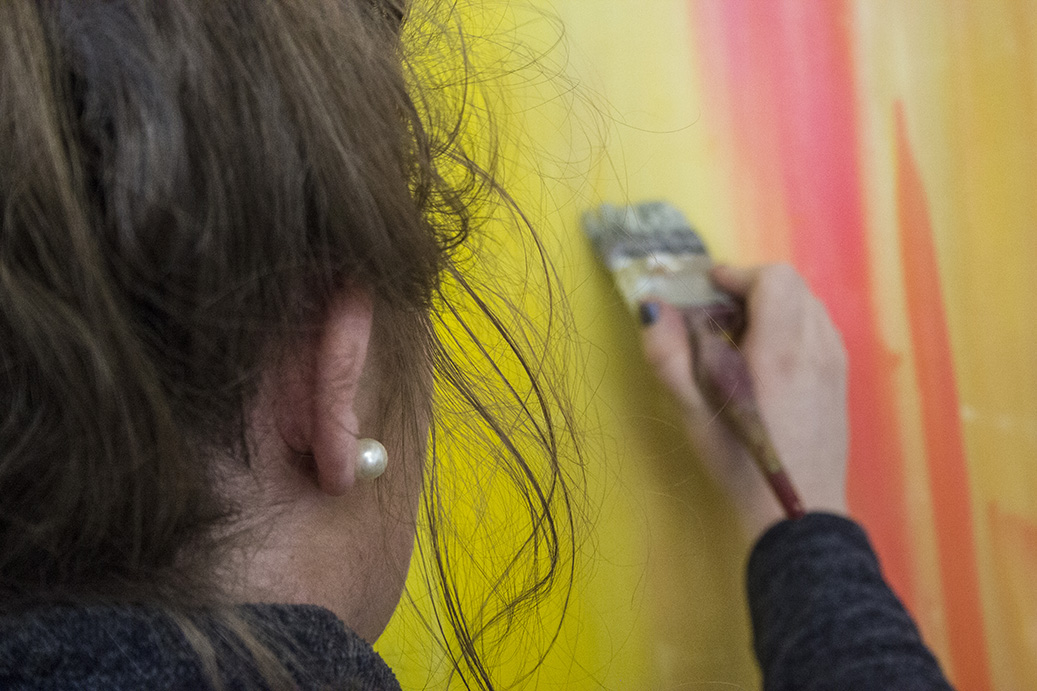
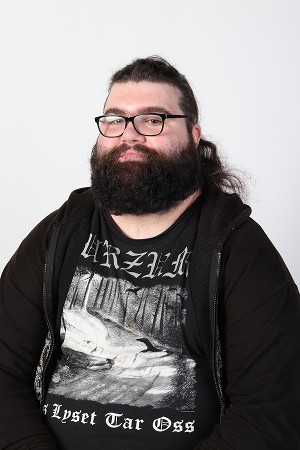
Artist or Research Statement (200-350 words is plenty): My work depicts places or objects that may be associated with someone living with depressive disorders. These places are banal, ordinary and every day, areas that would go unnoticed but have become routine to this person. These places can also be a visual metaphor for what a person suffering with these mental illnesses might be experiencing.
The objects come under a similar scope of reasoning, everyday things that have become part of the daily routine, some are also just visual metaphors for the emotional implications of what someone is struggling through.
This body of work sources its inspiration primarily from myself, having been diagnosed at around 16 with Major Depressive Disorder, but depression is a universal thing so it isn’t an autobiographical body of work. Artistically, inspiration is drawn from Bonnard, Van Gogh, Goya, Edvard Munch, Impressionist and Fauvism.
www.instagram.com/lukehickeyartist
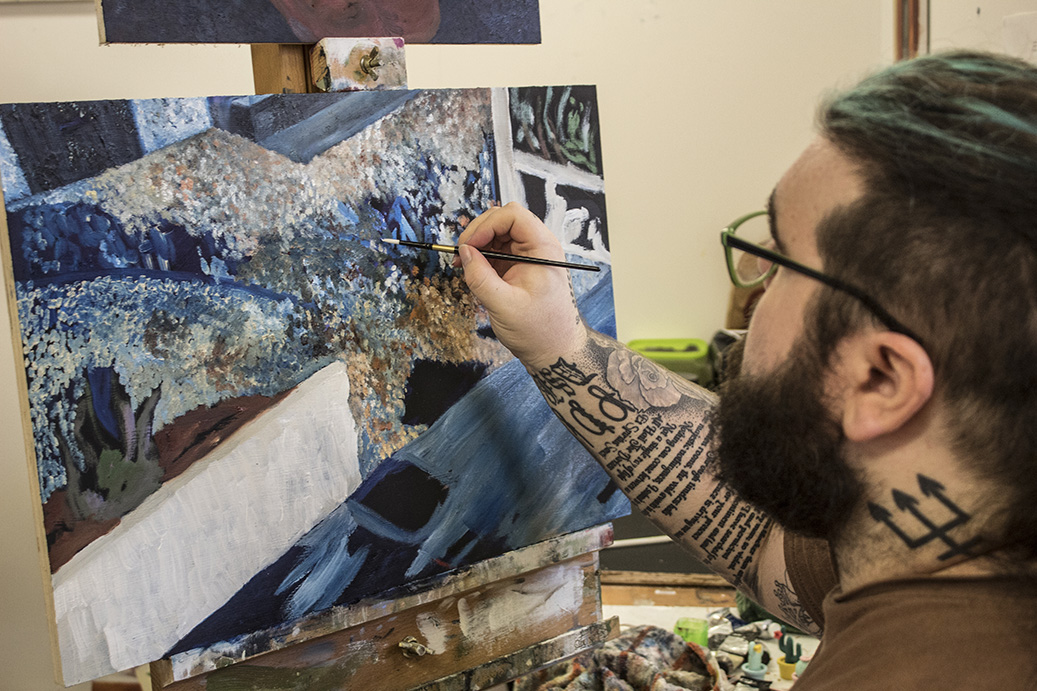
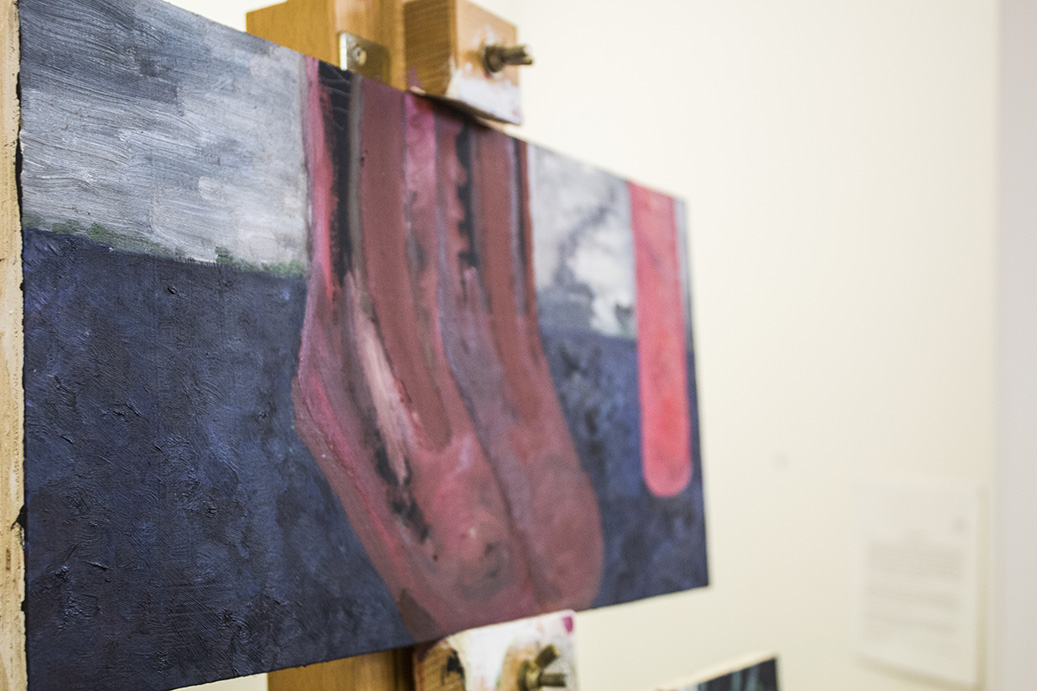
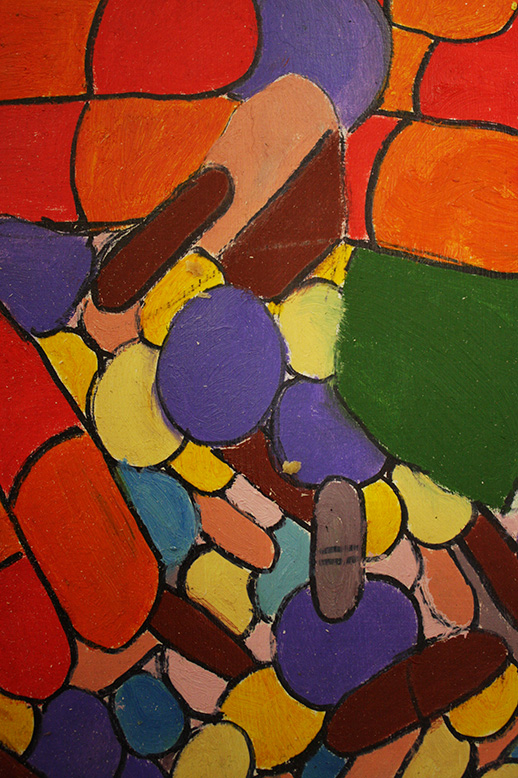
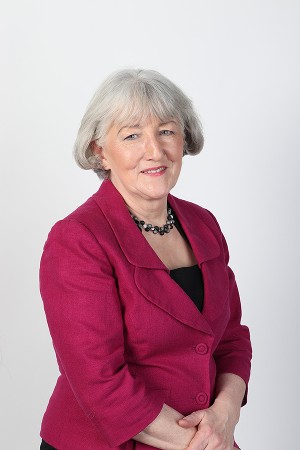
Mark making is at the core of my art process. I'm interested in how marks created by any instrument through our hands flows directly from conscious and subconscious levels, manifesting its expression in the world through, for example, pictograms and the written word.
I use calligraphic endurance writing as part of my practise to aid the subliminal flow of the movement of my hand across the surface of the paper. The layers that I then build up in my work reference hidden, oftentimes, lost narratives that can be found in the written word over the millennia of human existence in both an archaeological and anthropological sense.
My work also reflects how each generation makes their mark on the world erasing and rebuilding over what has gone before yet, through process of time and the act of erasure, residues are left behind to be revisited and excavated by each new civilization to better understand human progress and our need to communicate with each other across the generations.
Facebook: https://www.facebook.com/margaretann.clare
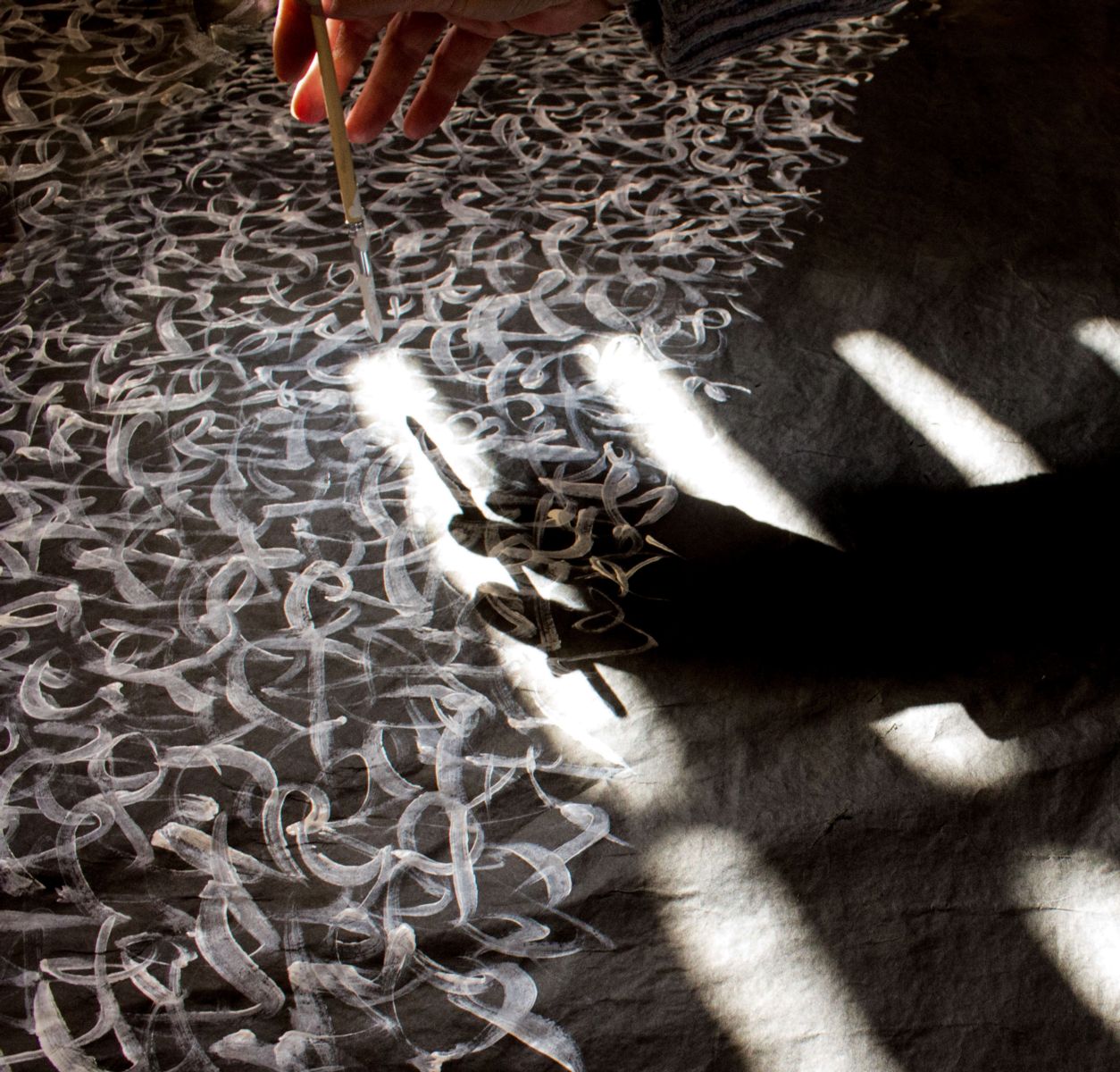
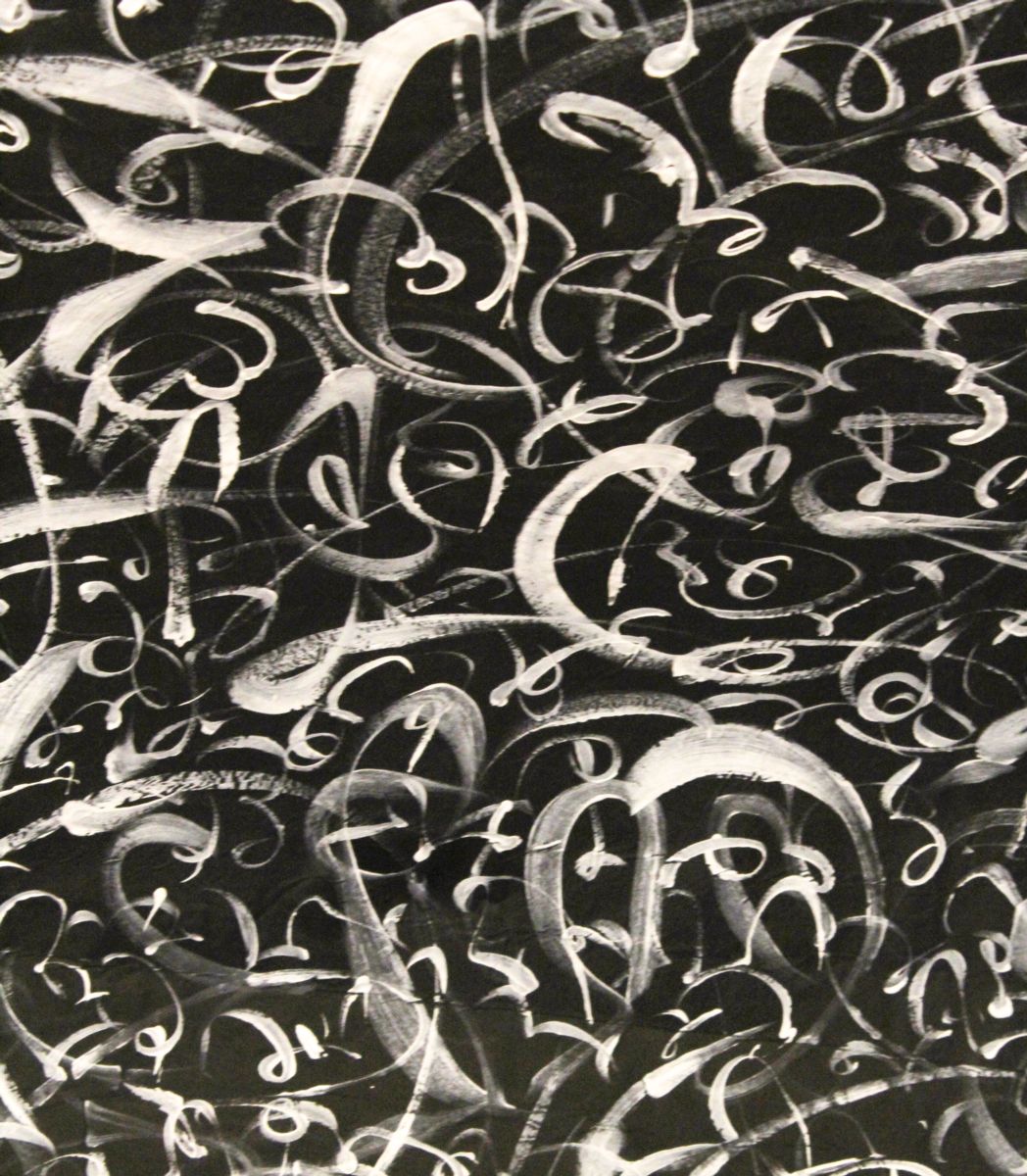
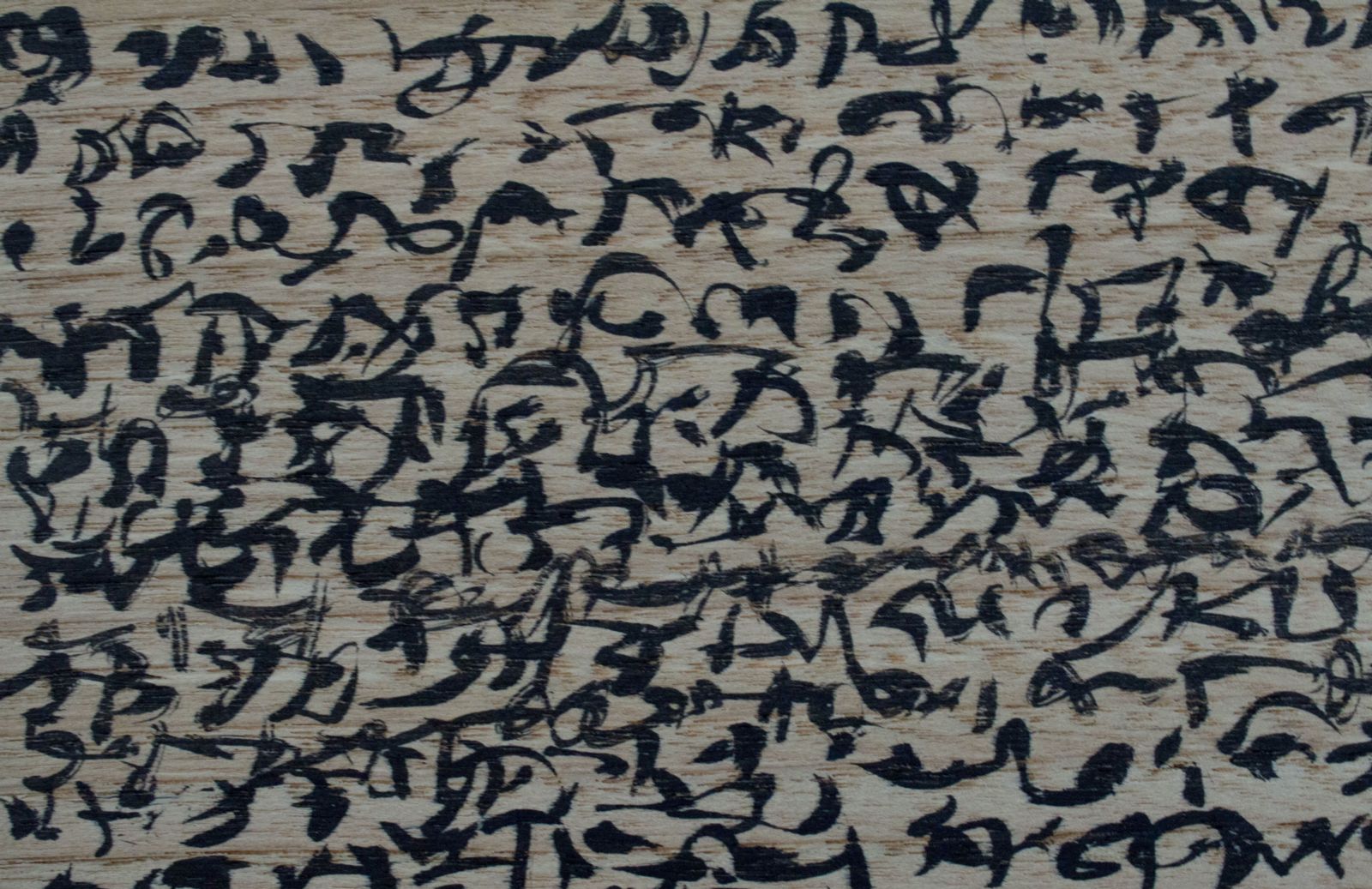
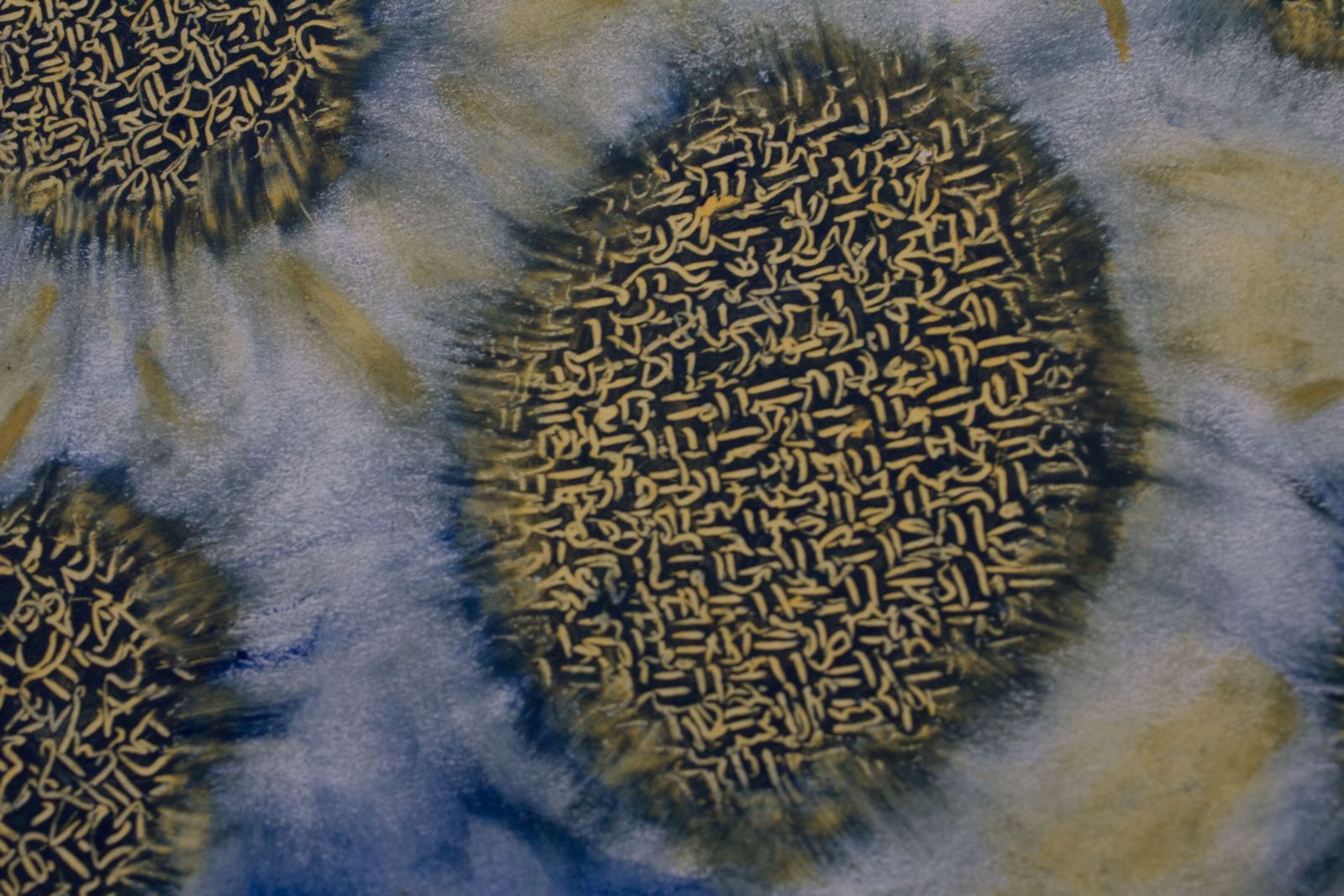
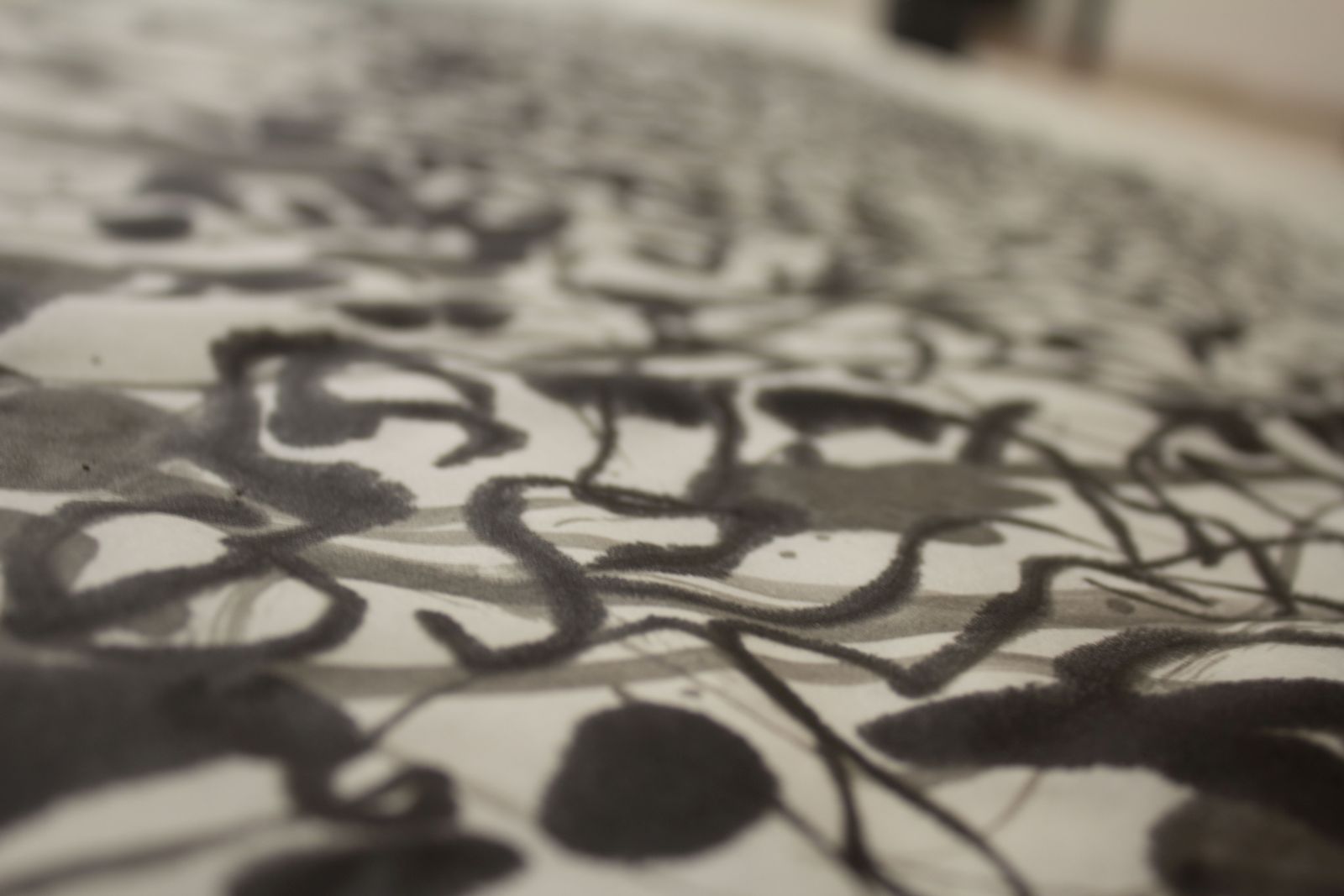
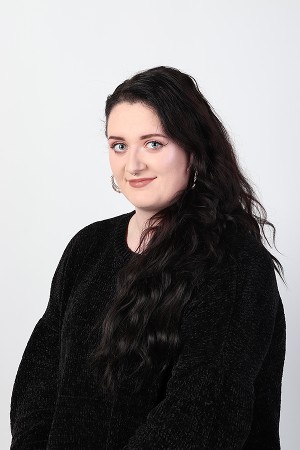
My artwork is concerned with medical objects, sterile environments, loss and illness in connection to the ritualistic repetitiveness and routine of life when someone is dealing with illness.
Currently I am working with cyanotypes, photography and monoprinting techniques. I am utilising medical objects, medical records and scans and sterile everyday objects and reminders in relation to chronic illness and loss. I have engaged subjects such as the stages of grief, according to Kubler Ross. Through layering, media repetition is important in my work. Repetition is used through my subject matter in relation to everyday ritualistic tasks and behaviour of someone who is ill, in different stages of illness.
I utilise Print primarily but use mixed media. Strong influences for my work would include Robert Rauschenberg, in relation to layering and print techniques, Philip Toledano’s photo series ‘memories of my father’ and cyanotype work by Annie Lopez ‘medical conditions’ using medical scans and text.
Website: margaretwalshprint.site123.me
Email: margaretwalsh13@gmail.com
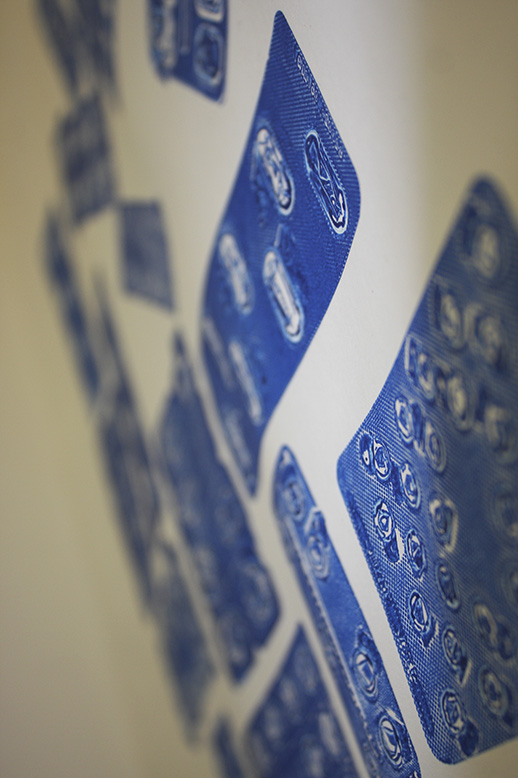
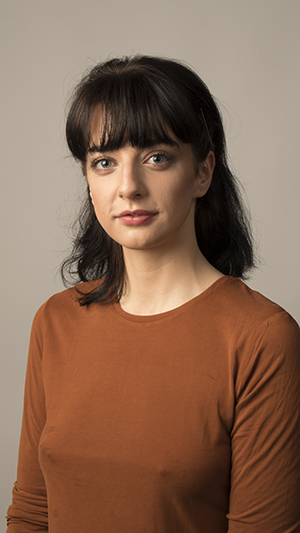
Artist or Research Statement (200-350 words is plenty): My work is titled The Uncertainty of Loving You. The Tamil meaning for uncertainty is incertitude, doubt, suspense or insecurity. The medium which I use is photography, to delve into the memories and the repercussions that spring forward when living within a toxic relationship. Dealing with topics such as the loss of self-worth, self-image and the anxieties with coming to terms with that relationship. Throughout my work I focus mainly on absurdism and surrealism, looking into dream symbolism and sayings, in the hopes to create a tangible form of intangible emotions. I use myself as the main subject within my work as my work in autobiographical. Diverting the view from my face, I make myself an object within my work, helping the viewer to focus on the image as a whole. I explore these emotions through a sense of dark humor. Humor has paradoxically been used as a way of coping with the most tragic of circumstances. “There is nothing that intelligent humor cannot resolve in gales of laughter, not even the void…”
https://www.instagram.com/niamh_swanton/?hl=en
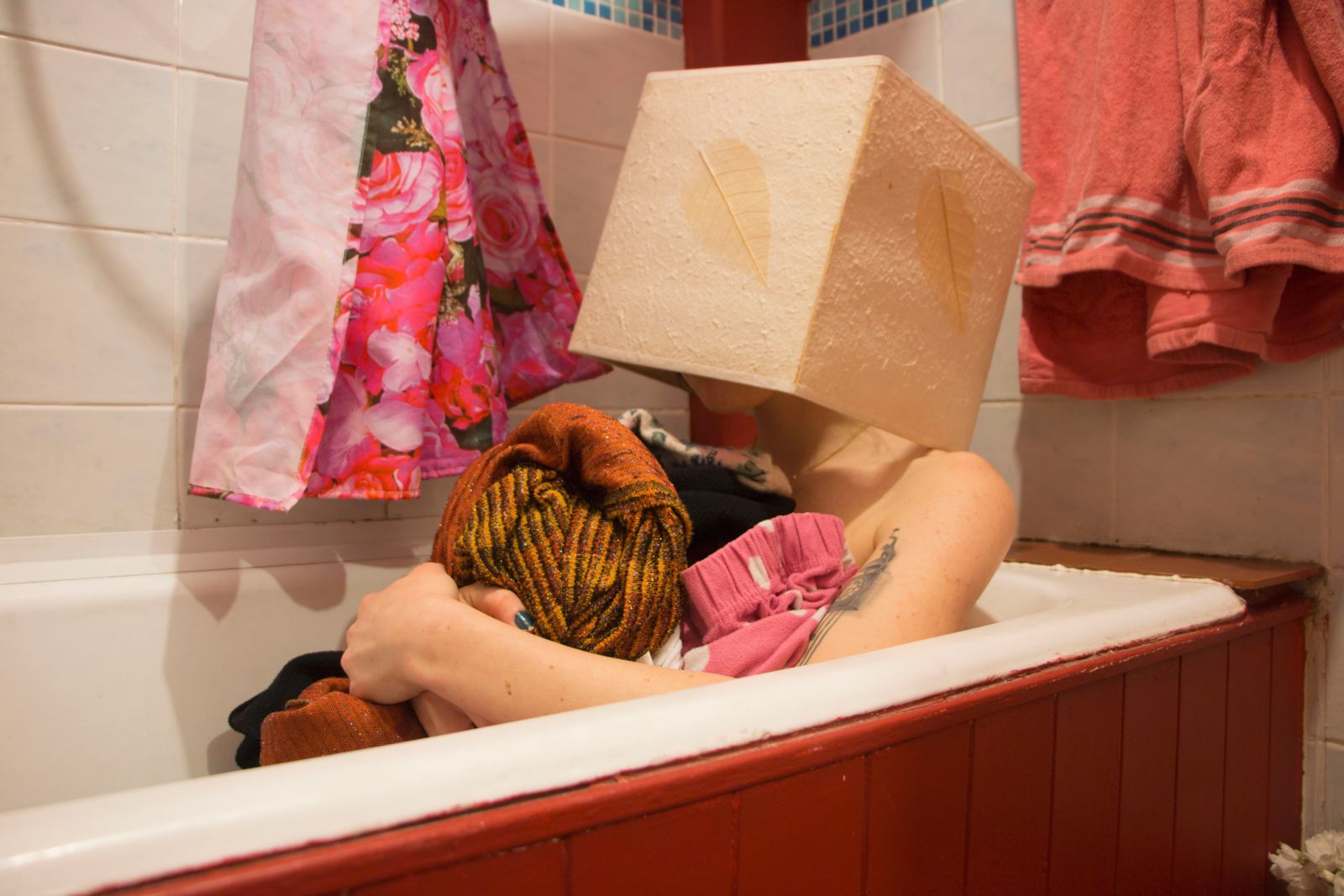
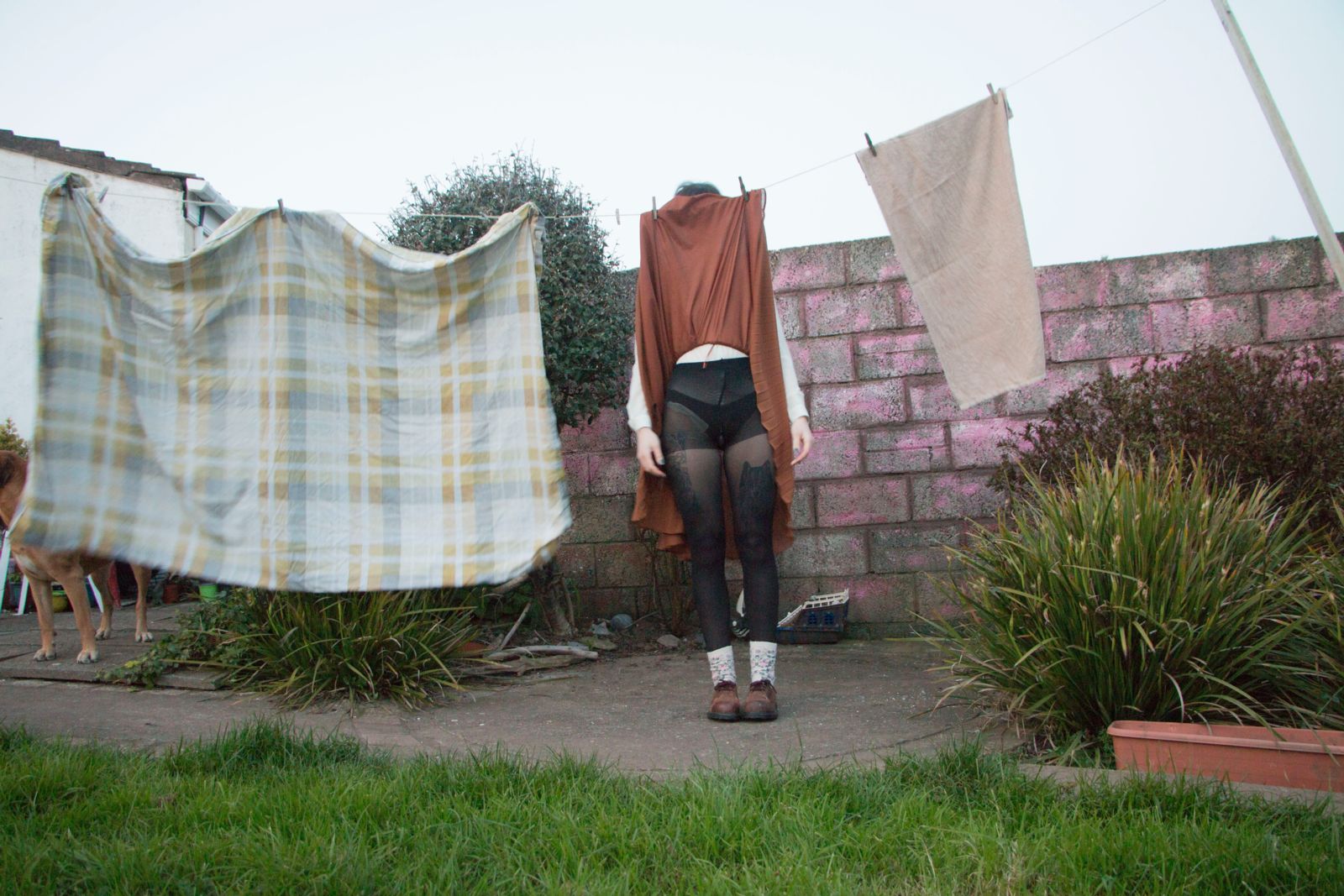
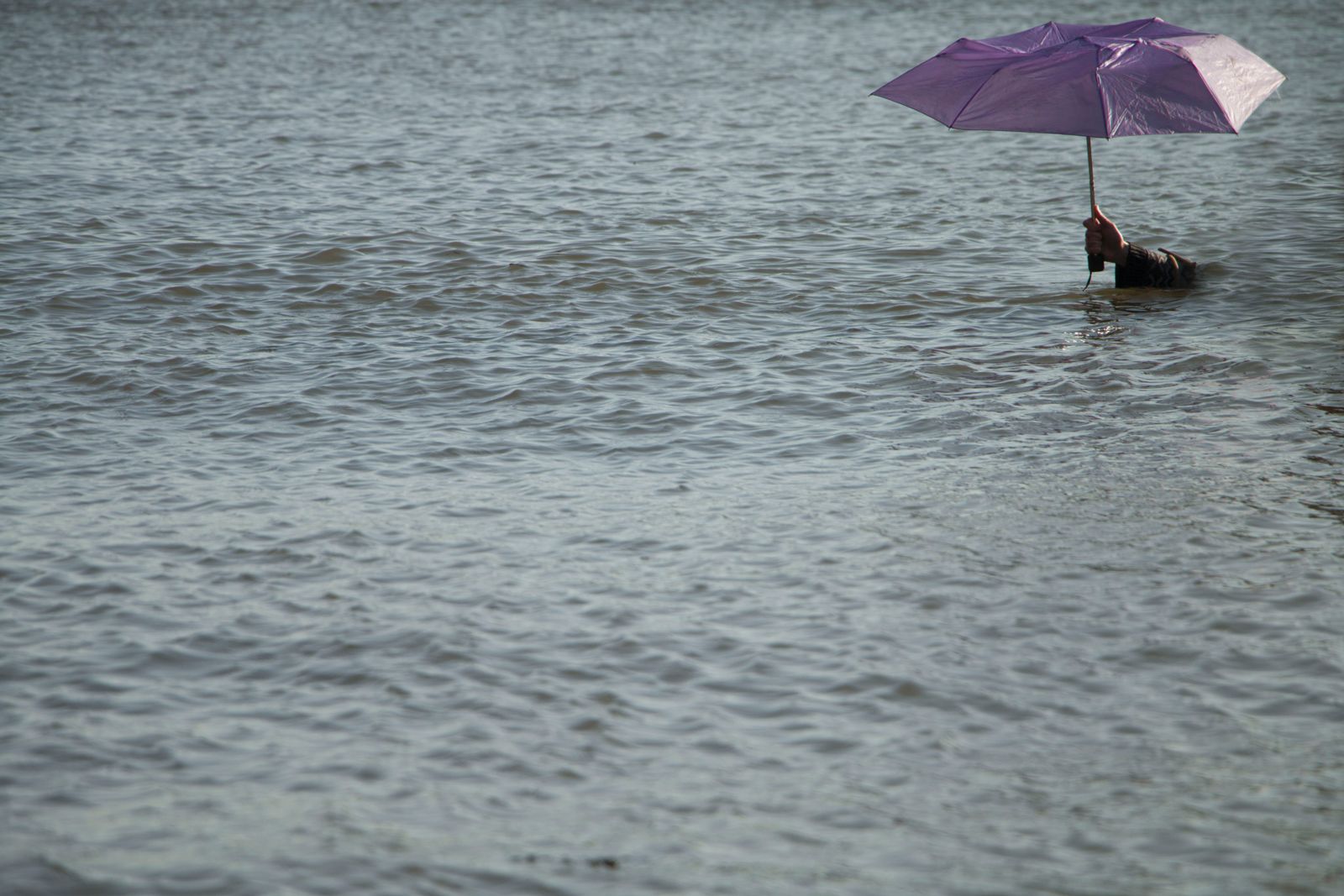
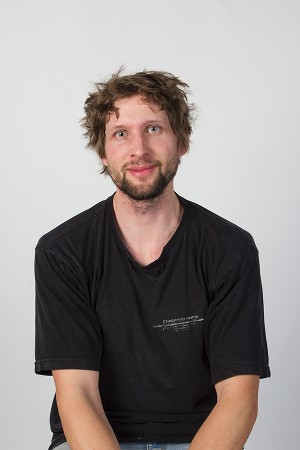
My work is about change… the Inuit of the Canadian arctic have gone from a nomadic hunting society to a settled existence in a very short period of time. I have witnessed the effects of this transition from living among the Inuit for many years and know people who were born in Iqloos and skin tents. Few cultures have gone through such a rapid change as the Inuit. My work is a social commentary on both the historical and current state of Inuit identity and the imbalance of power between the Inuit and the Government of Canada that is still happening today. In this way it’s related to activist art, and by doing these paintings I’m questioning the influences that dominant societies have on aboriginal people.
I aim to explore the effects of this change, some of which are negative such as domestic violence, alcoholism, very high suicide rates and loss of culture, to more positive aspects such as education, a better standard of living and the beginnings of a growth in pride and confidence among Inuit people.
The use of installations employing Inuit traditional symbols and objects and layered paint reflects the extreme physicality of life in the Canadian Arctic.
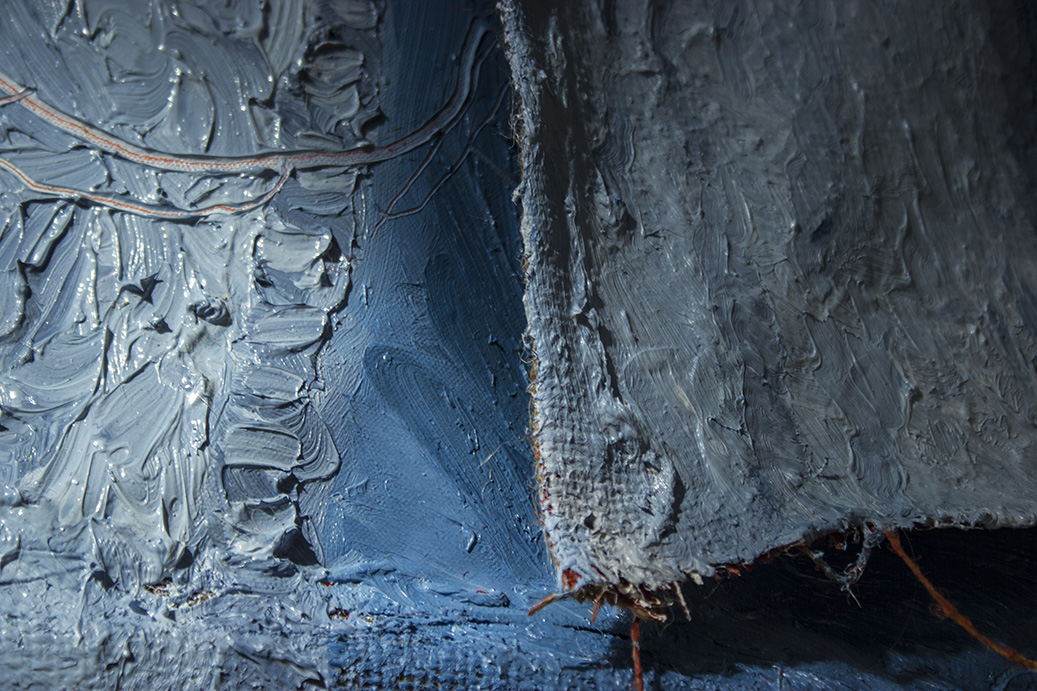
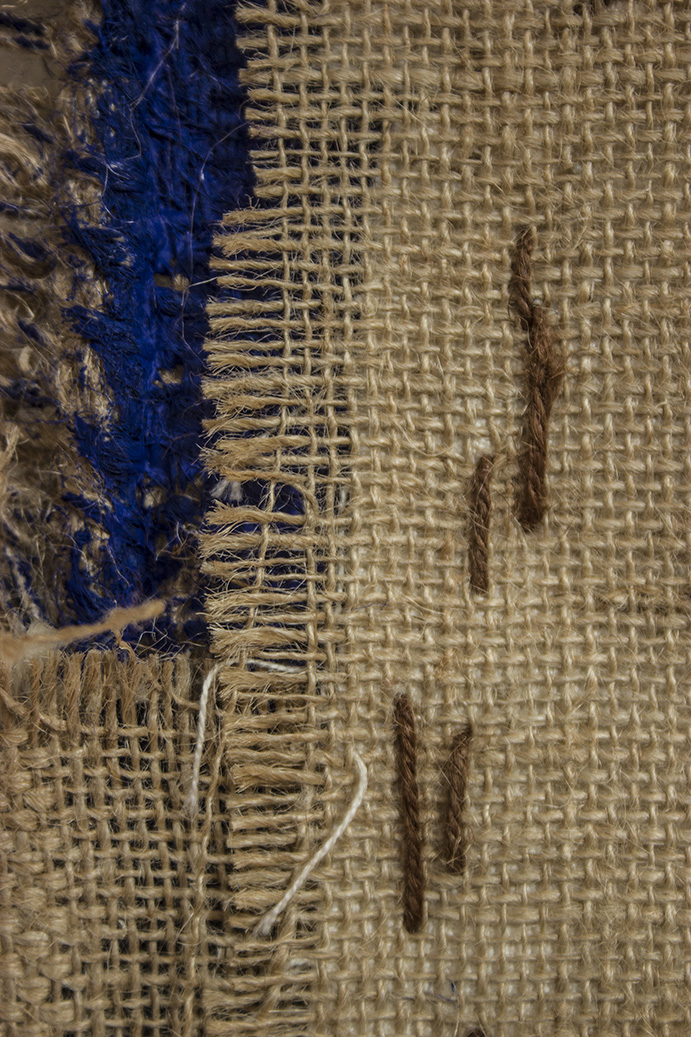
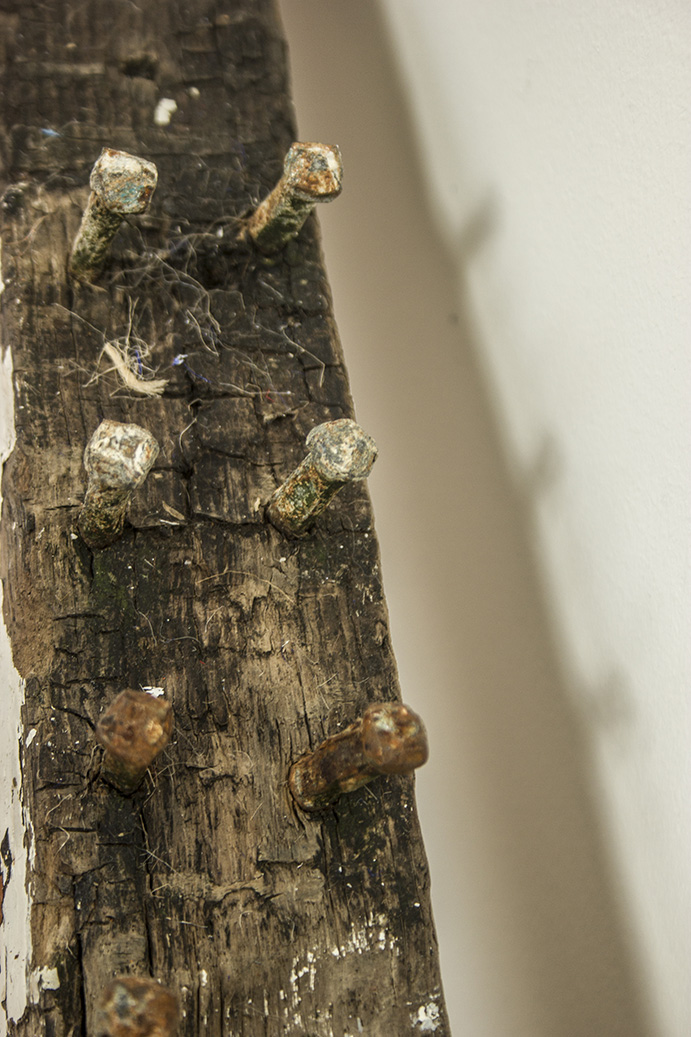
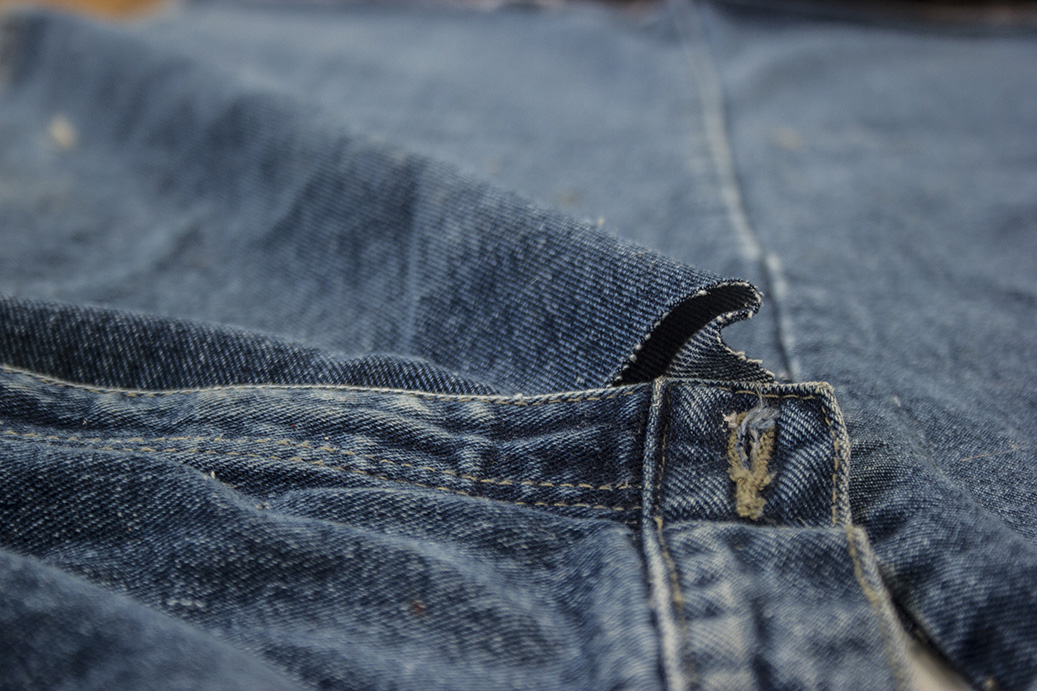
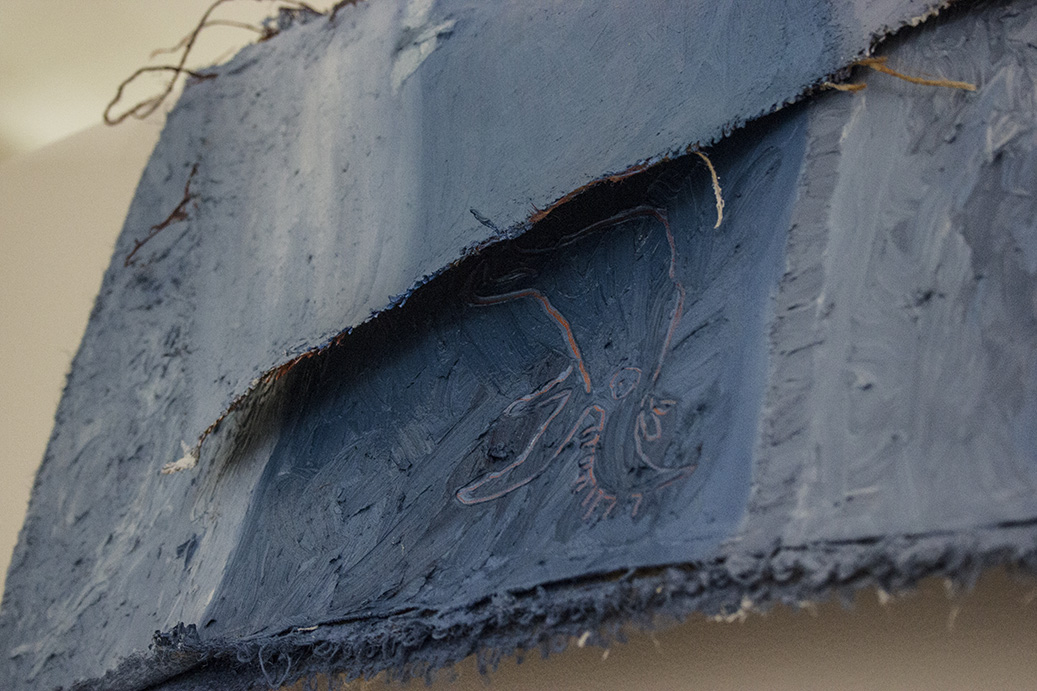
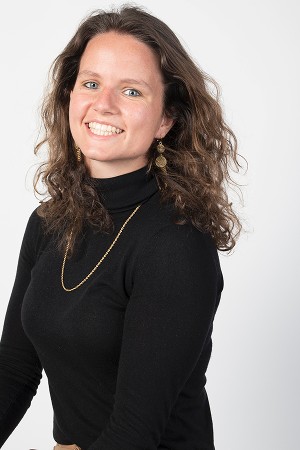
The work I am doing reveals to me new insights and a quiet joy that gives me a great connection to life itself. The dreamlike state gives me a more flexible atmosphere to control and place my characters in. The films shows an individual in a dreamlike, thoughtful state.
The experiences the character faces can be both frightening and peaceful at the same time just like a life lived. I want to highlight the hidden world that surrounds us, how we are part of this beauty and how certain things stay with us even while we sleep.
My films are my attempt to show thoughts, emotions and feelings.
The ocean is a metaphor for another place, it can be lovely and terrifying at the same time. A place to go to and escape from. A place to be alone and be in communion with the waters of the world. Up is down and down is up. The mind is focussed on the here and now. The important things, the anxiety of the now not the anxieties of tomorrow. This breath not the next breath.
Happy in another world but reality is a breath away. Slaves to breathing. Water lifts you up and holds you down. The pressure pushes air out of your body, effort and instinct keeps it in. - instinct is life and death.
My character is part of and in awe of the beauty of his new found world. It looks perfect but he cannot stay.
.jpg)
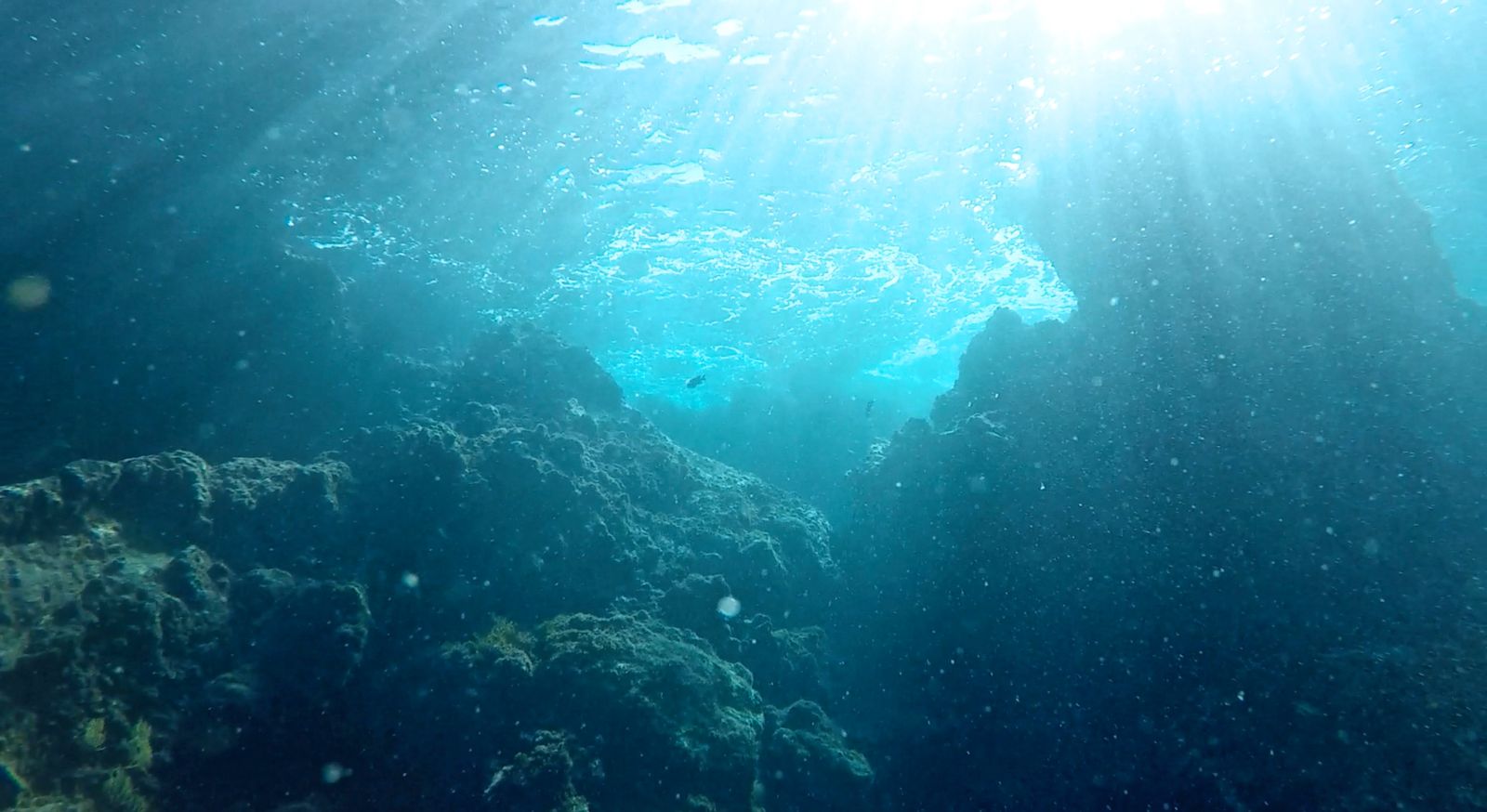
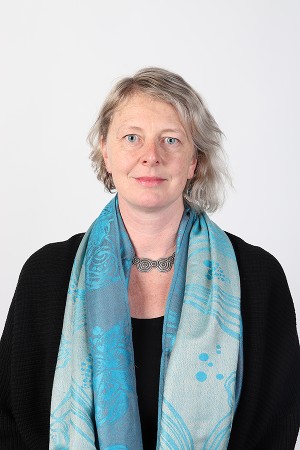
This work is part of a continuous unearthing.
Through my research into the story of Cork’s Canova casts, I have sought to develop a visual language which brings the viewer into contact with moments of loss and of rediscovery.
The Canova casts arrived in Cork two hundred years ago, bringing with them a taste of Europe’s renewed fascination with Greek and Roman classicism. The casts had been produced in the Vatican under the supervision of the renowned sculptor Antonio Canova at the request of Pope Pius VII. The bequest arrived here by a circuitous route and was not originally intended for the people of Cork. This astonishing collection of full figures, busts, torsos and fragments was instrumental in the foundation of the first School of Art in the city, a school which later became The Crawford School of Art and eventually CIT CCAD.
Records show that 219 plaster casts arrived at Cork Harbour on November 7th 1818. Today, most of the collection is missing and unaccounted for. At this time only twelve of the original casts are known to remain. Those twelve make up the Recasting Canova exhibition which is currently running at The Crawford Art Gallery.
How have we lost more than two hundred casts?
Indexicality and the complex identity of casts have been important in my research. Casts pose questions about authenticity in art. The work for this exhibition is made up of dozens of chalk drawings projected onto a blackboard alongside large format photographic negatives. There is also a sculptural object: an unauthorised cast of a cast. Each medium is chosen for its ability to transmit a sense of absence and
presence, disappearance and discovery and the tension between transience and permanence which seems to exist at the heart of all my work.
Website: www.orlaobyrne.com
Instagram: orla_o_byrne,
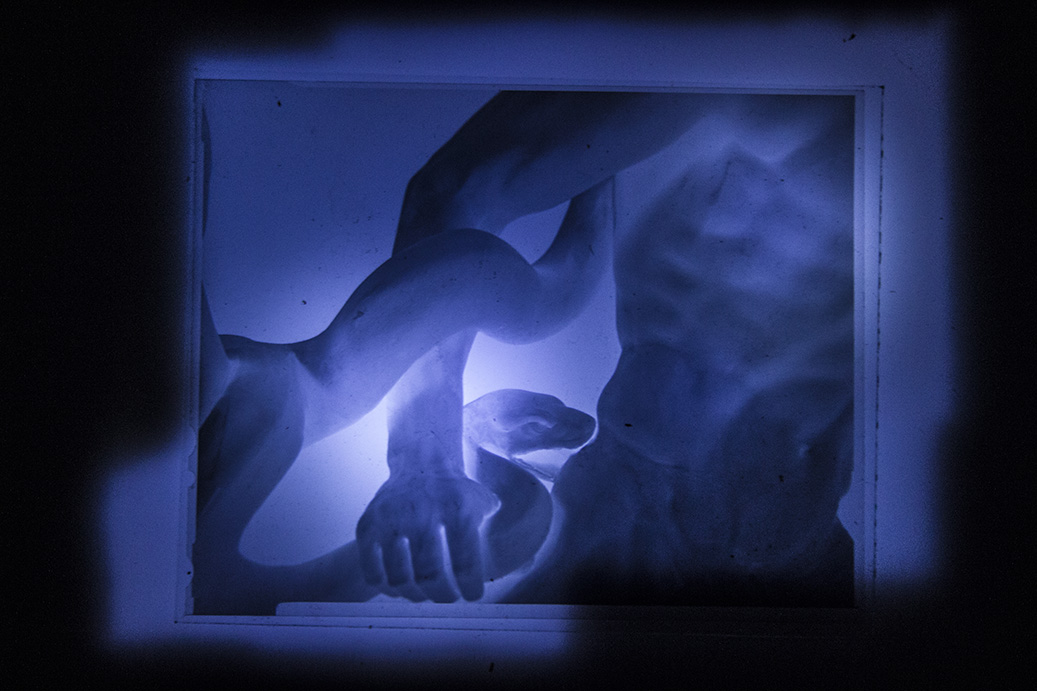
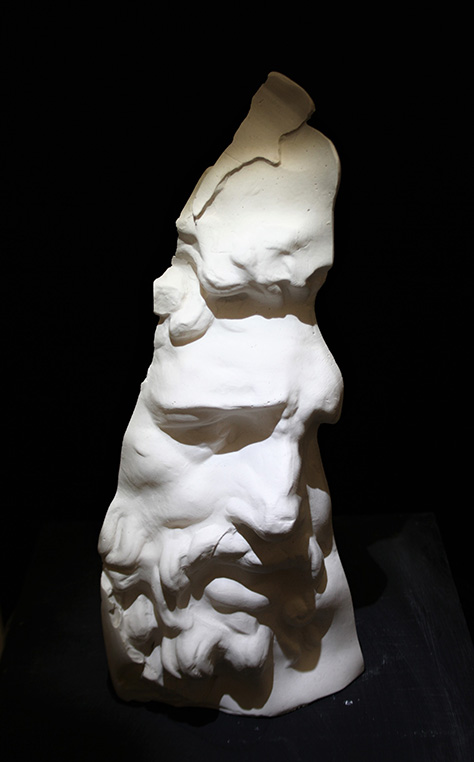
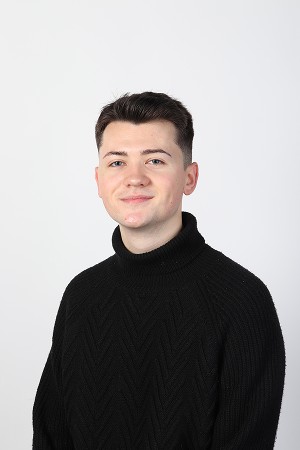
My work is a response to the archetypal male and patriarchal traditions in Irish society today. By placing the naked male figure in a recognisable Irish landscape I allude to the fragility and vulnerability of the traditional place men have occupied in Ireland; often with the feeling of being reluctantly placed on a pedestal from which falling seems inevitable.
I have merged performance and video installation to focus on the attitude of the male figure in motion; progressing and regressing. The incessant actions of the performative body in my videos signify a ceaseless search for the threshold between reflection and transformation.
By probing into the human experiences of birth and birthing, and our attitudes to death and dying I want to convey our sense of the invisible and transitory, and the known and the unknown that is rooted in spiritual traditions in Eastern philosophy akin to Tibetan Buddhism and Sufism. These traditions have provided an underlying structure for my own practice along with phenomenological enquiry and the role of the shaman in society.
Identification with shamanistic rituals gives me the scope to take on the role of the performer as messenger. This type of engagement also allows me to investigate how we can rebalance the place of human beings within the natural world while recognising our true political and societal functions in society.
Instagram: padraicbarrettstudio
Website: padraicbarrett.com
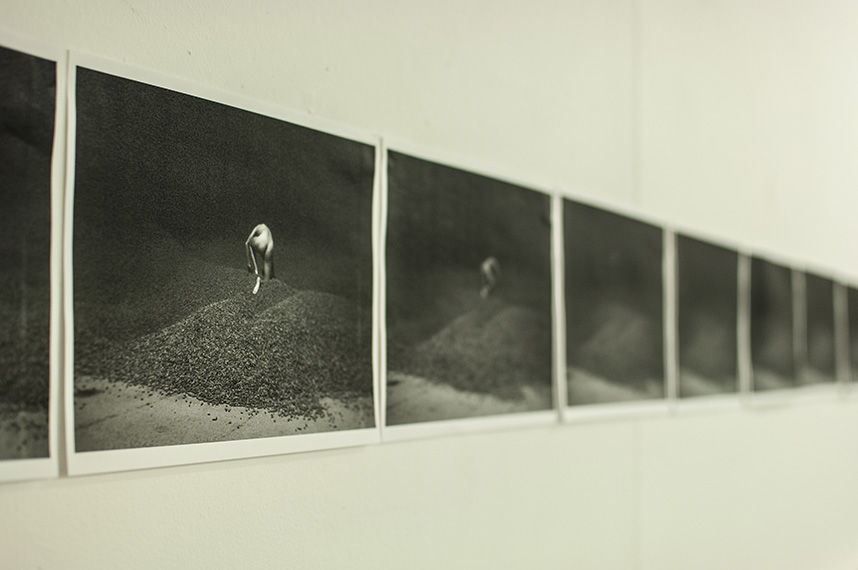
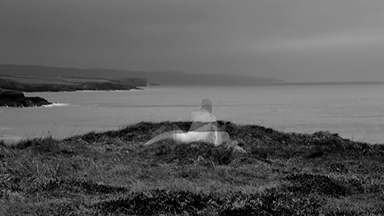
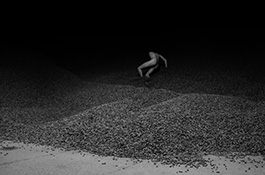
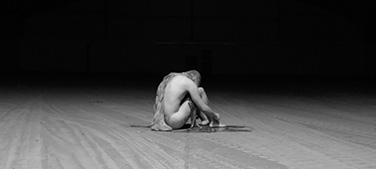
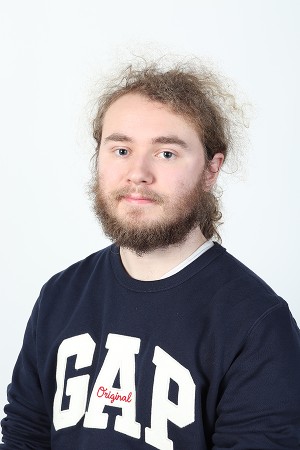
A contemplation on the Cromwellian phrase ‘To Hell, or to Connacht’, my work concerns a contemporary mythopoeia as a response to and means to understand or resolve a relationship with my national and personal heritage.
The Irish language and oral tradition are important elements in my practice, and verbal wordplay often trespasses into the visual or conceptual vocabulary in the work, such as the personifications of my pseudo-Hibernian mythmaking called Ocras (Hunger) & Olcas (Evil), or Ifreann (Hell) & Aifreann (Mass). Reflecting on the mythopoetic legacies of Irish history, the work endures communion and cannibalism, penance and protest, memory and myth.
This island has always known great hunger, we are a starving people, though I have never met him, I took the soup, and it did not burn my tongue, or my mother’s tongue, or my mother-tongue. This island has always known great evil, we are a god-fearing people, though I have never met him, I drank the blood, but it gave me no tongues of fire either.
But I tasted the salmon, the forbidden fruit, and here I regurgitate its stories, and like Orcus, who devours the sinner, you devour me as I speak.
Logos, as an appeal to logic or reason in search of truth, is born from mythos; in turn mythology is born in attempt to articulate or make peace with the illogical, the absurd or the painful.
For me, drawing is discovery, drawing articulates meaning and expression that is both far more brutal, and far more sophisticated than any verbal language, it is an active and urgent means of thinking, understanding and storytelling.
The use of hand drawn animation and blackboard drawings make my work more volatile and performative.
Instagram: paul_connell_
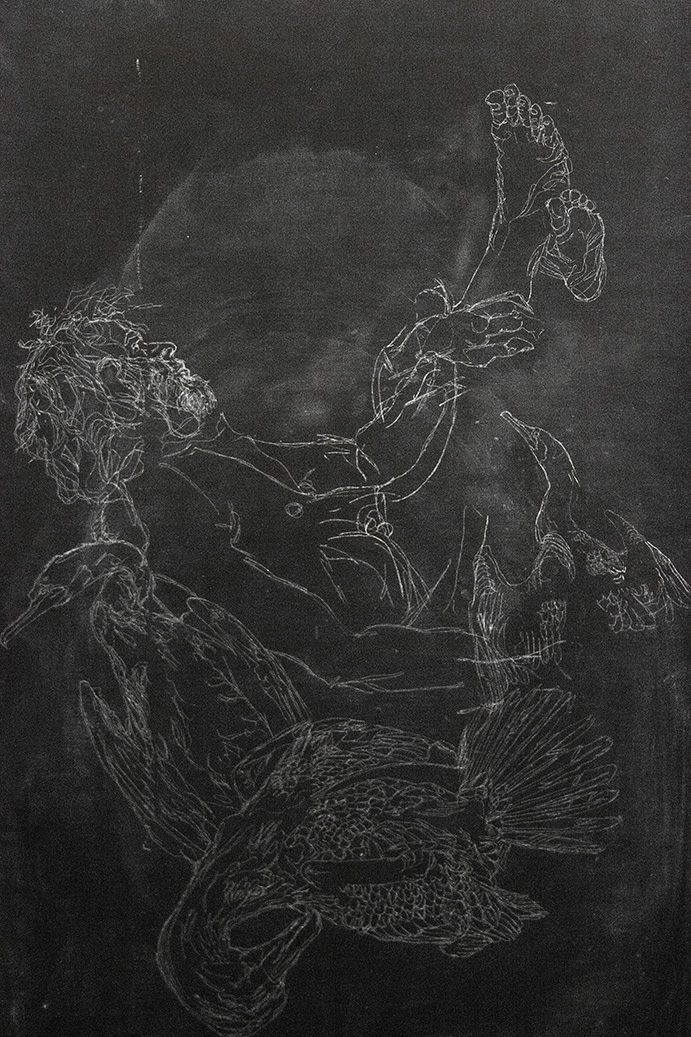
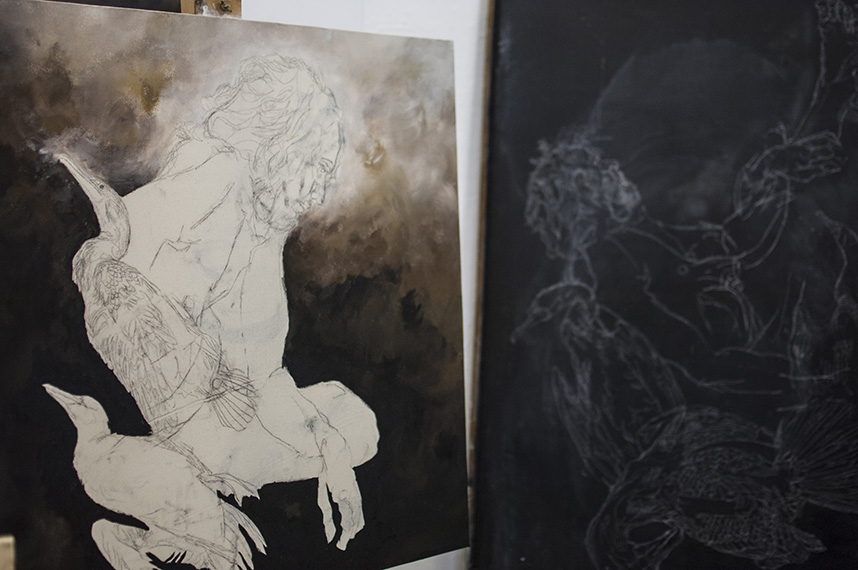
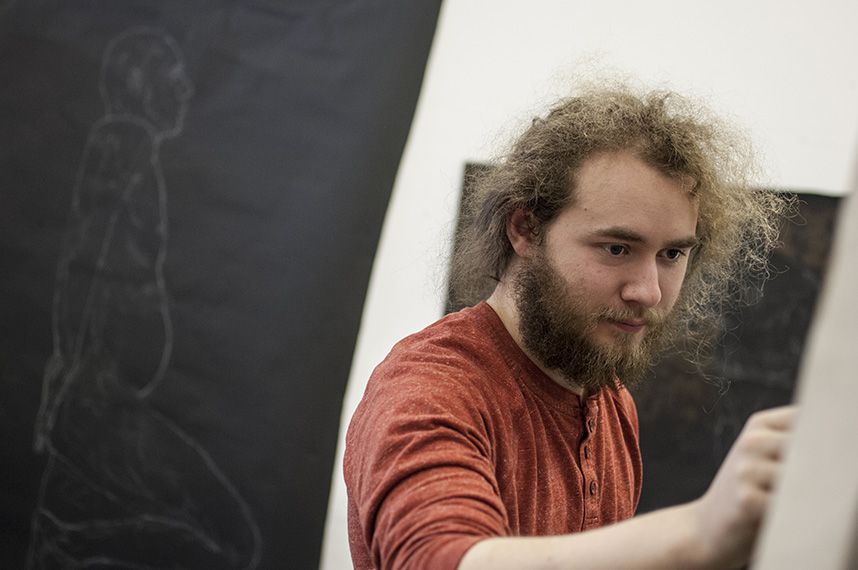
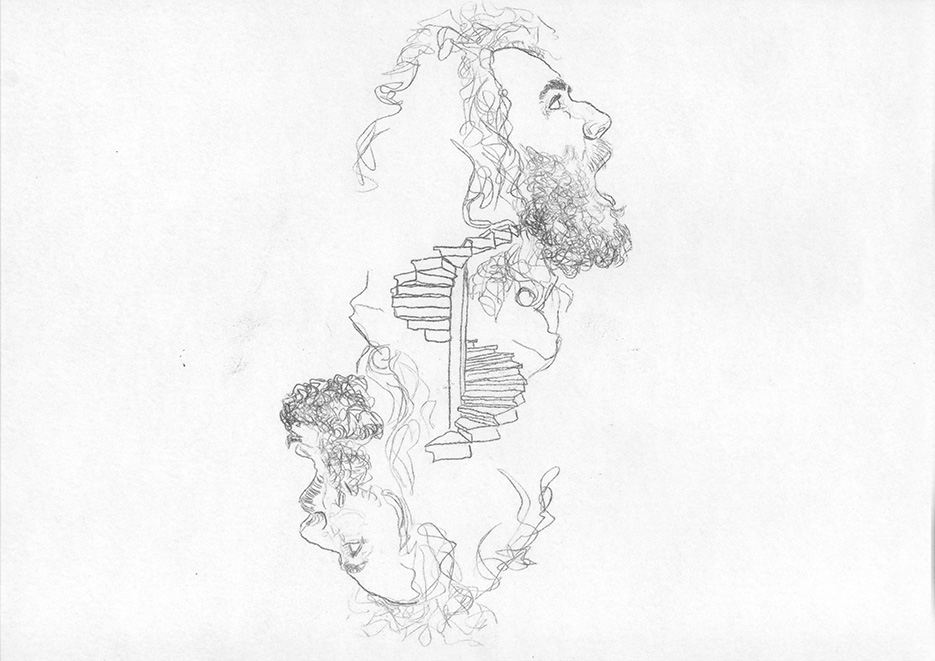
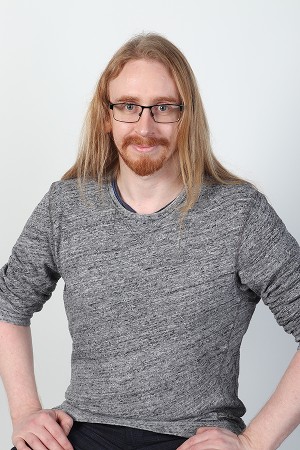
My work considers the space and architectural forms found within the contemporary urban city environment. I explore notions relating to certainty and uncertainty that arises through the familiarity of lived-in spaces. My painting transitions from representation to abstraction, reducing familiar forms and spatial elements to simplistic shapes.
I am interested in how a living space breeds familiarity and how memory and attachments become stronger through time, becoming relative to one’s own identity. This ‘space’ is not used as a means of literal representation but as the stage and setting for more enigmatic qualities to reside within, such as the feelings and emotions of comfort, contentment, melancholy and uncertainty. Although spaces within my work are purely psychological in nature, I am conscious of contemporary social concerns in relation to security, or lack thereof, in relation to home ownership.
The poetic notion that the city may be linked to the human mind is also important in my work; the metropolis, acting as a labyrinth and thus the mind. The unoccupied empty space acts as a junction where the psychological quietness of the mind rests and where reflective thoughts move easily, creating a dichotomy between this emptiness and the more familiar forms. The paintings themselves become traces of memory as time moves forward, forms become obliterated, heightening their sense of uncertainty through abstraction.
paulmcquillanfineart@gmail.com
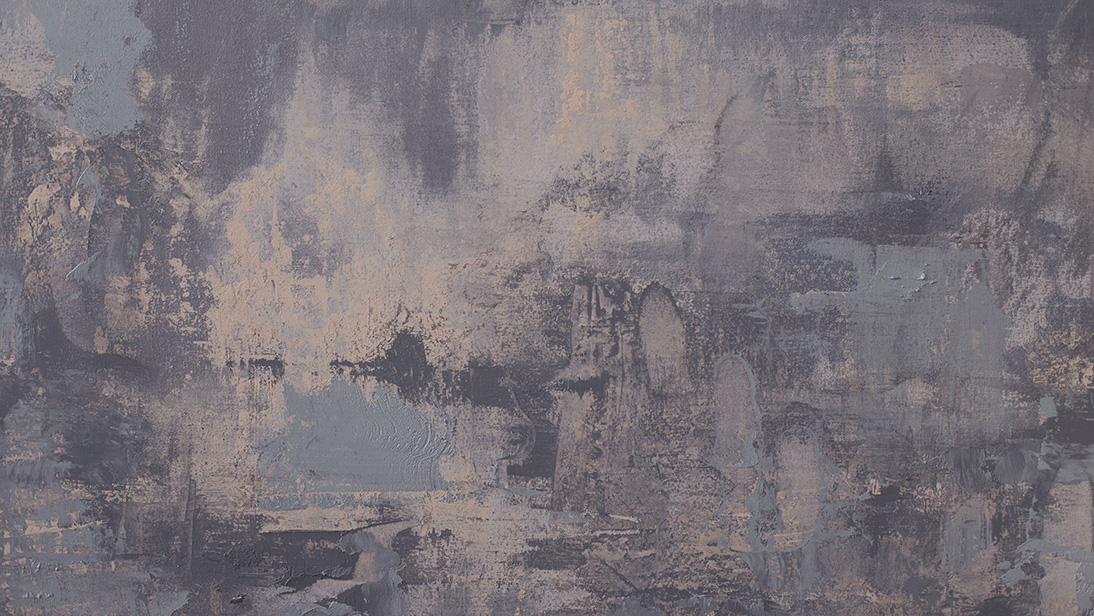
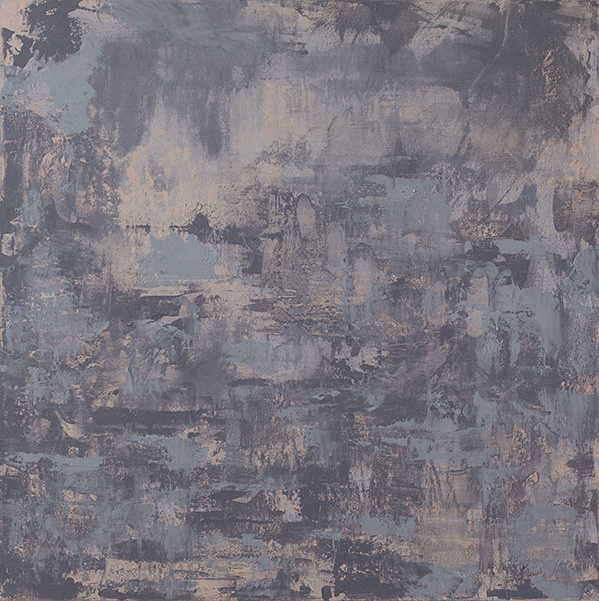
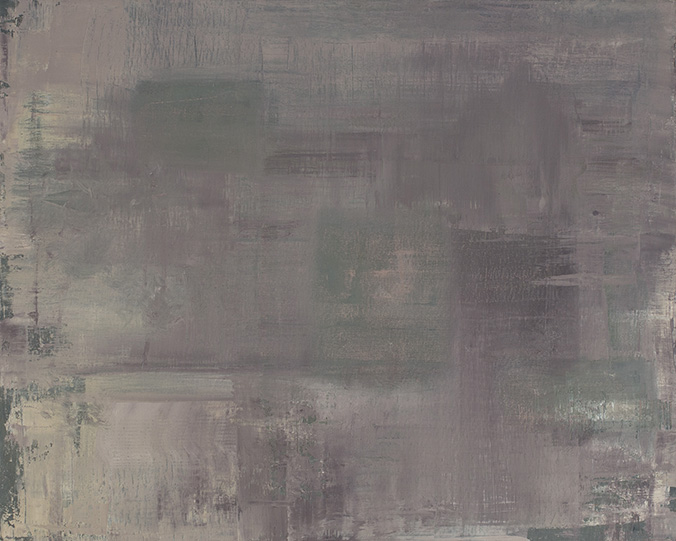
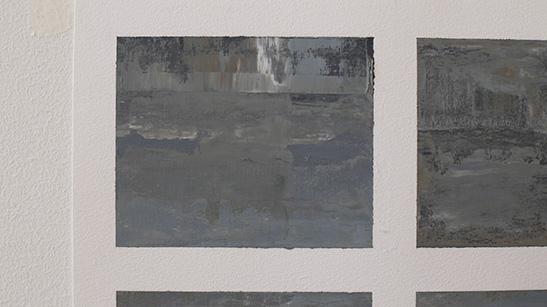
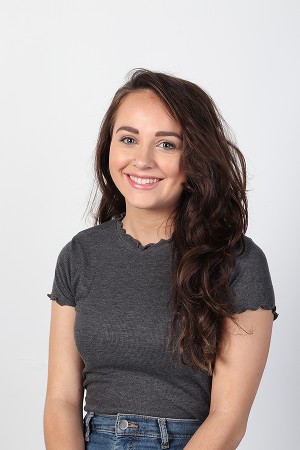
Biology is the main concern of this work while it seeks to connect the body with nature, comparing the internal versus external landscapes. The imagery is full of metamorphose, biotic forms and focuses on the visceral lines and structures of the body while looking at vegetation and aquatic seascapes. Through the use of print, projection and installation the work aims to create and an immersive environment which merges the two.
Instagram: www.instagram.com/roisineganart
Email: roisineganx@gmail.com
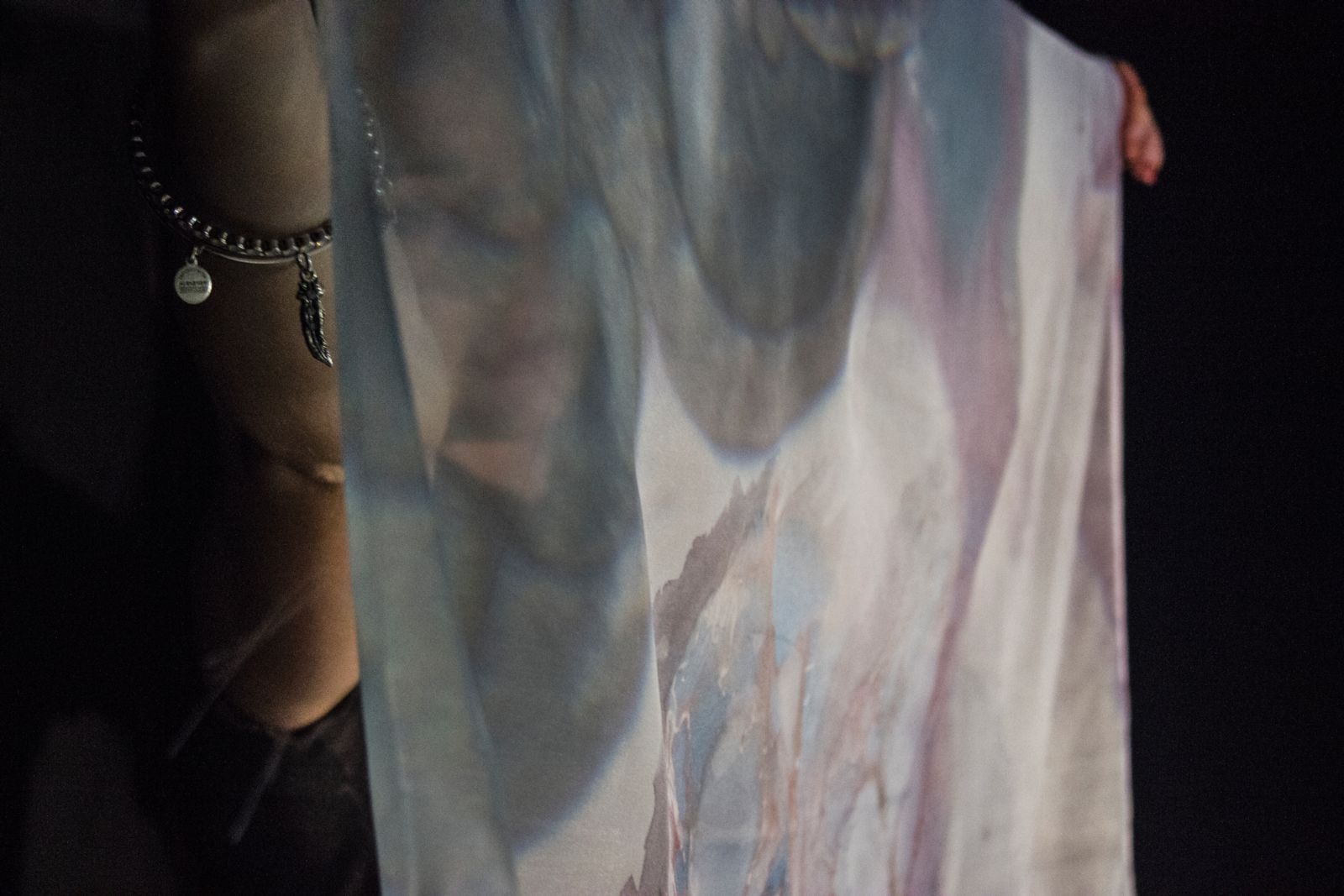
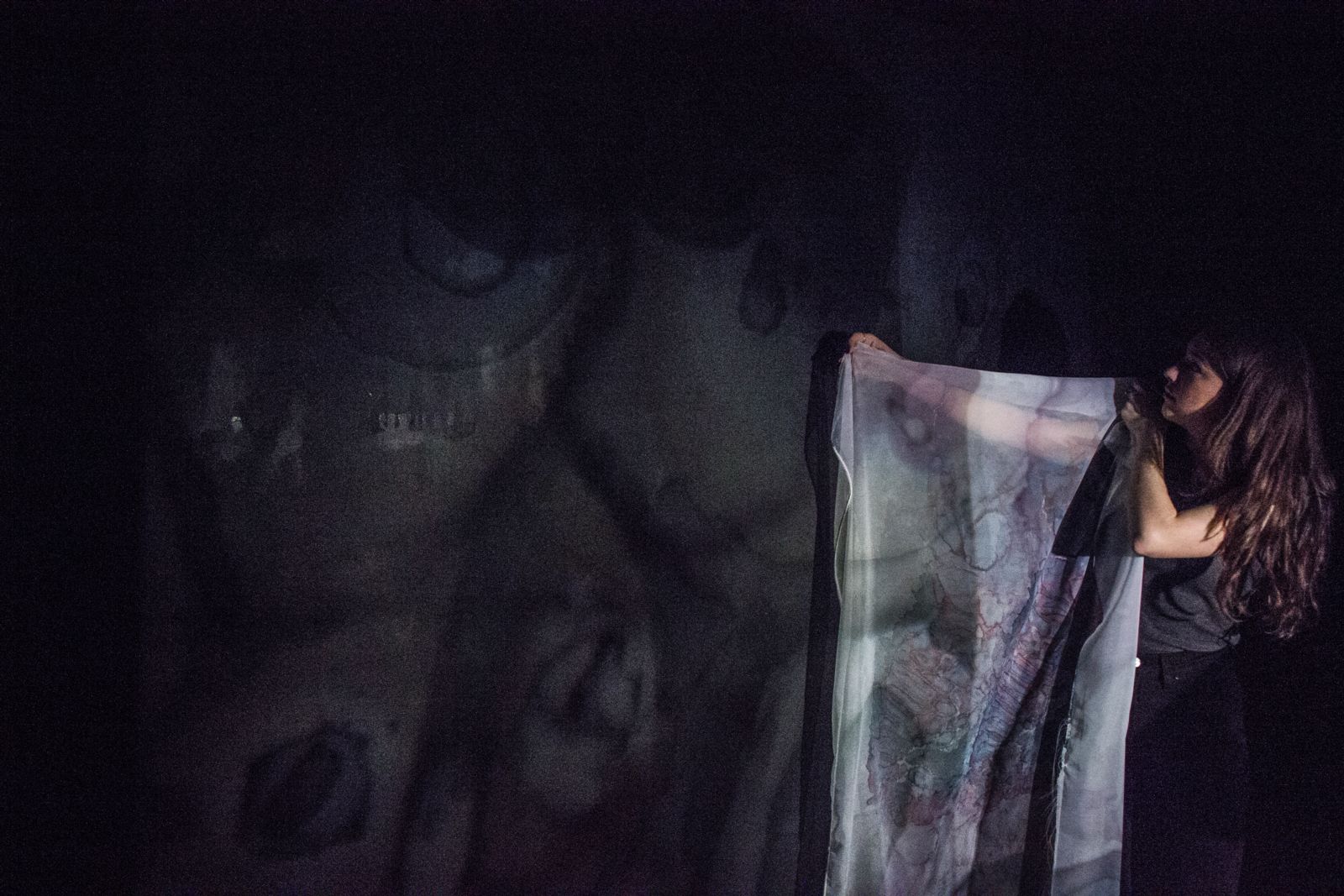
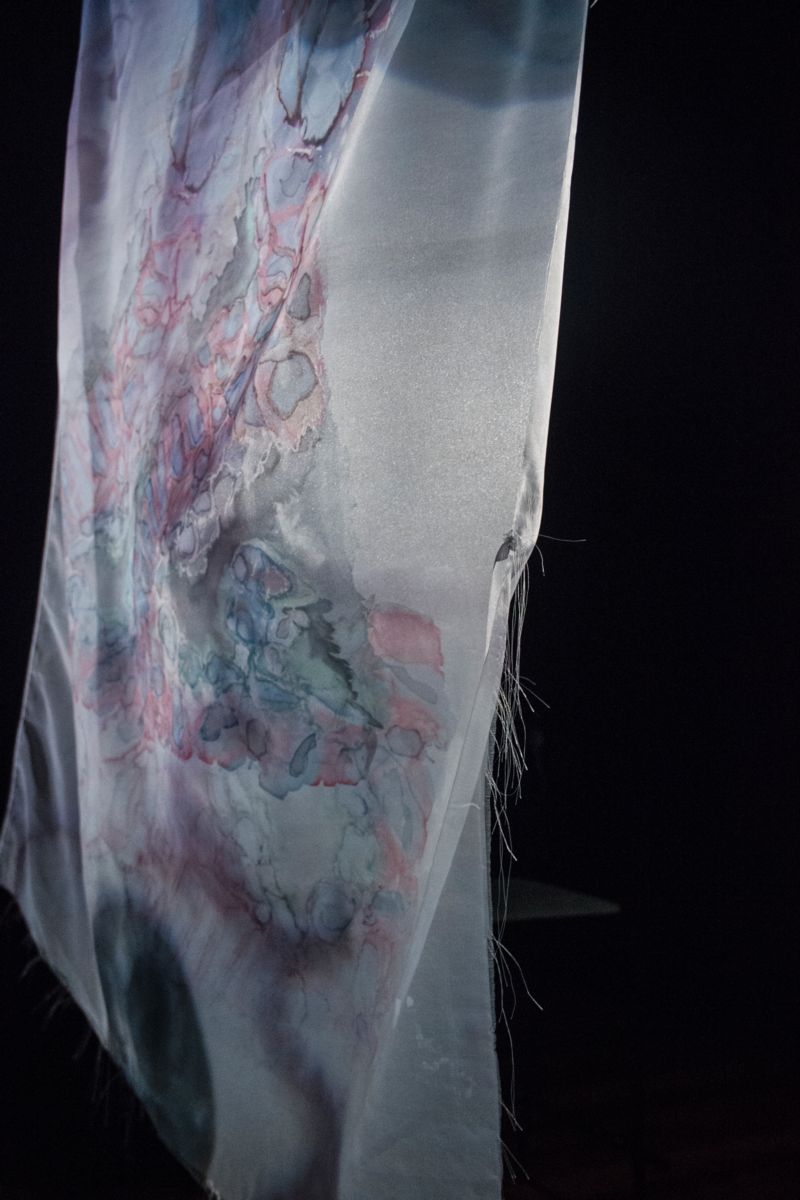
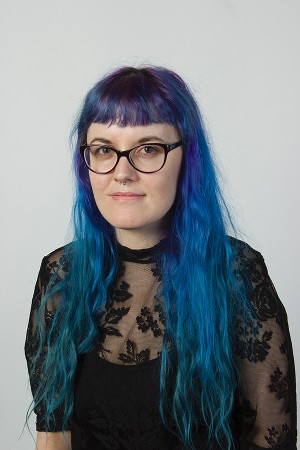
Hair has been a recurring motif in my work. A shiny, full head of hair is a sign of health and beauty, hair evokes ideas of vitality, virility, femininity or seduction. When hair is detached from the body, it changes its association and shifts toward abjection; it is usually seen as dirty, disturbing and revolting. In most cases, it ceases to be beautiful.
As a child I used to eat my hair. The ingestion of hair can lead to an extremely rare intestinal disorder known as Rapunzel syndrome or trichophagia. The syndrome is named after Rapunzel in the fairy tale by the Brothers Grimm. This syndrome is a rare and uncommon type of trichobezoar (a hairball trapped in the stomach and digestive system). Human hair is indigestible, which causes the formation of hairballs and it may have to be treated surgically. Ritual is a powerful factor in the ingestion of the hair and may involve tasting and chewing the hair or touching the root bulb to the lips. Ritual and collecting are also important elements in my creative process.
I use human and animal hair to create hairballs. I create ink drawings based on the hairballs. The ink drawings of the hairballs feed into each other and the creation of the hairballs leads to the creation of more drawings and so on. The process is cyclical and ritualistic.
Instagram @roisinobyrneart
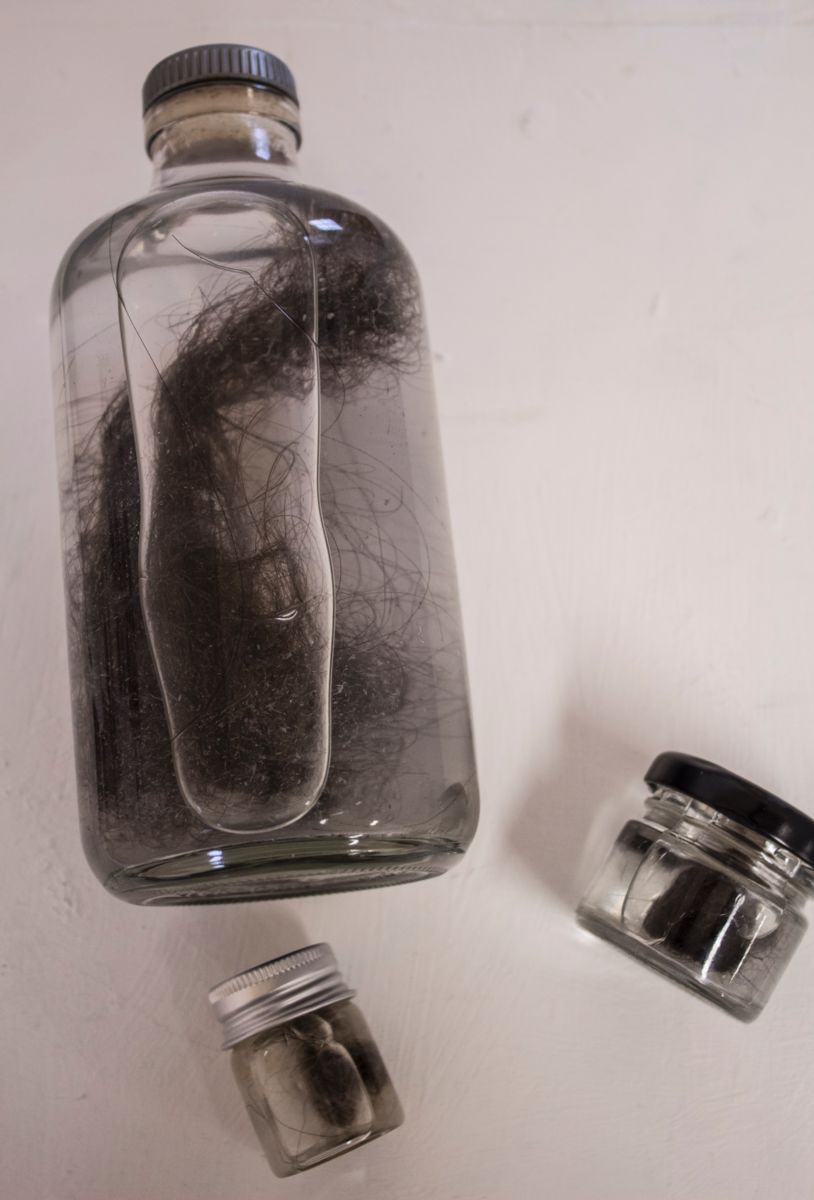
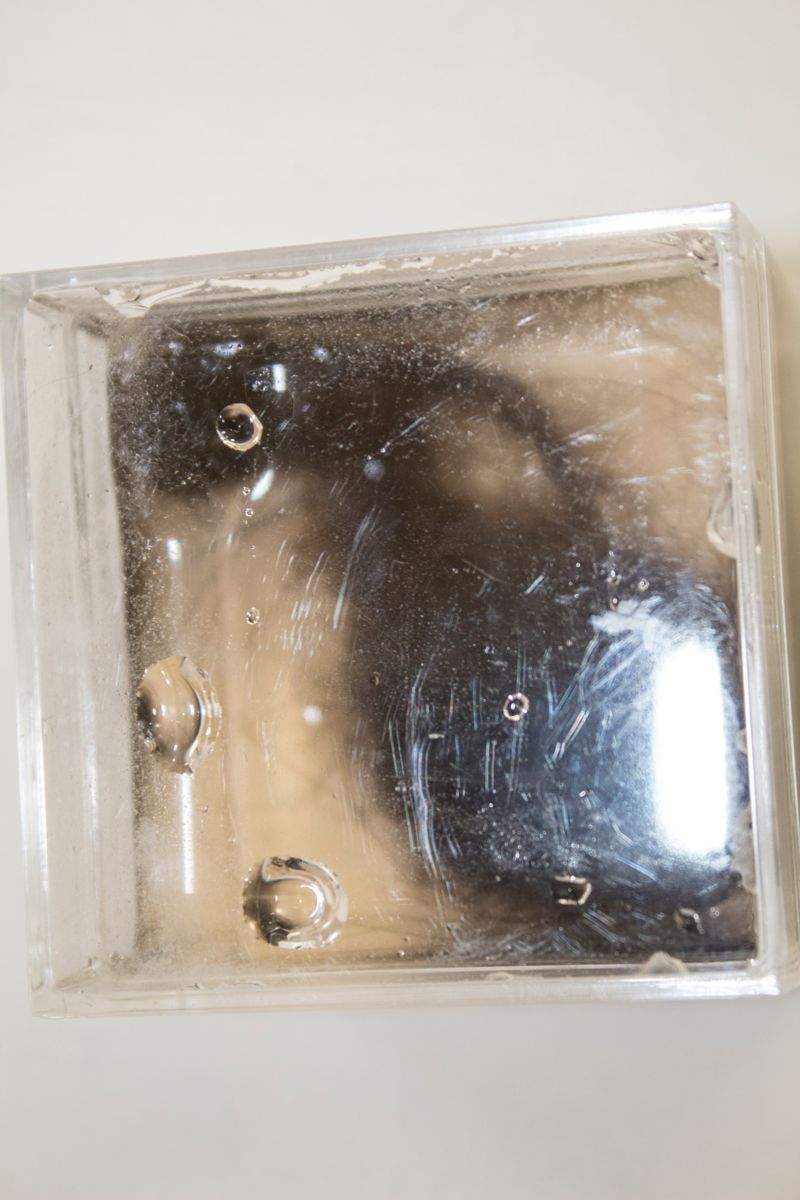
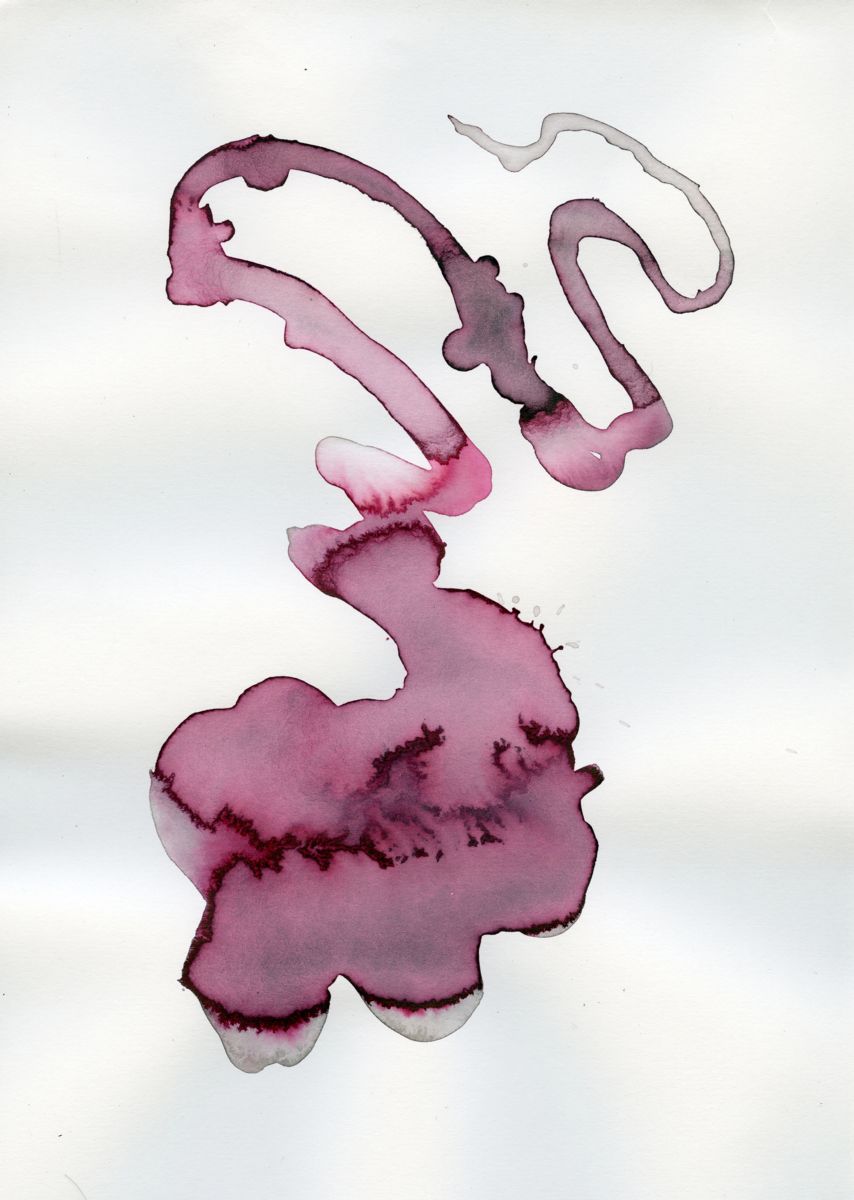
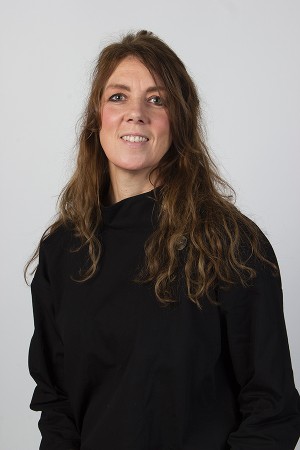
In our contemporary world animals are subjected to countless acts of violence that are culturally and legally approved, ranging from intensive agricultural systems to mass extinction through human activities. Industrialisation, domestication and capitalism have augmented human detachment from animals, arriving at a point where they are perpetually regarded as commodities for human consumption and their visibility obscured. The objectification of domestic animals provides a possibility for overcoming the paradox of carnism, that is, the tension caused from feeling compassion for animals whilst at the same time the enjoying the consumption of meat. Turning animals into objects alleviates the dissonance of the paradox, thus removing the need for ethical consideration.
Through sculpture and mixed media installation the work contemplates developments in industrialised farming and animal rendering. Installation facilitates a dialogue between different elements within the work but can also emphasize silence and stillness to convey a sense of mourning, or suggest traces of past lives. The materiality of the work aims to bring the physical reality and materiality of death to the fore, and signal towards the human inclination for manipulating and objectifying animals.
The work aims to interfere with our comfortable lack of awareness by confronting the duality of nature and culture, and highlighting the disparity of treatment and attitudes between species.
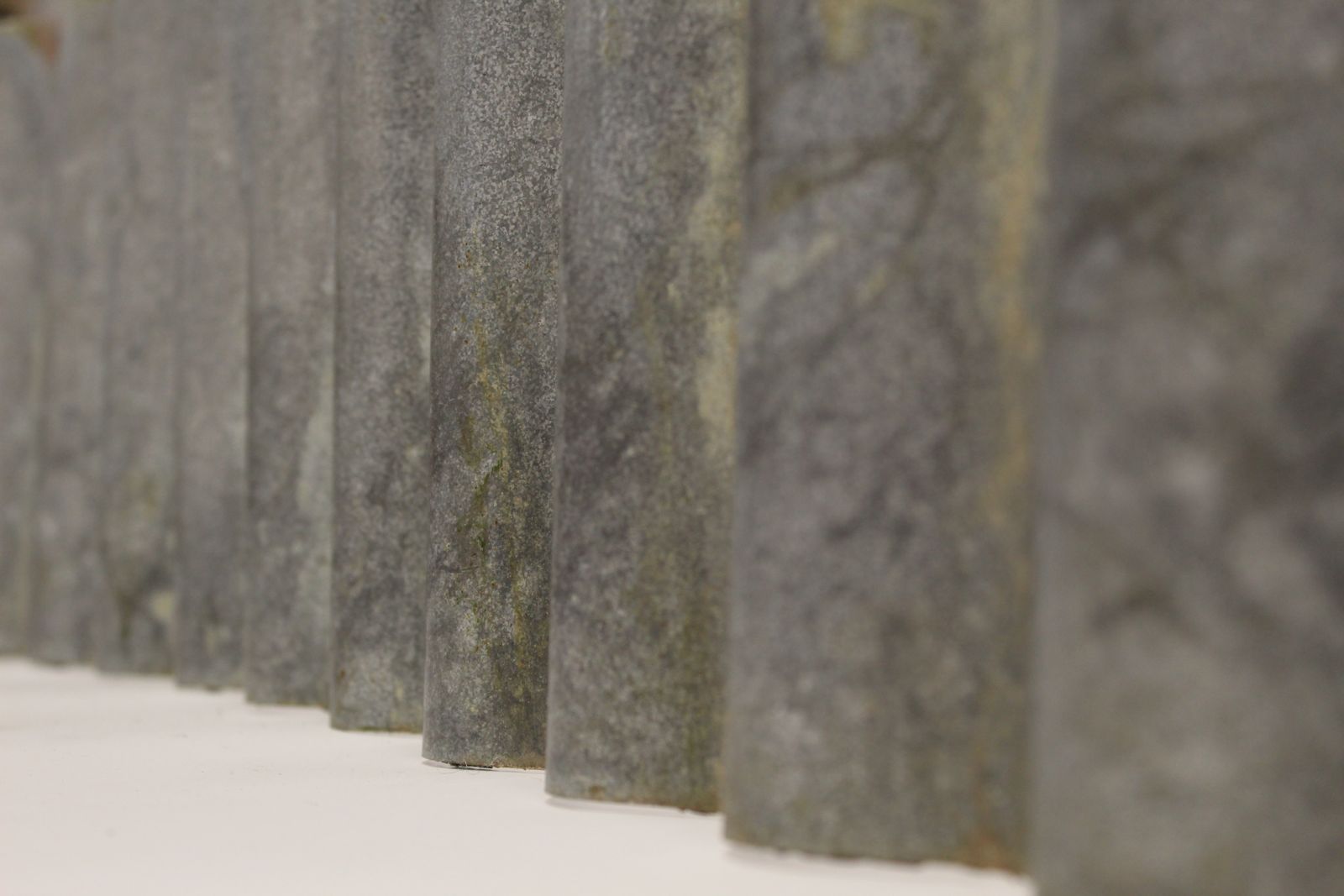
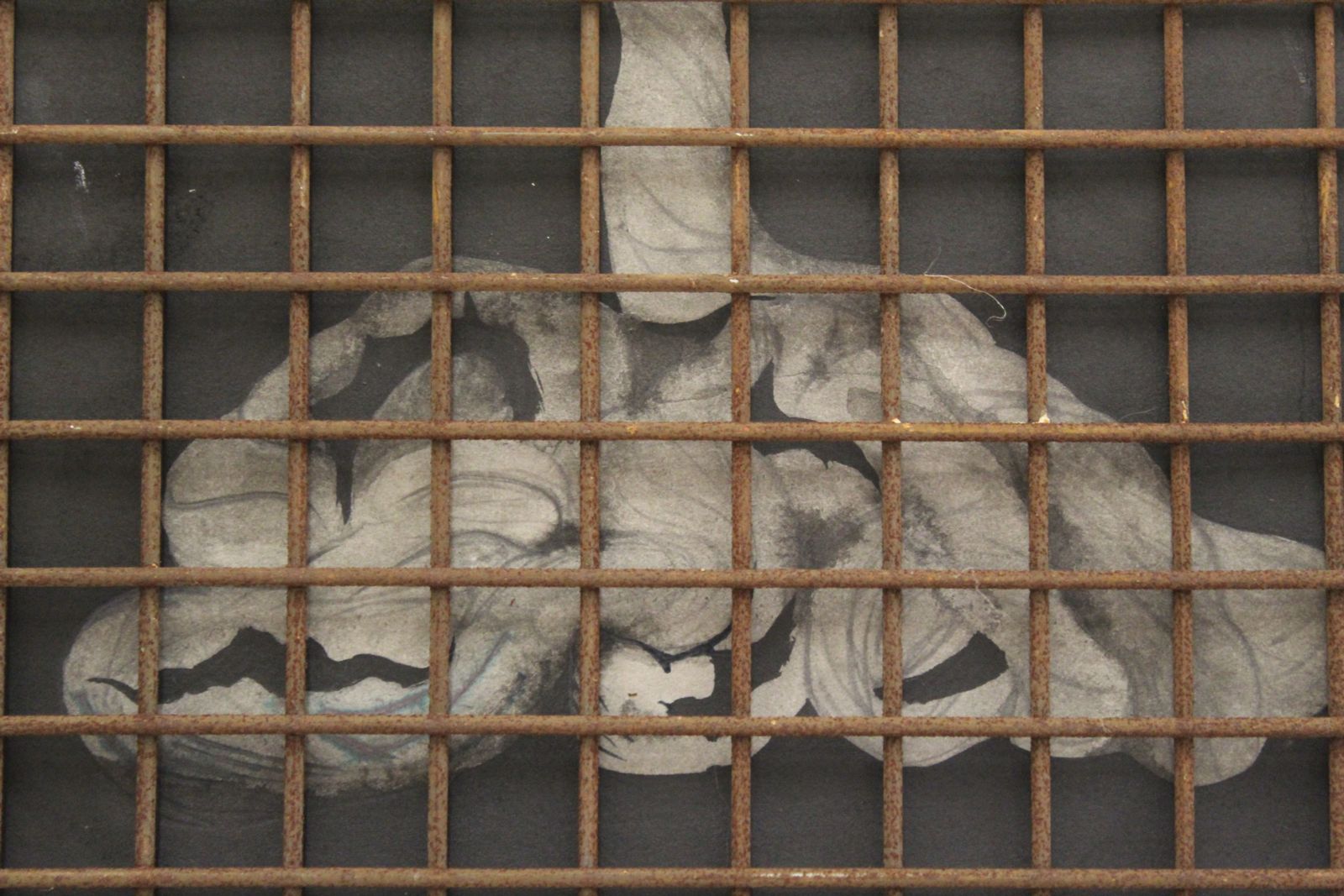
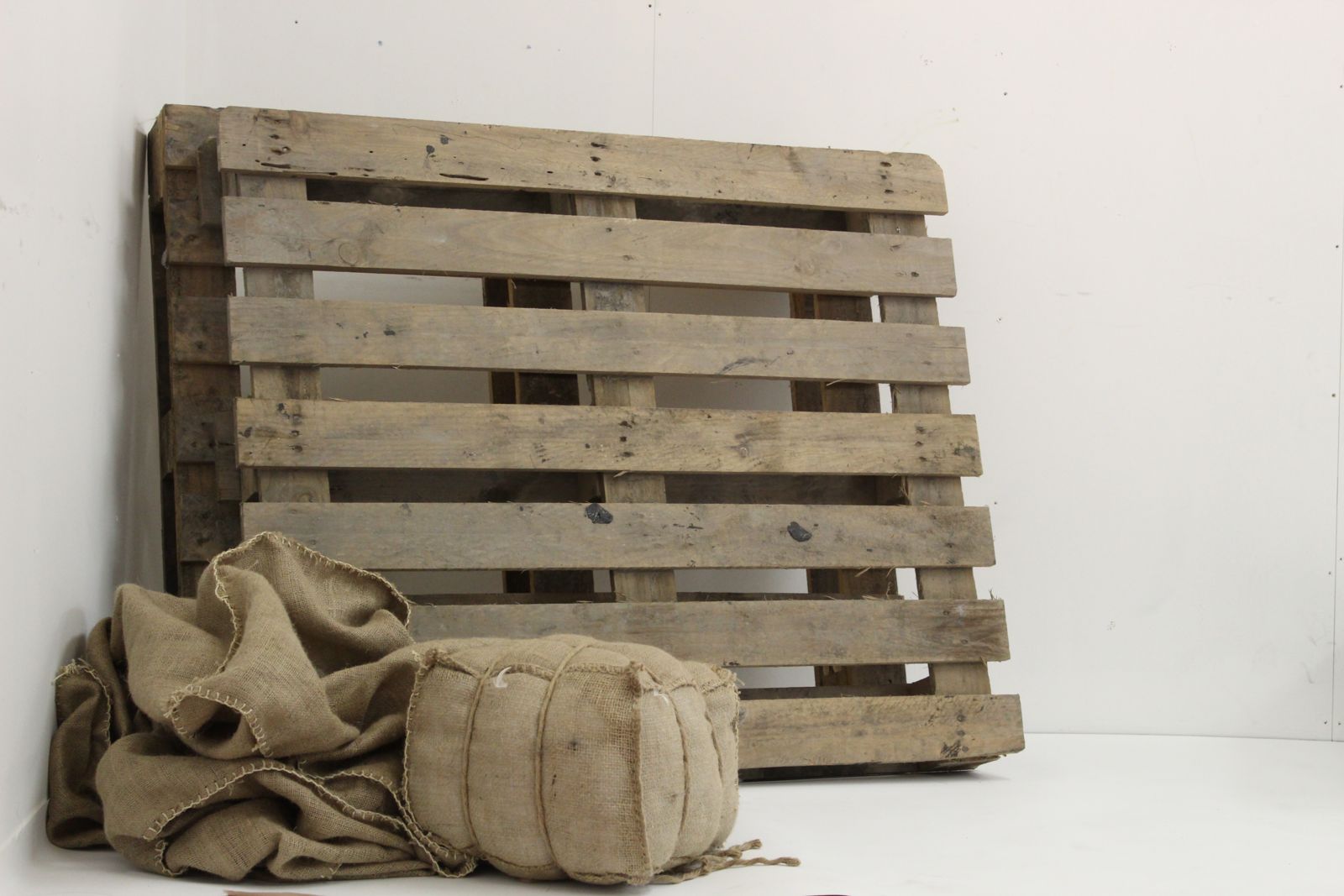
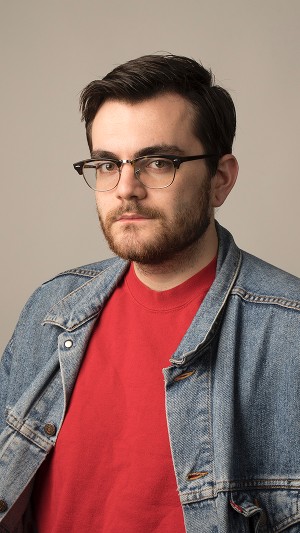
Through the use of photographic practices, my work serves as an investigation into the liminality of space which lay on the fringes of the cities and towns within contemporary Ireland. My work questions what makes these spaces in particular liminal, how they came to be, and what the future holds for these places within our landscape. These beacons of humanity form a sort of hybrid nature which co-exist with one another and ultimately create a mix of urban and rural.
My work is heavily inspired by a mid-19th century writing by Victor Hugo where during the industrial revolution in France he described the sprawl of the Parisian cityscape towards the country as a sort of ‘bastard countryside’.
With the literature of Victor Hugo in mind, I explore and document the effects of Irelands more recent historical events which occurred on the fringes of our own cities within contemporary Ireland.
‘that kind of bastard countryside, somewhat ugly but bizarre, made up of two different natures... To observe the city edge is to observe an amphibian. End of trees, beginning of roofs, end of grass, beginning of paving stones, end of ploughed fields, beginning of shops, the end of the beaten track, the beginning of the passions, the end of the murmur of things divine, the beginning of the noise of humankind.’
Instagram: @SP_ODONNELL
Website: SeanODonnellartist.com
Email: spodonnellartist@gmail.com
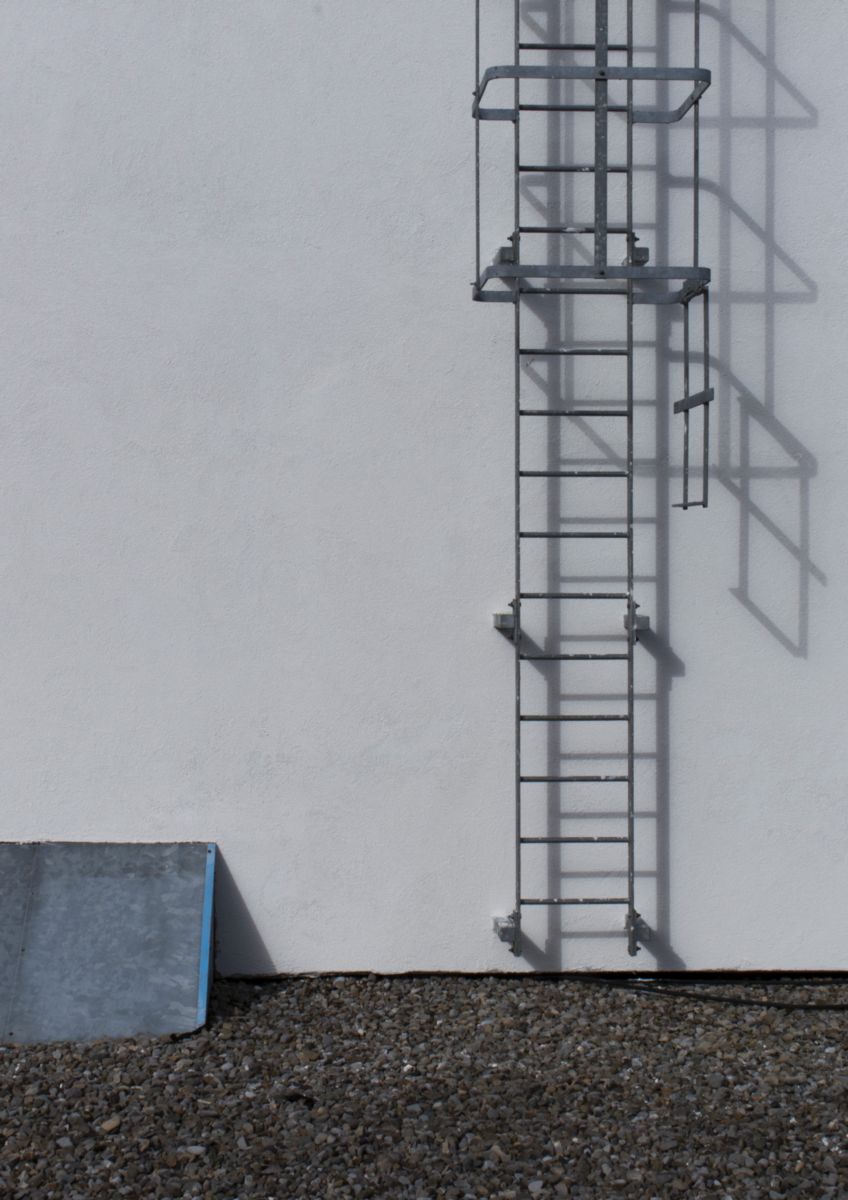
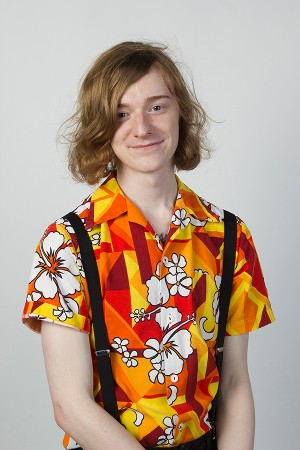
In the modern age, people are more open about sex than ever before, however the taboo has now shifted from being open about your sexuality, to being open about your struggles with sex, intimacy, and other personal insecurities. Through drawing, my work takes a humorous view on this change, using myself as a figure who is haunted by their own insecurity and sense of loneliness.
I choose to display my work through methods which take inspiration from much of the underground scene from the 70s through to the 90s, where handmade media was used as a way of spreading more liberal information on sex unavailable through government approved education. I’ve been inspired by the various artwork used on album and cassette tape covers, as well as the style of work often used to create posters for gigs and other events. I feel these have a history and sense of intimacy, and with these forms of media being something we would often have stacked up beside our beds ready to listen to when we are feeling upset, or hanging on our bedroom walls always there for us to see in the comfort of our own personal space.
I try keep a balance between my work being something the viewer can find humorous, and something which can also be somewhat unsettling and more uncomfortable to digest. While I use myself as a basis for my work I hope that it can also be a way for others to think more deeply about their own response to this subject.
Instagram: s.rhatigan_art
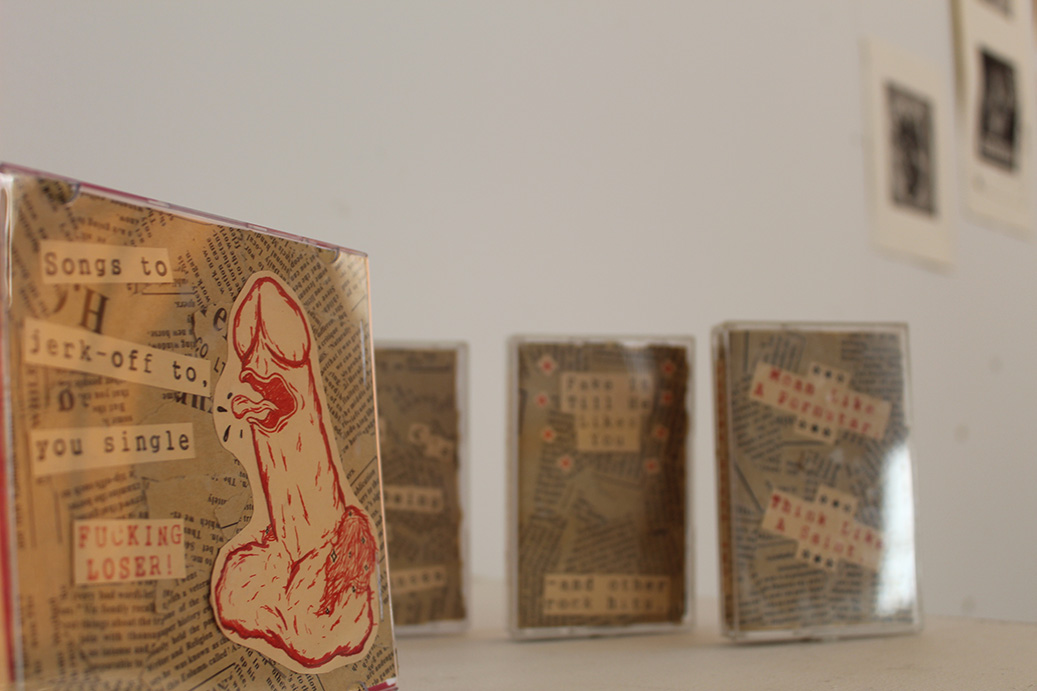
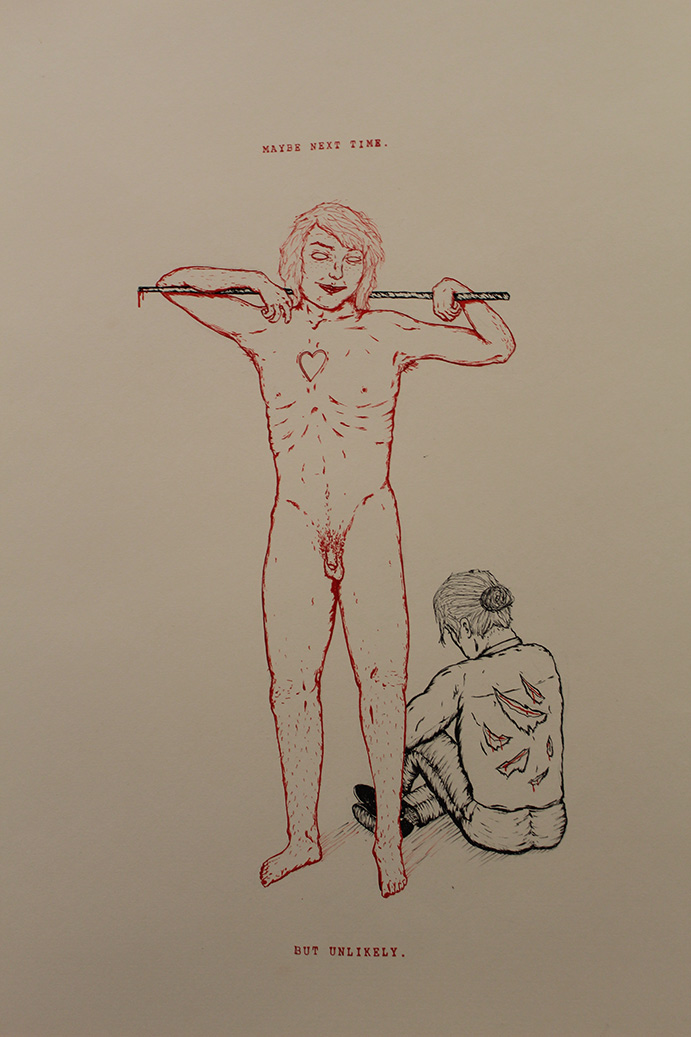
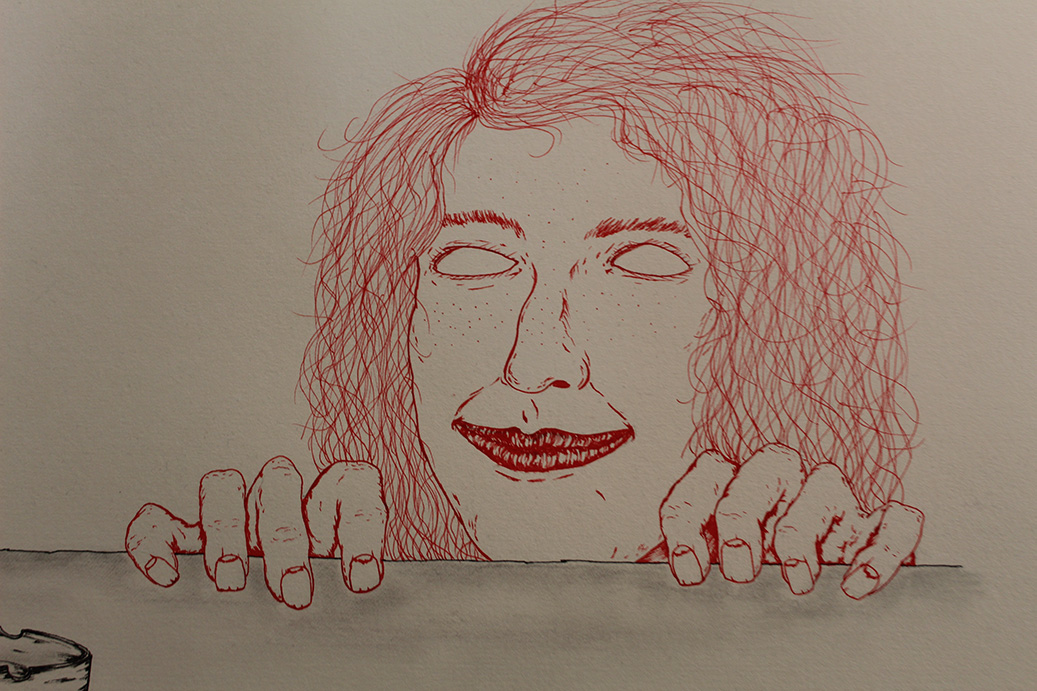
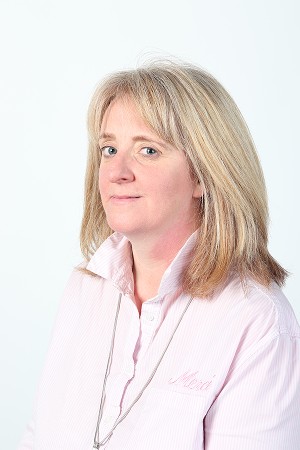
Throughout education and in the workplace we are conditioned to follow rules and adhere to regulations. Administration regimes in schools, colleges, offices, hospitals and public services compel us to fill out application forms and registration forms which ultimately reduce our identity to a series of numbers. I am interested in exploring this phenomena in particular the monotony of unimaginative routines such as queuing and waiting in line to be processed through these officious systems.
By making handmade paper from official application forms, numerical documents and newspapers, I create personal and emotive objects that derive from systems designed to eliminate human personality and emotion. Through this approach I intend to highlight the consequential loss of innocence and our individuality to an inevitable social conformity.
My work also explores our ability to be manipulated into these systems of control until we lose sight of our own individuality and creativity adapting to an everyday dreariness, losing our identity and becoming a tool in the industrial machine and inevitably just a number in the system.
Email: barrettsinead799@gmail.com
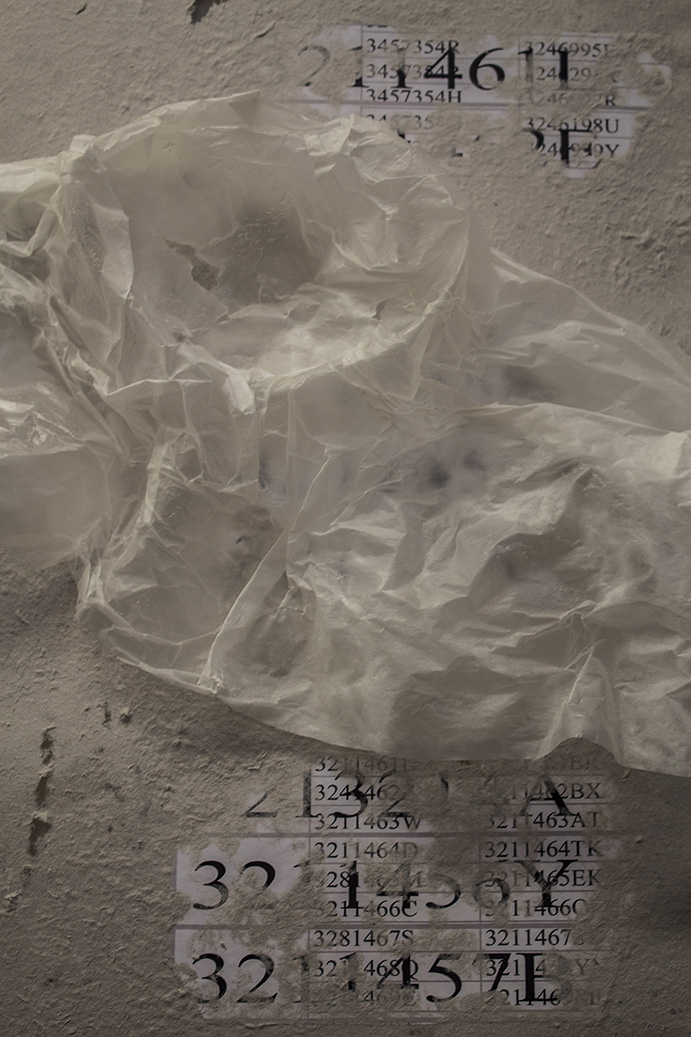
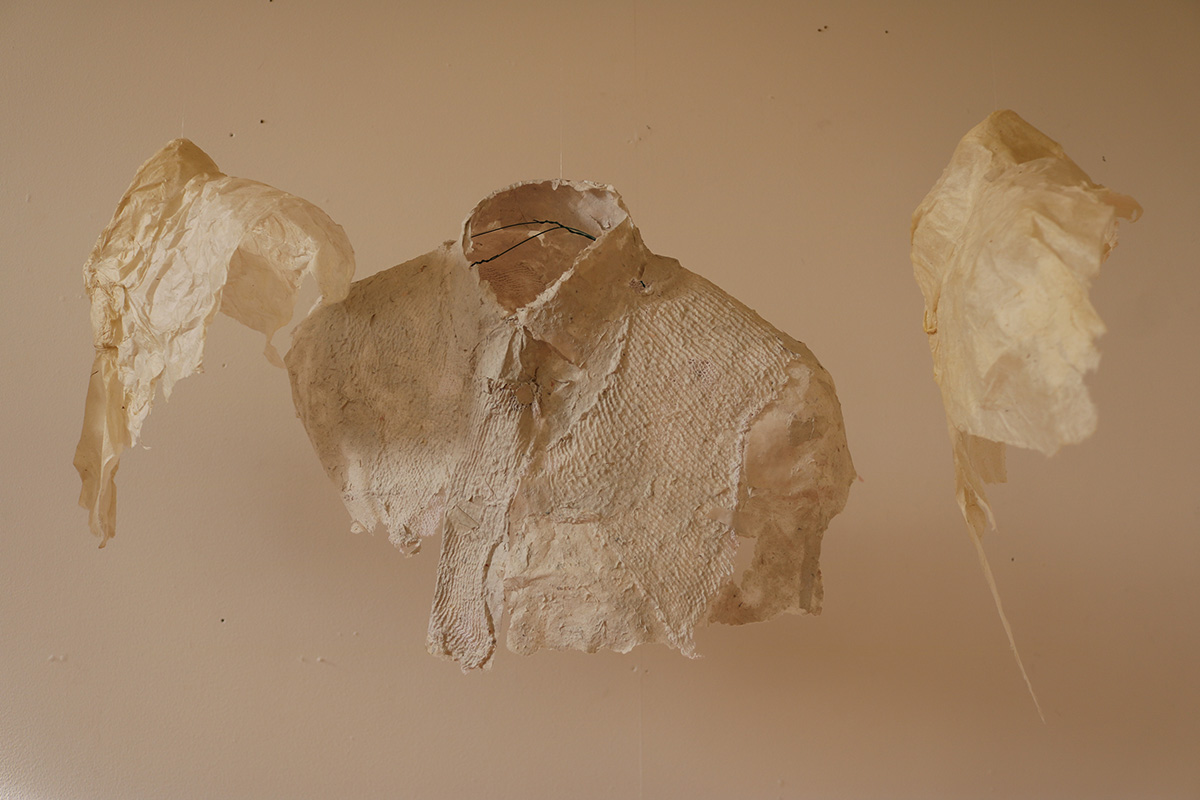
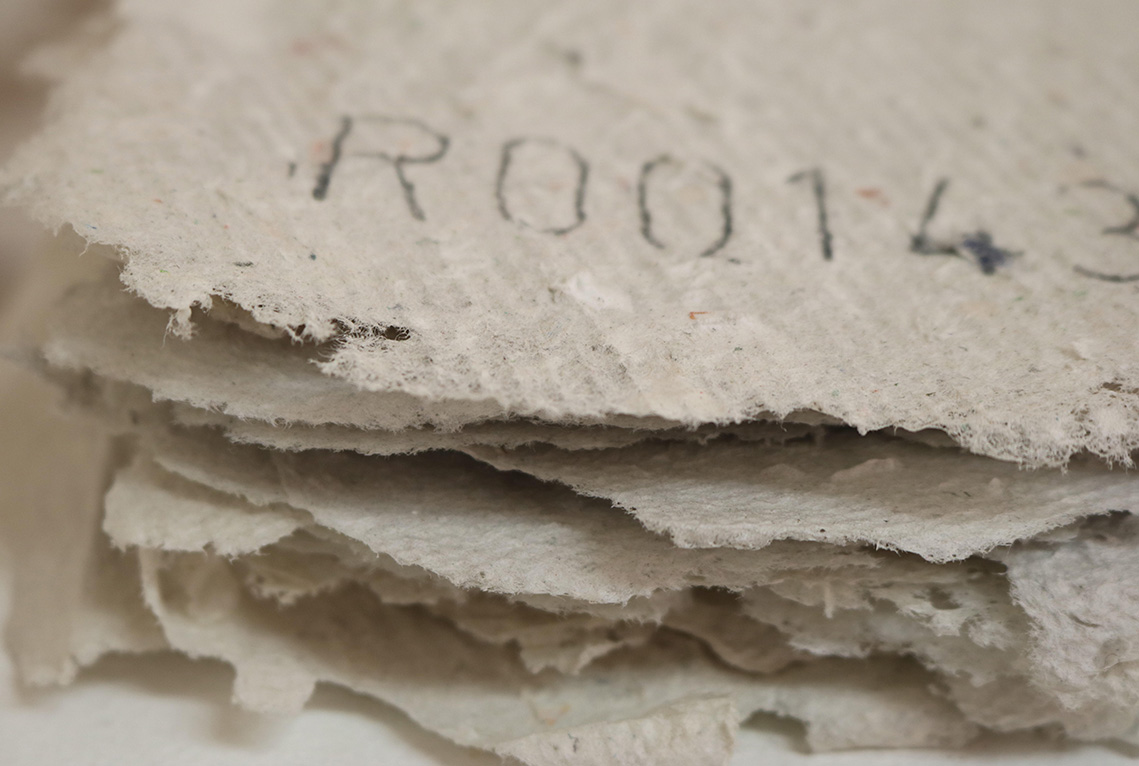
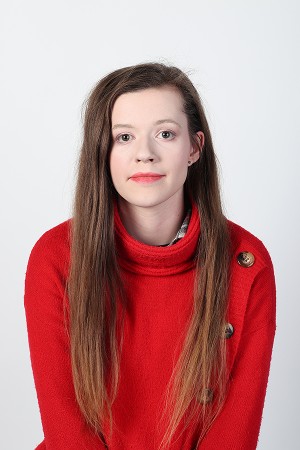
My work centers around a lone figure journeying through a wasteland accompanied by a snake and a pufferfish. Through drawing, ideas of isolation, agoraphobia and the physical manifestation of anxiety in the body are examined within an expansive and unfamiliar blue landscape. Inspired by T.S Eliot’s The Waste Land and Neil Gaiman’s Neverwhere, the landscape is barren and void of any life, completely separate from our own world. I began by focusing primarily on the figures relationships with a snake and pufferfish and how feelings of tension and stress can be described metaphorically using these animals. The figures relationships with her travel companions describe a turbulent and complex relationship with anxiety as she travels through the wasteland in search of a bathroom for refuge. Through experimenting with scale, the drawings varied from being very small to large; influenced by the graphic novels of Chris Ware I began to organize these drawings upon a plain as I felt a narrative was emerging from my work. The wasteland in which these images capture snapshots of is dotted with remnants of bathrooms while signs for public bathrooms tease the existence of a realm of safety that may seem unreachable.
Instagram: siobhan.gillies
Email: siobhan.gillies@gmail.com
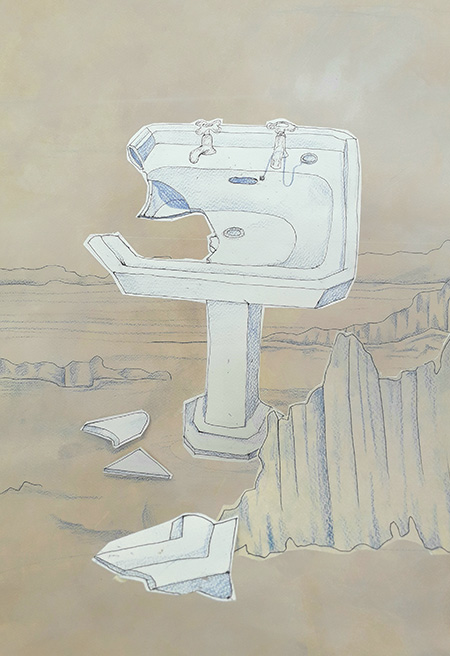
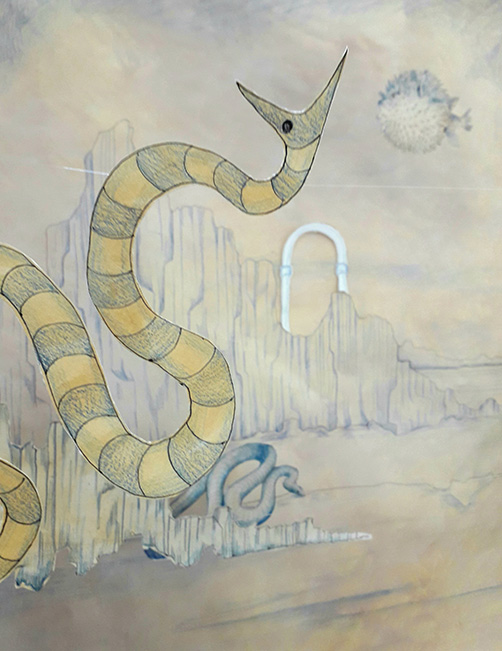
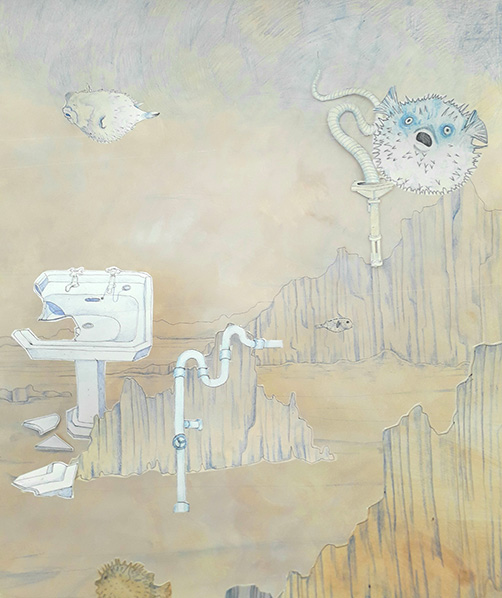
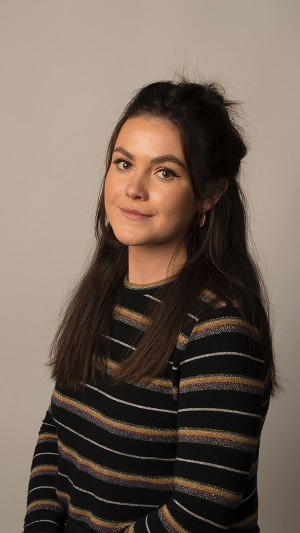
My work is about different types of family, like nuclear, blended families. The mother, ties in for most of the representation of my work.
Mother and child, Religion, recreating the nuclear family. I’m using old photographs, found photographs then using traditional printmaking techniques
My work grows from the duel between the isolated individual. In my most recent work these relations become clearer and more intimate. The look of my figures is abstract, and to the spectator their faces may not appear to be seen.
I began to develop an interest in the relationship between the figures. The togetherness of the figures, they try to be together even though they may not succeed in reaching each other. I’m exploring ideas of separation, vanishings and reconnection.
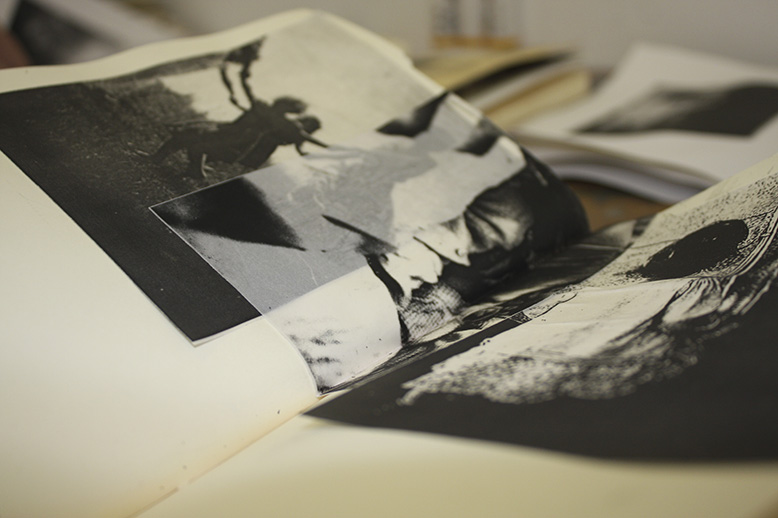
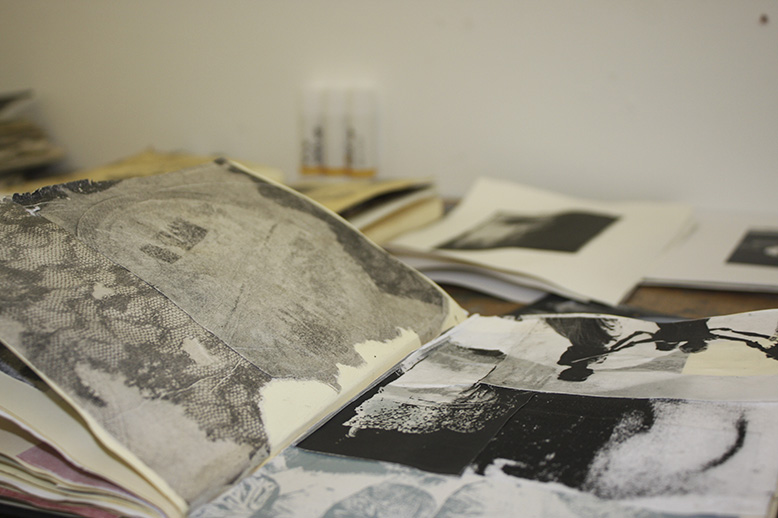
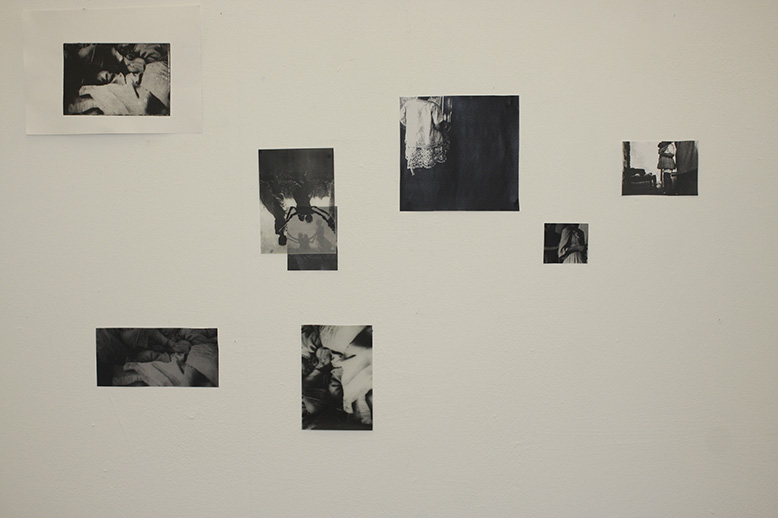
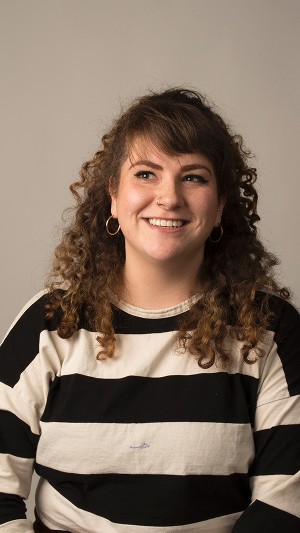
My work involves print-making, video and installation with blue hues used throughout to reflect the use of blue fluid in Femcare advertisement, another way to blanket issues related to female bodily functions and autonomy. The darkened space highlights the coldness and discomfort many women feel when speaking about their pelvic health and maintaining it.
Peering behind the curtain, fourth-wave feminism is ushering in a new way of thinking about female health-care and women’s rights in Ireland. Taking to the streets in outrage, thousands of Irish people showed their support for two women whos underwear were used as evidence that they in fact weren’t raped and were asking for it, due to their choice of knickers. Their privacy was violated in a public shaming of their clothing. The I Believe Her and Me Too movements are empowering women and forcing societal pressure and change.
I aim to illuminate the dark and sordid underbelly of what it means to be a woman in Ireland. How our vaginal healthcare and female contraception can be overly invasive and uncomfortable as well as the vulnerability of being so exposed.
Instagram: @tessadeblankartist
Email: tessdeblank@hotmail.com
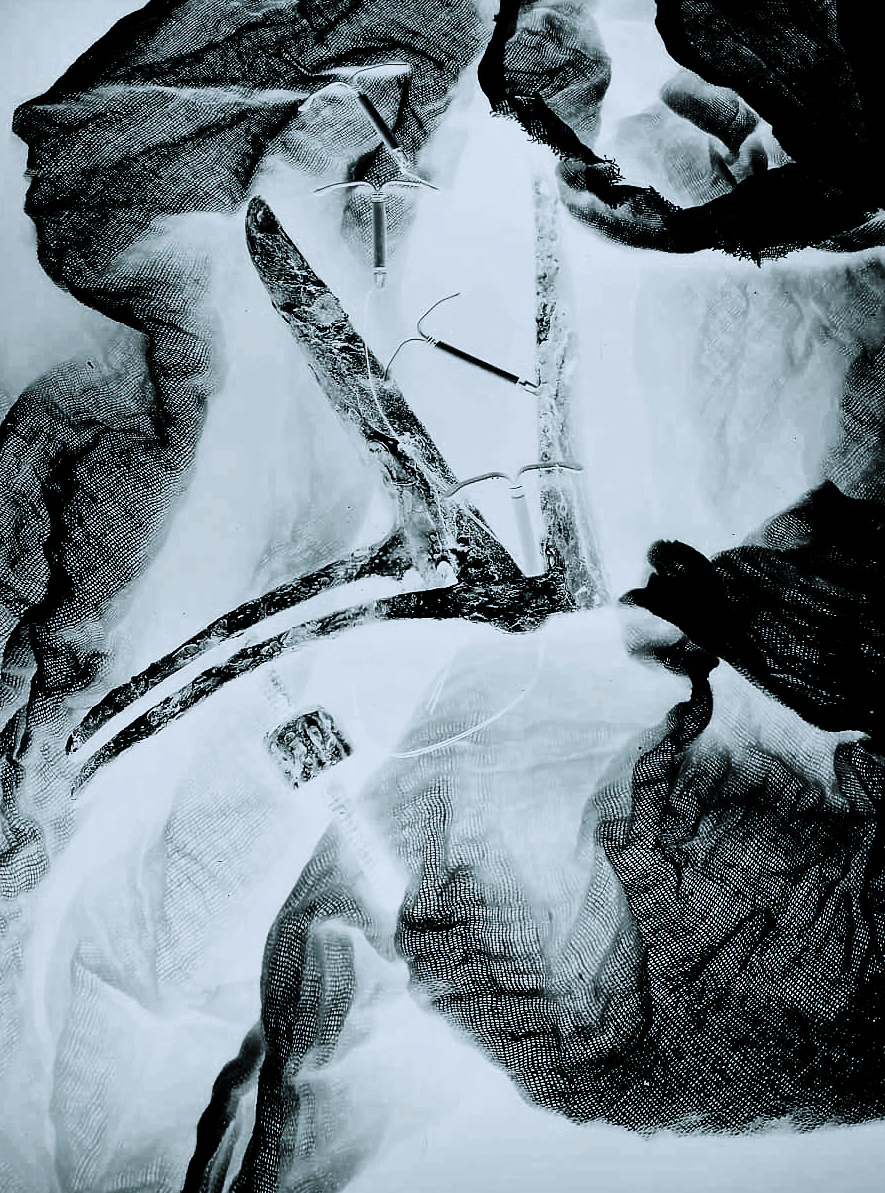
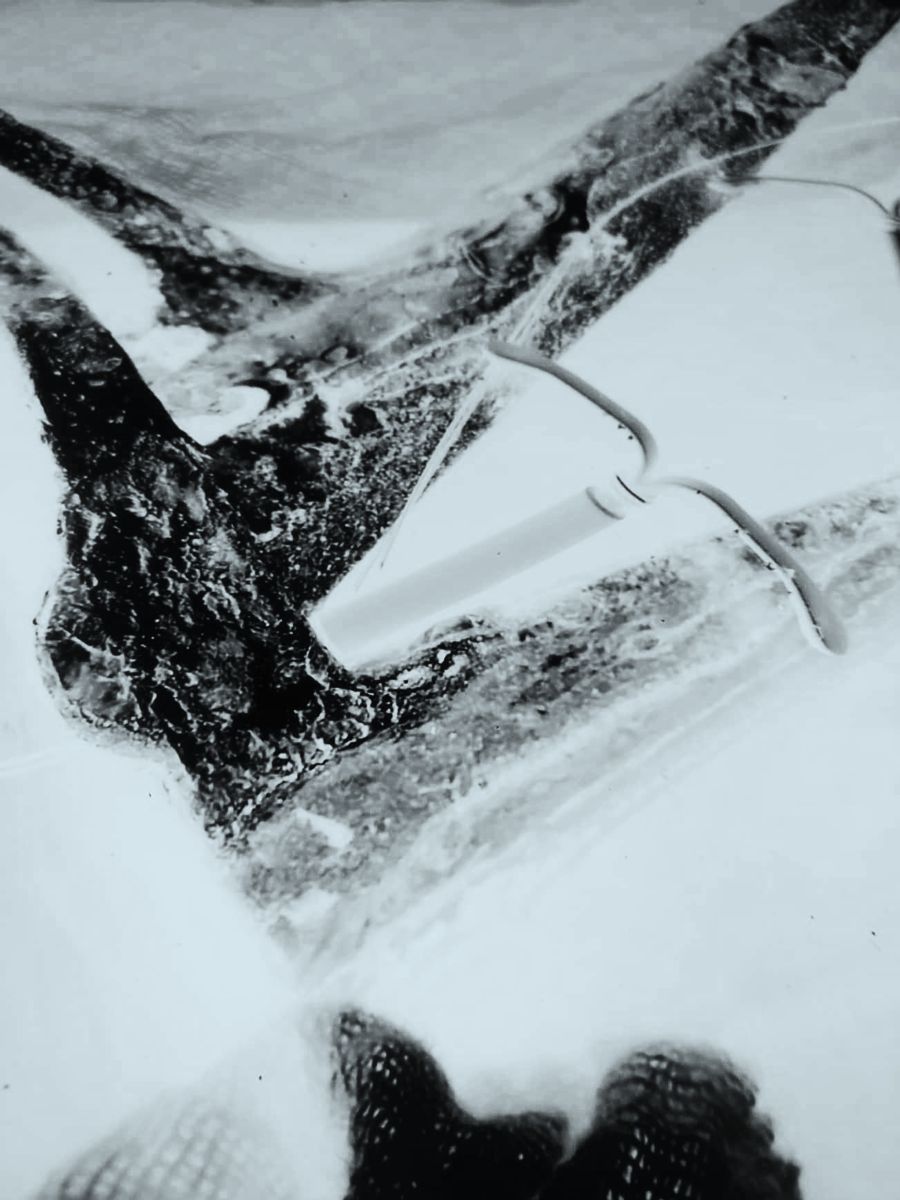
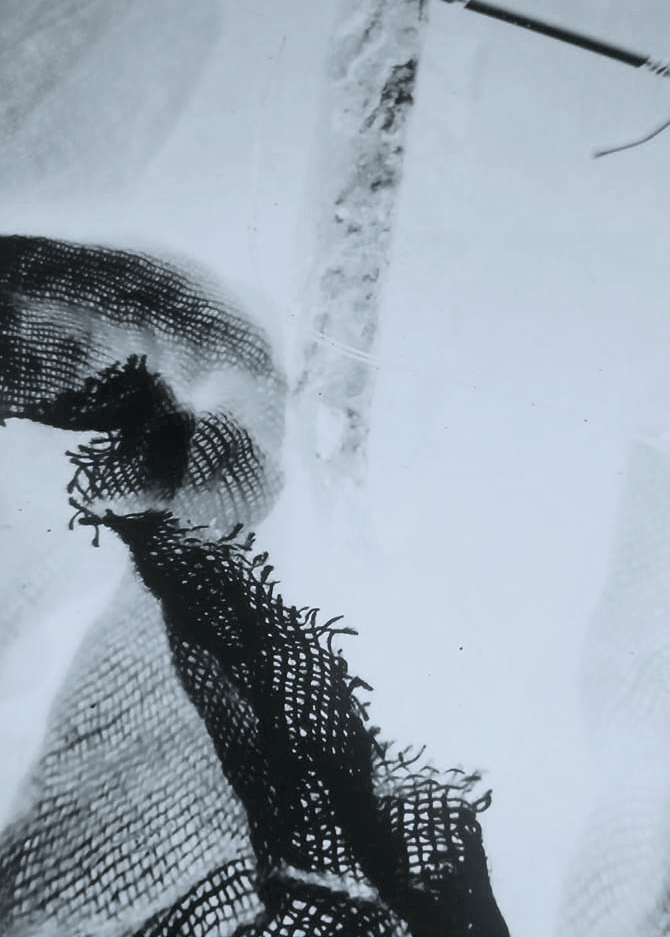
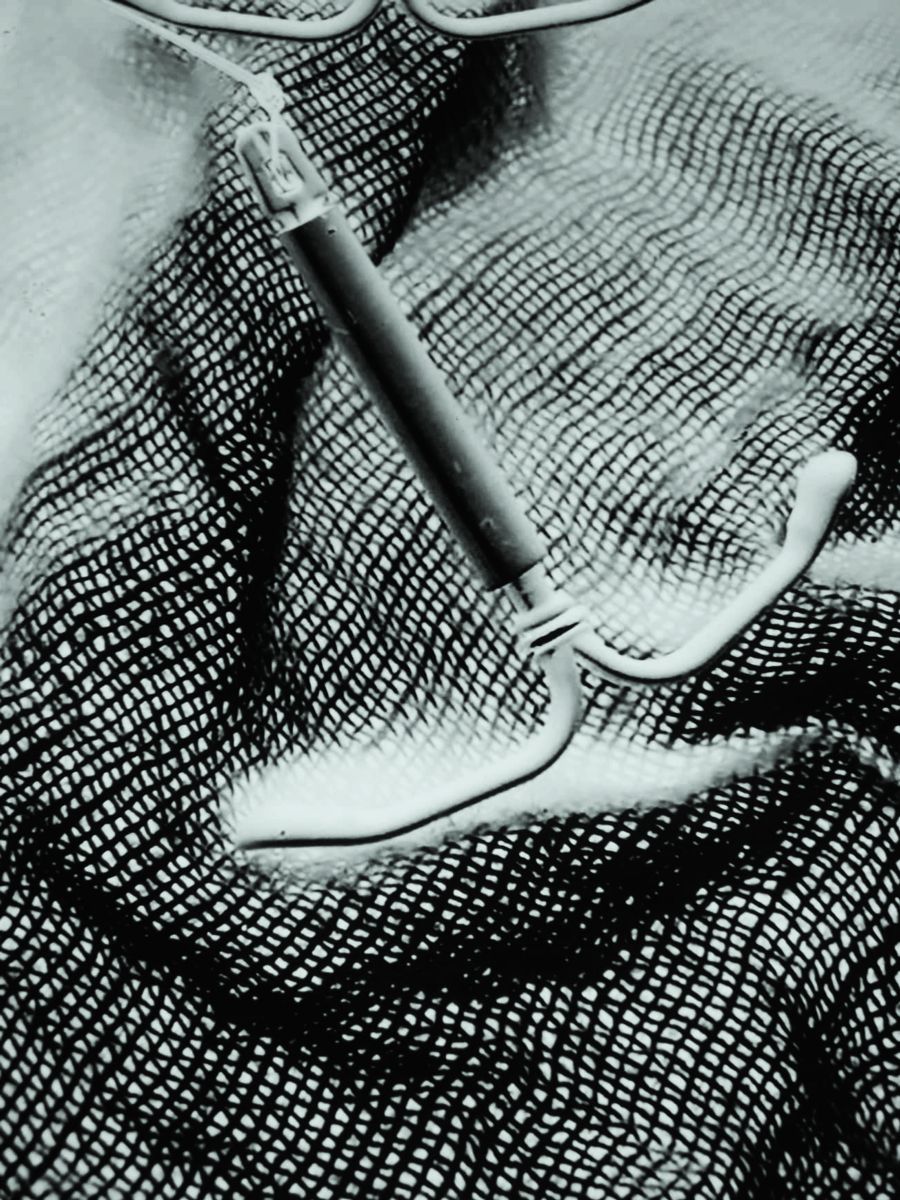

Fine Art + Contemporary Applied Art




